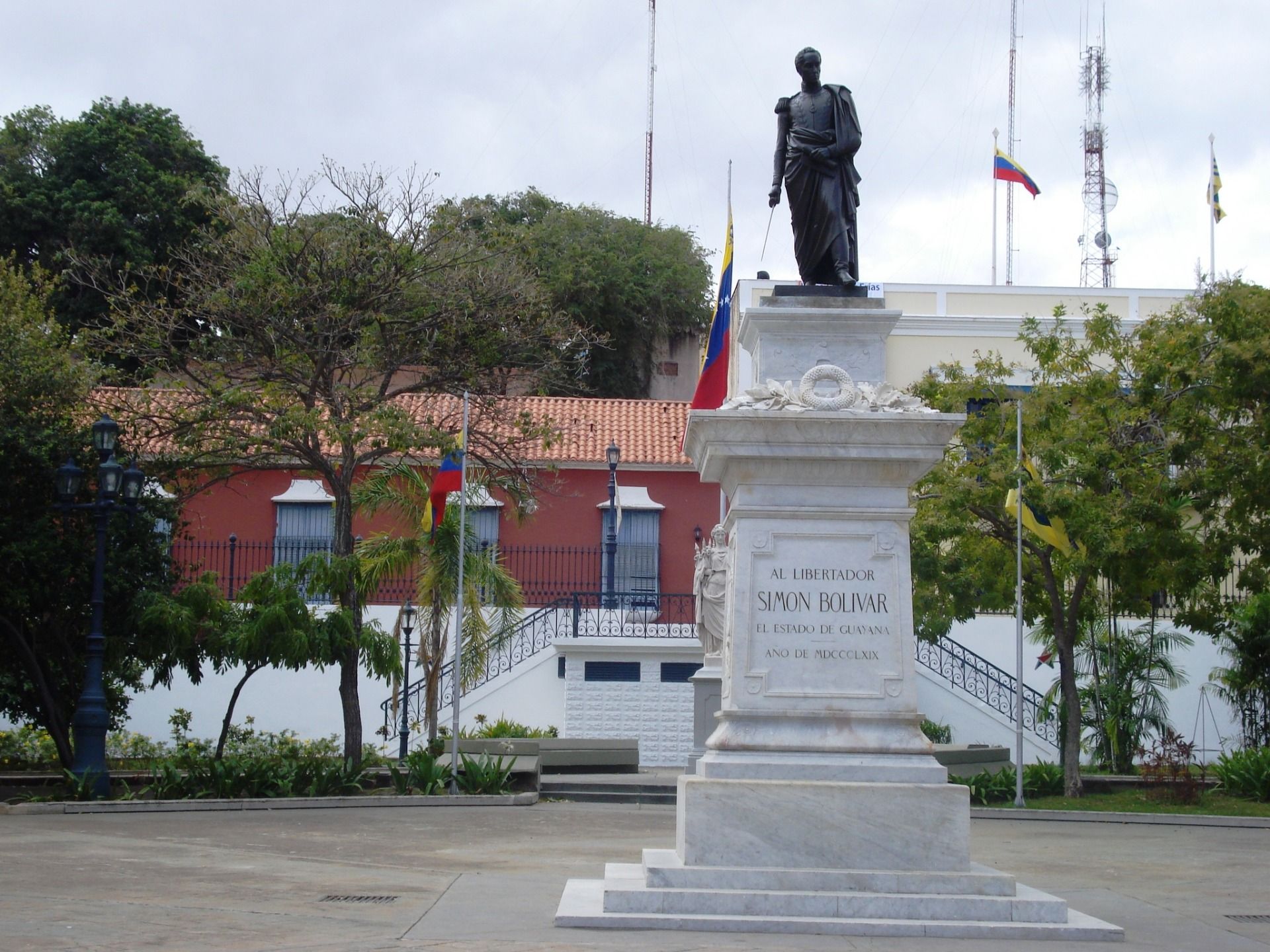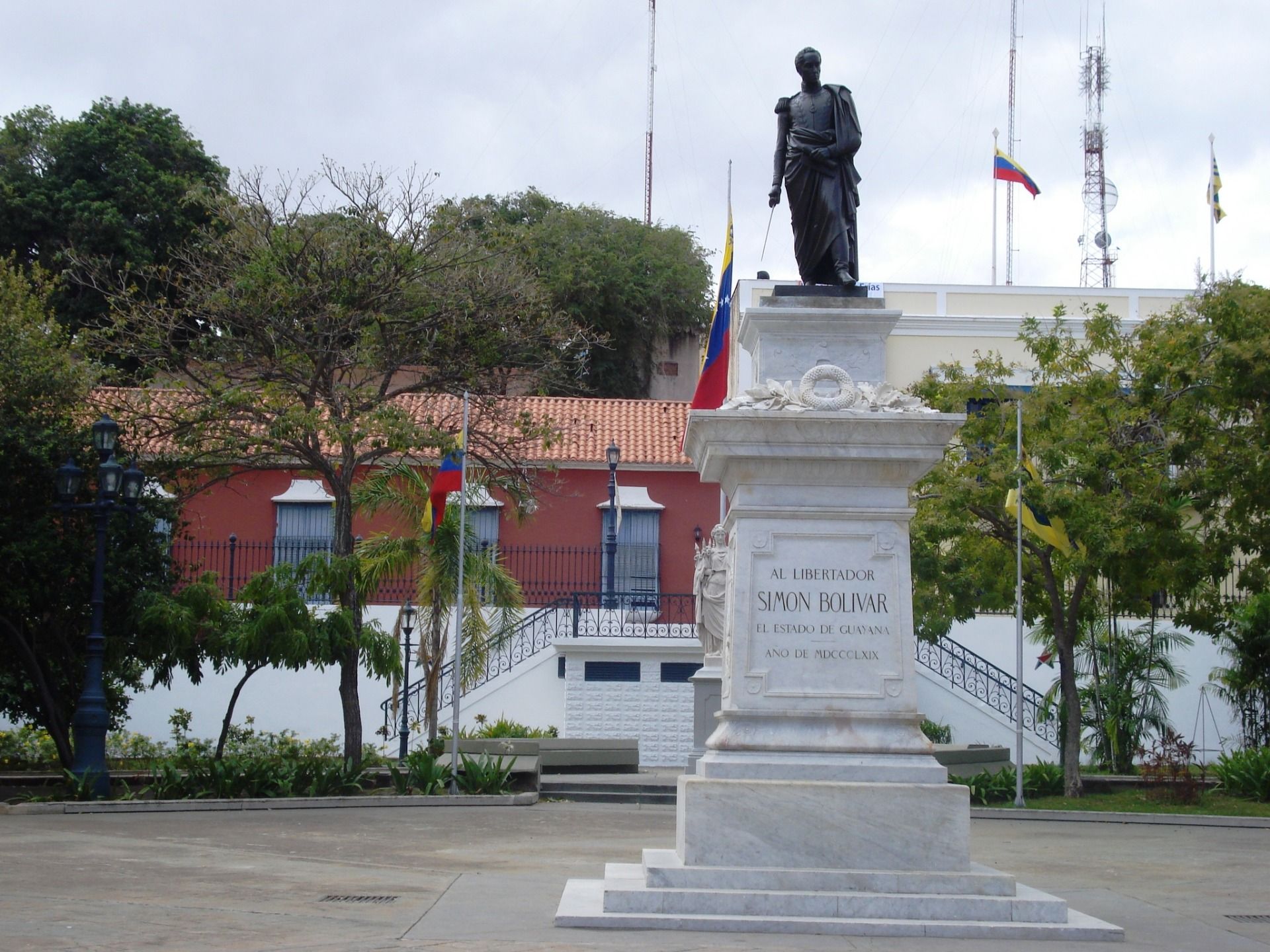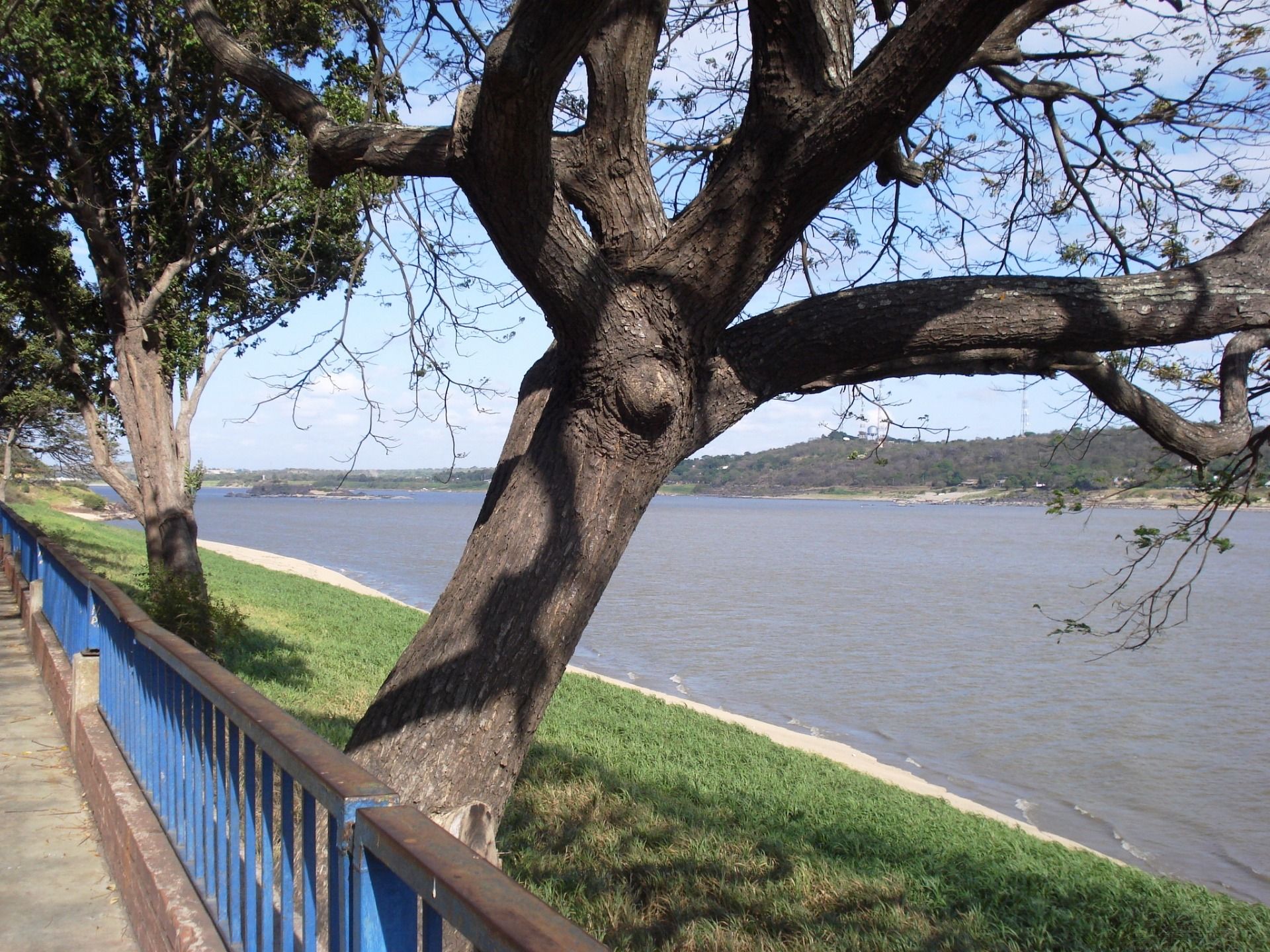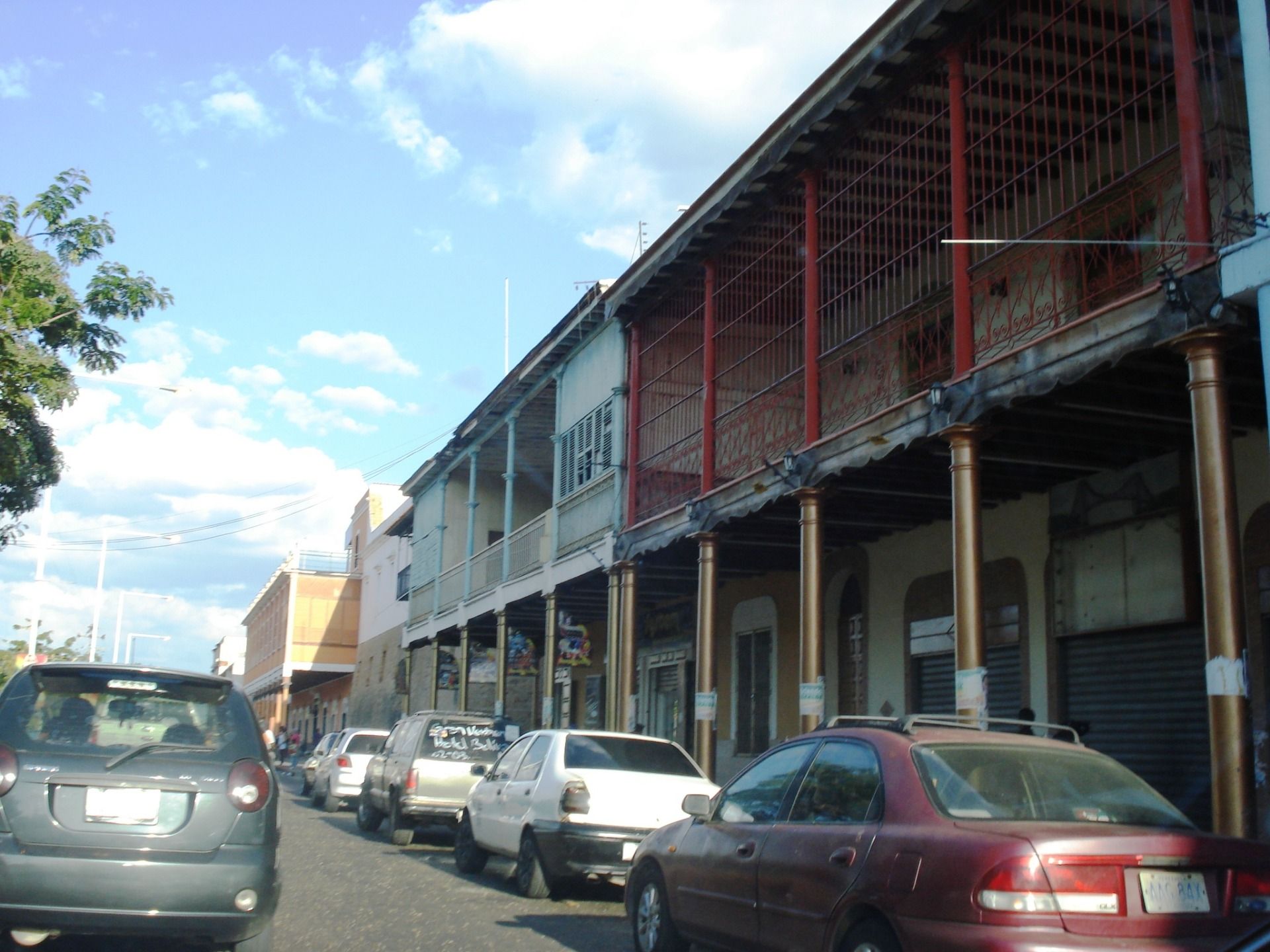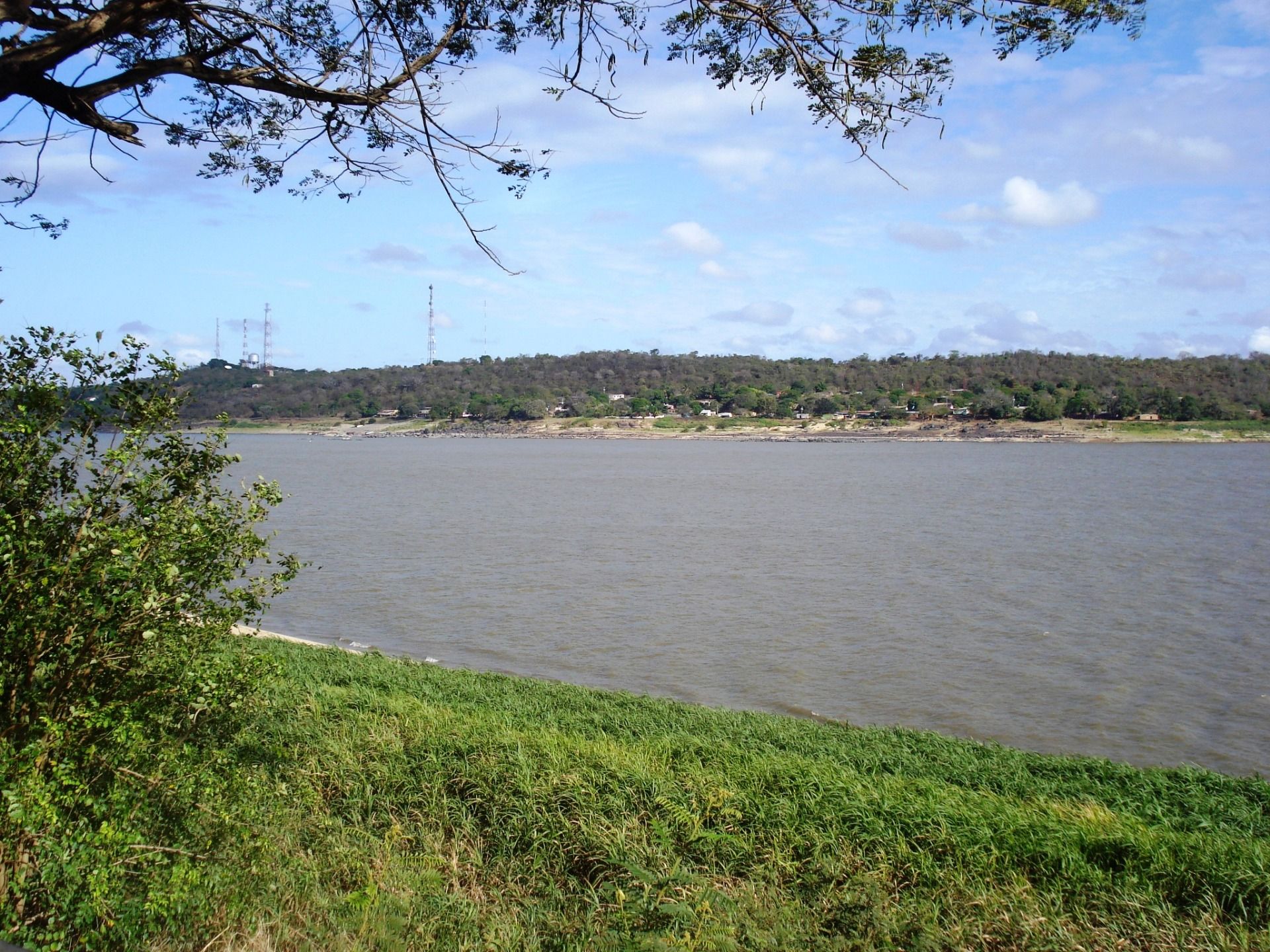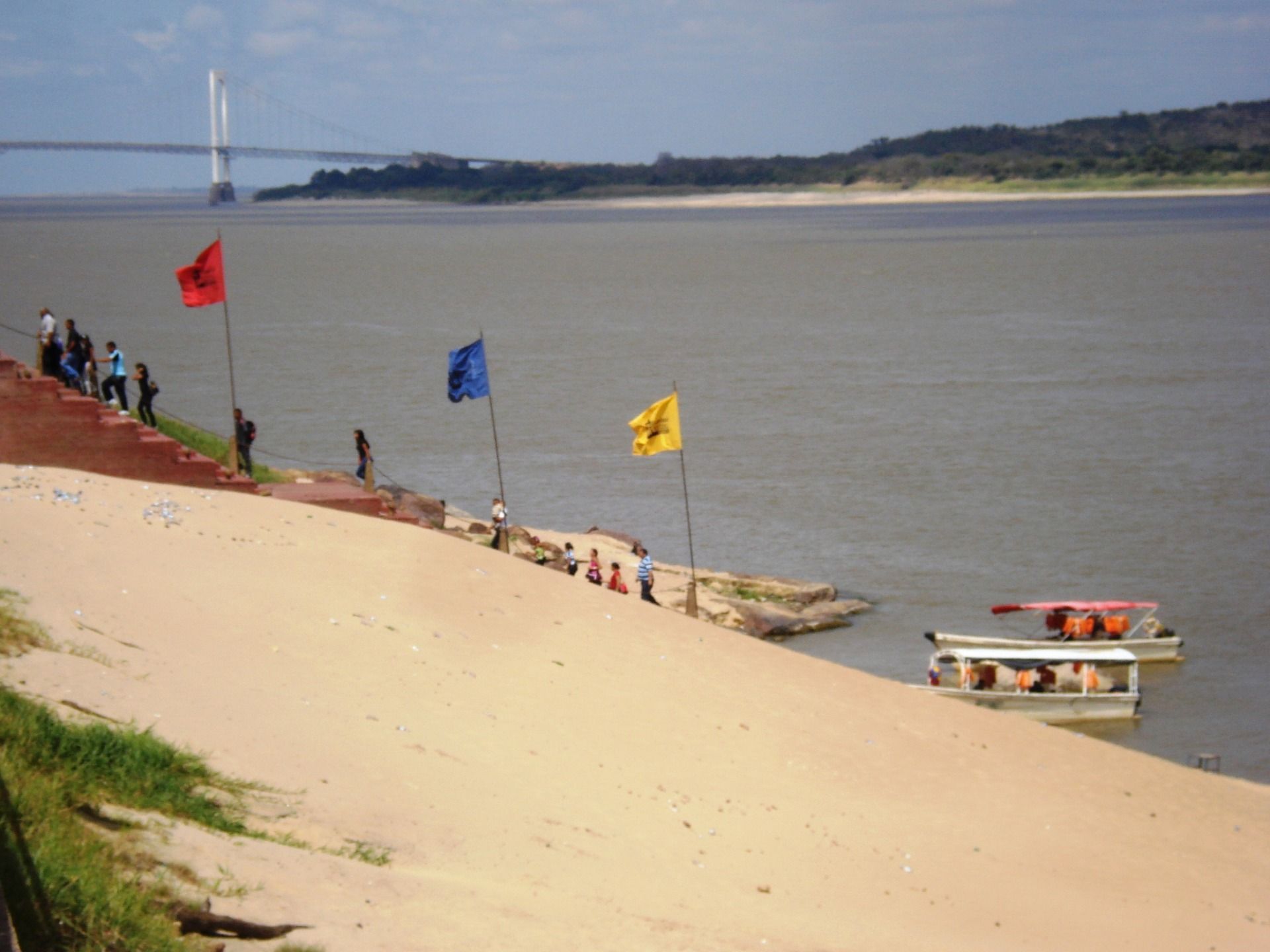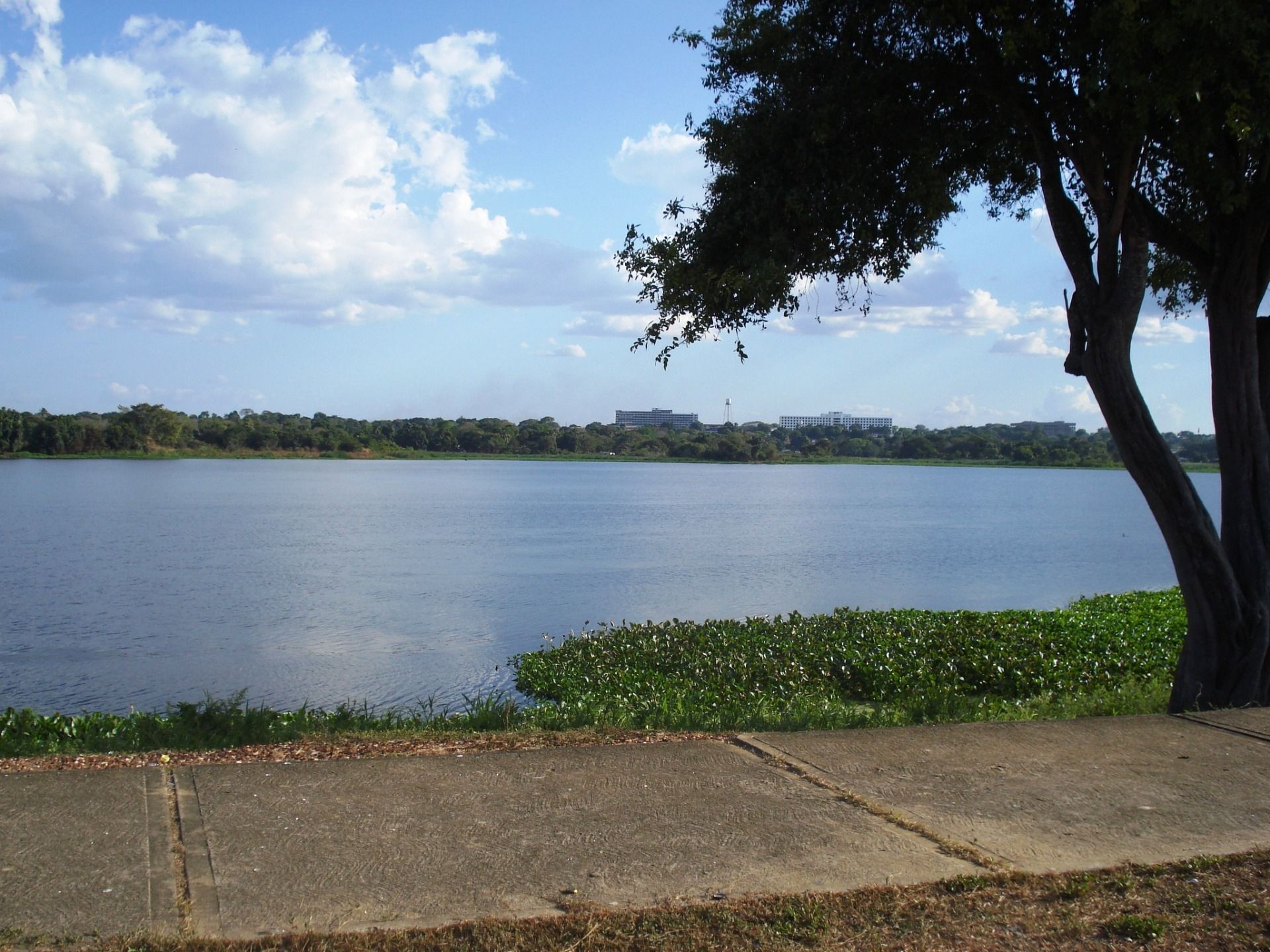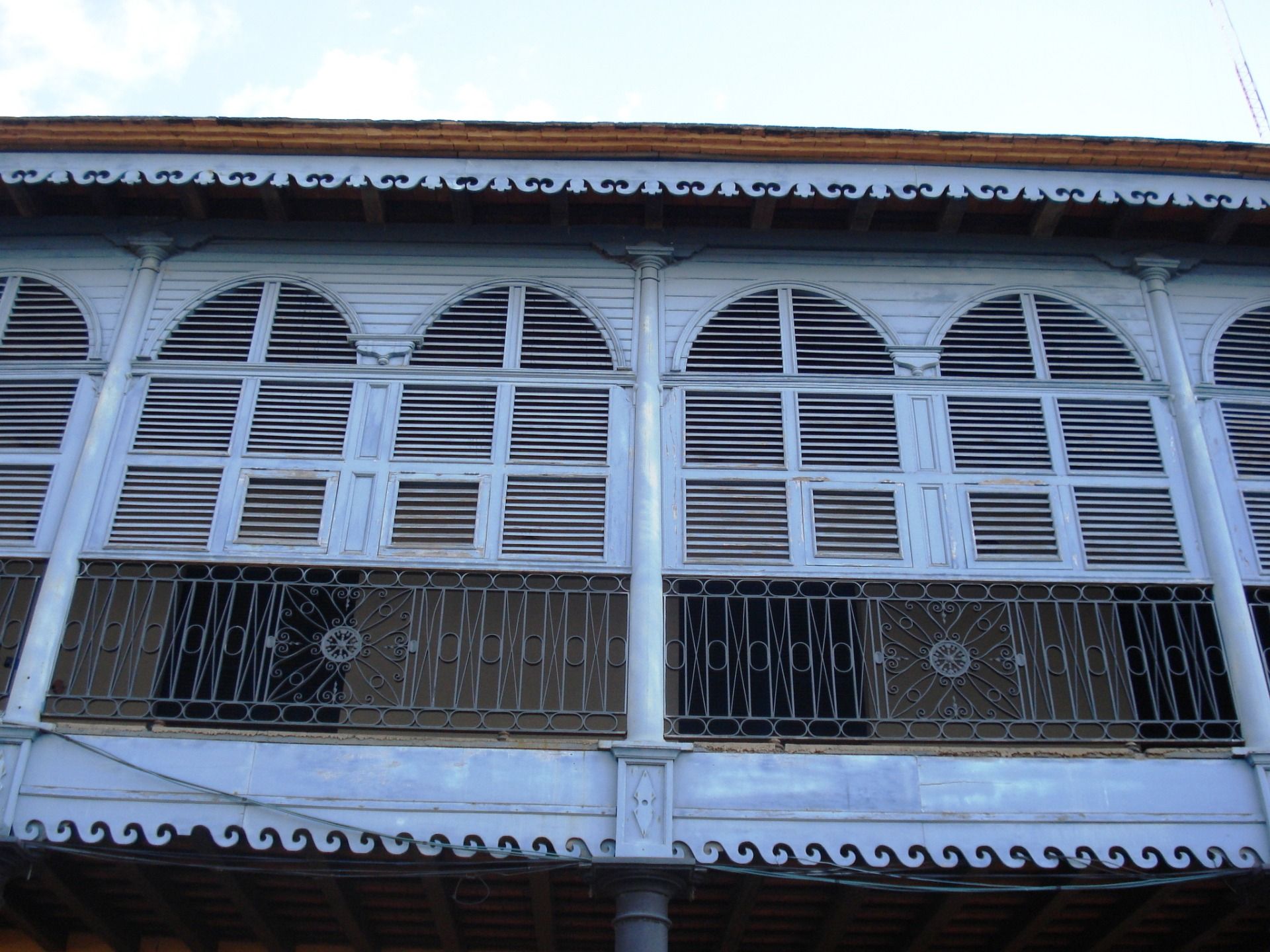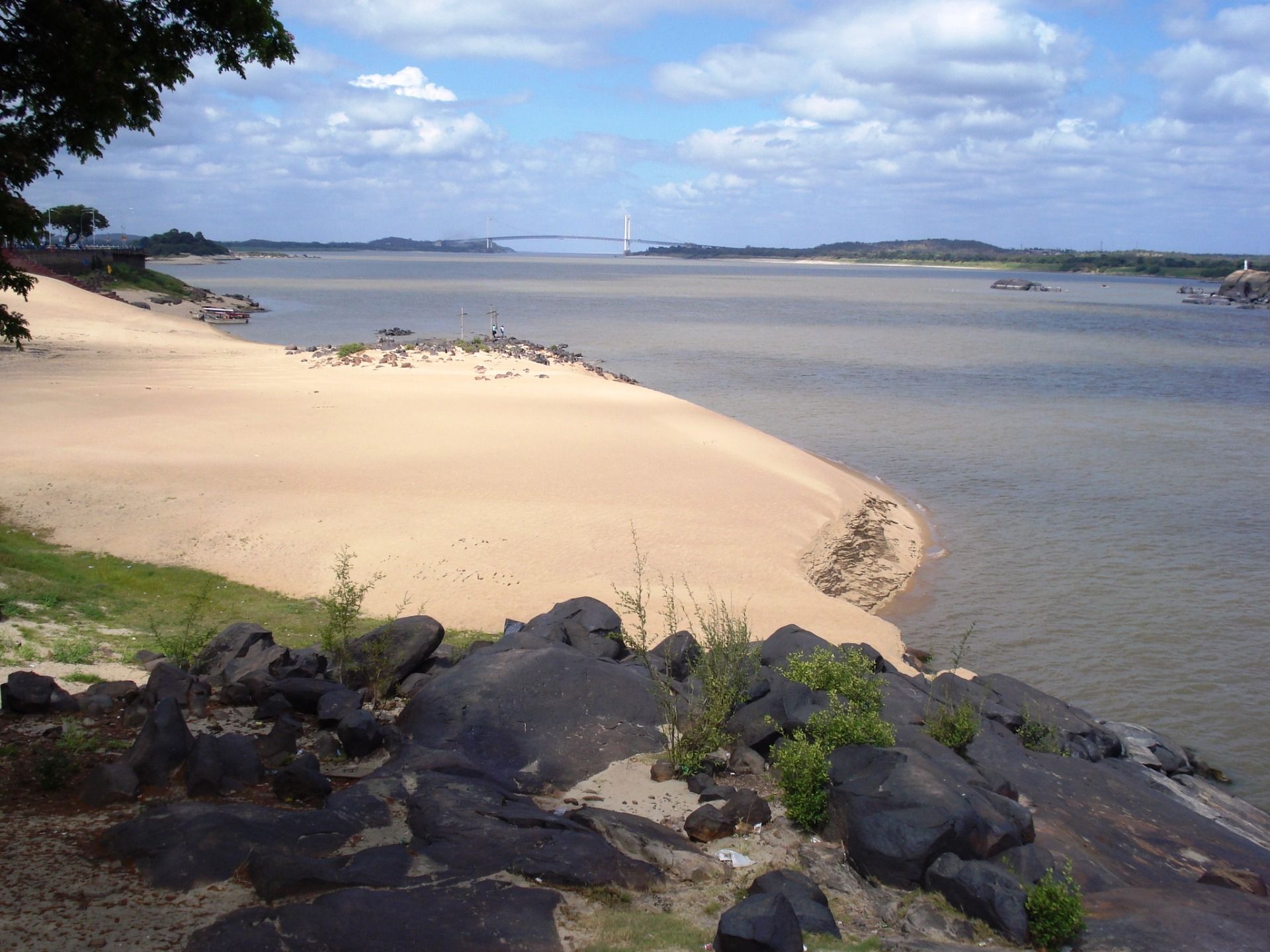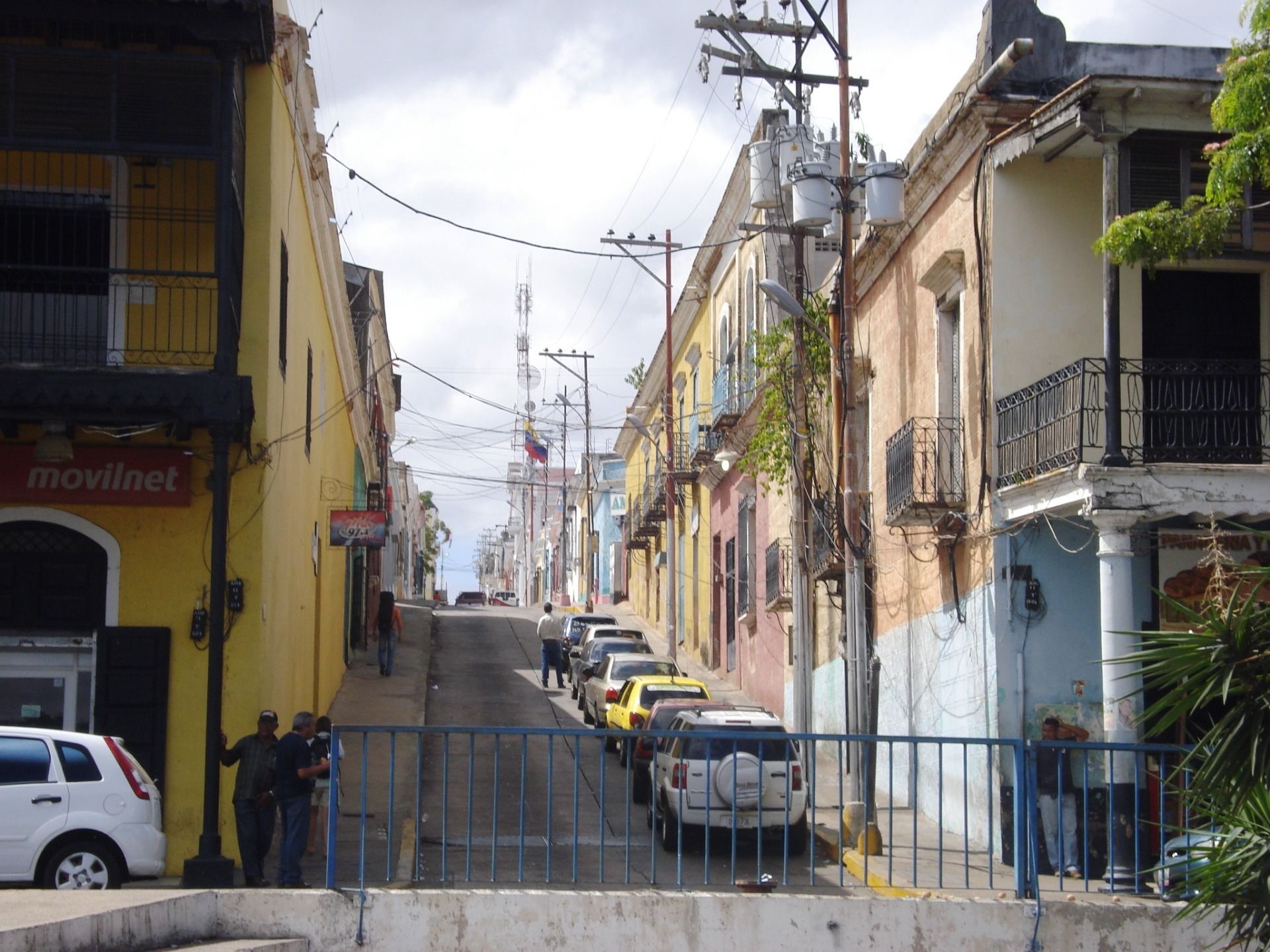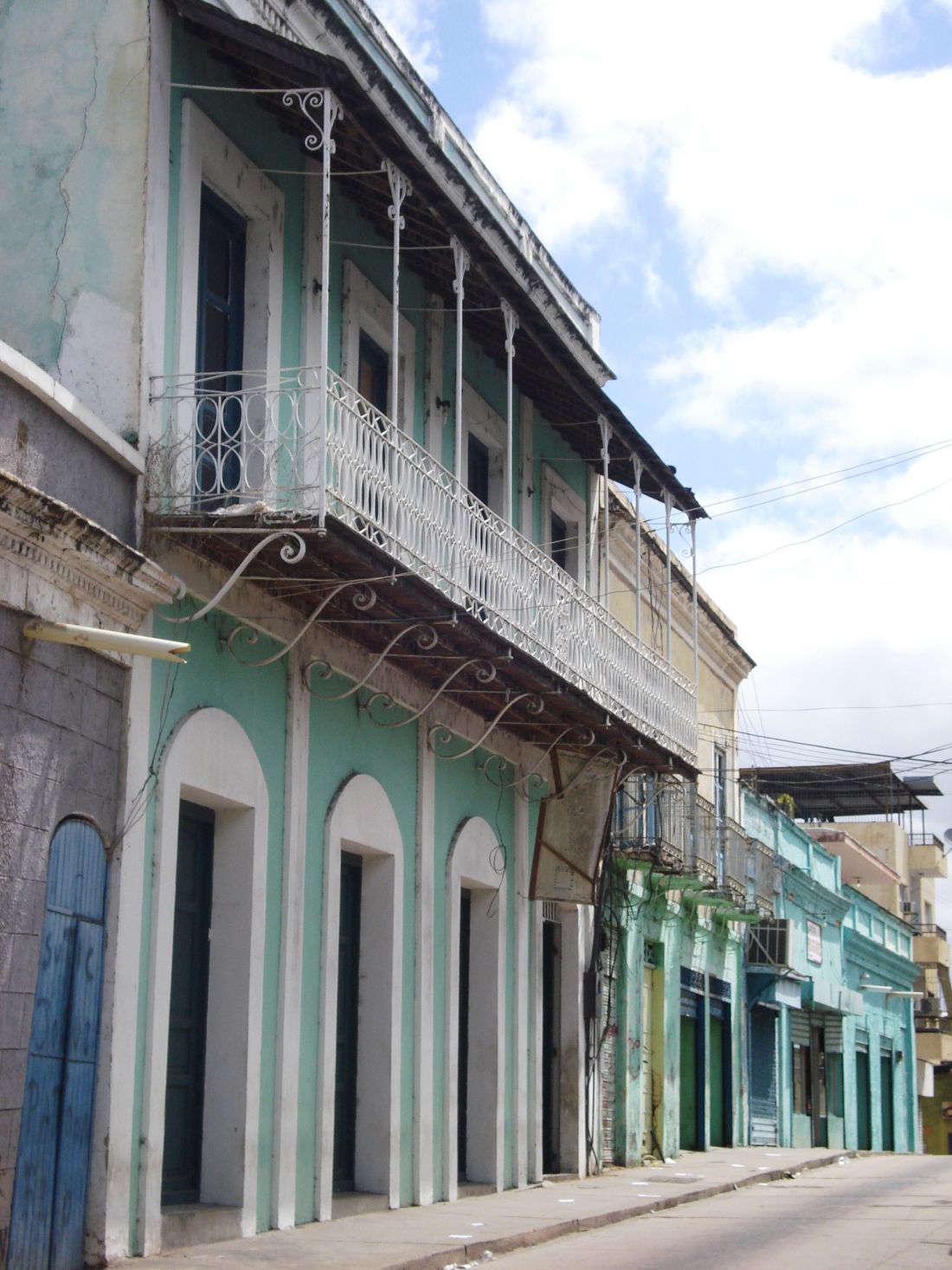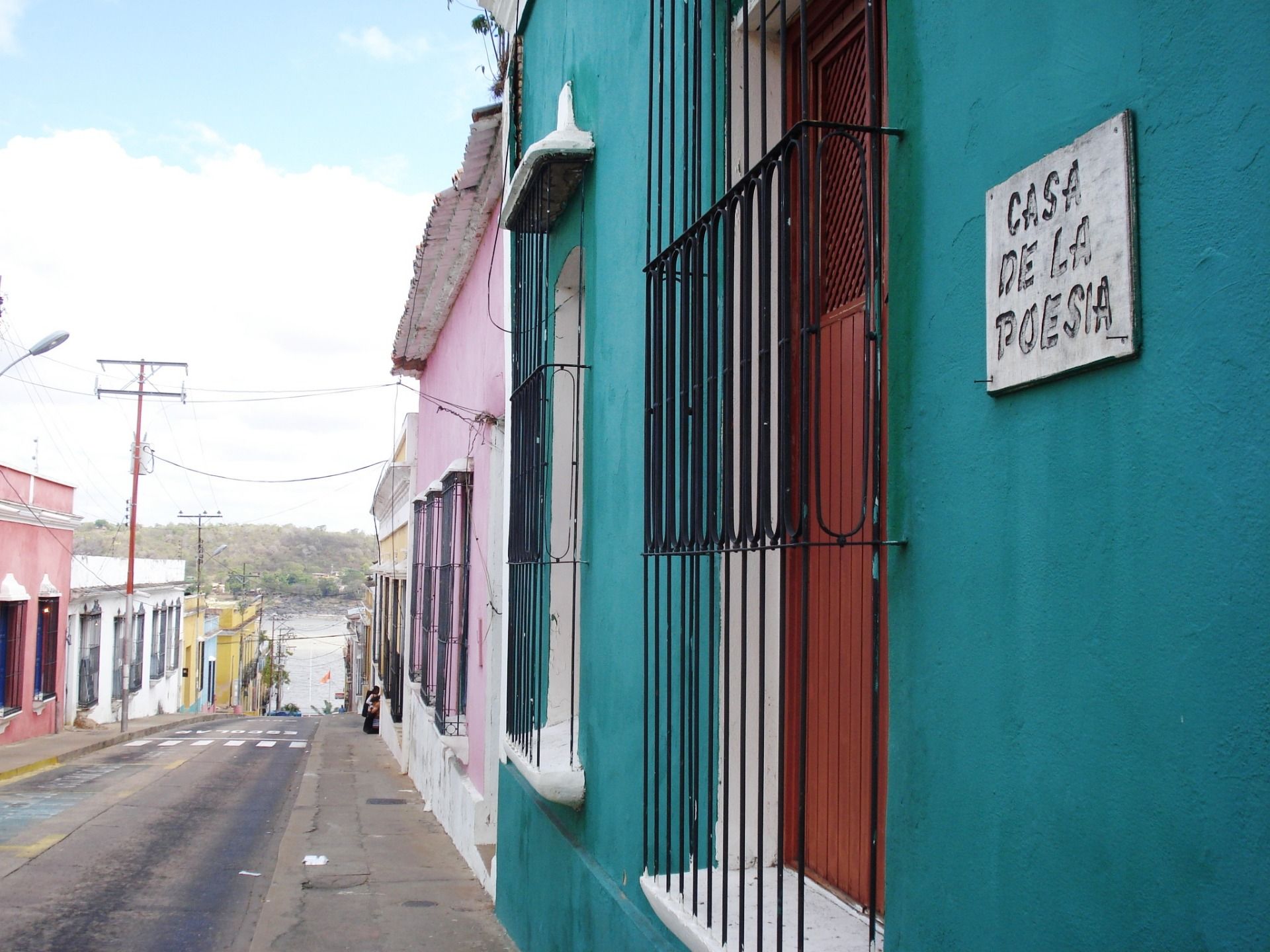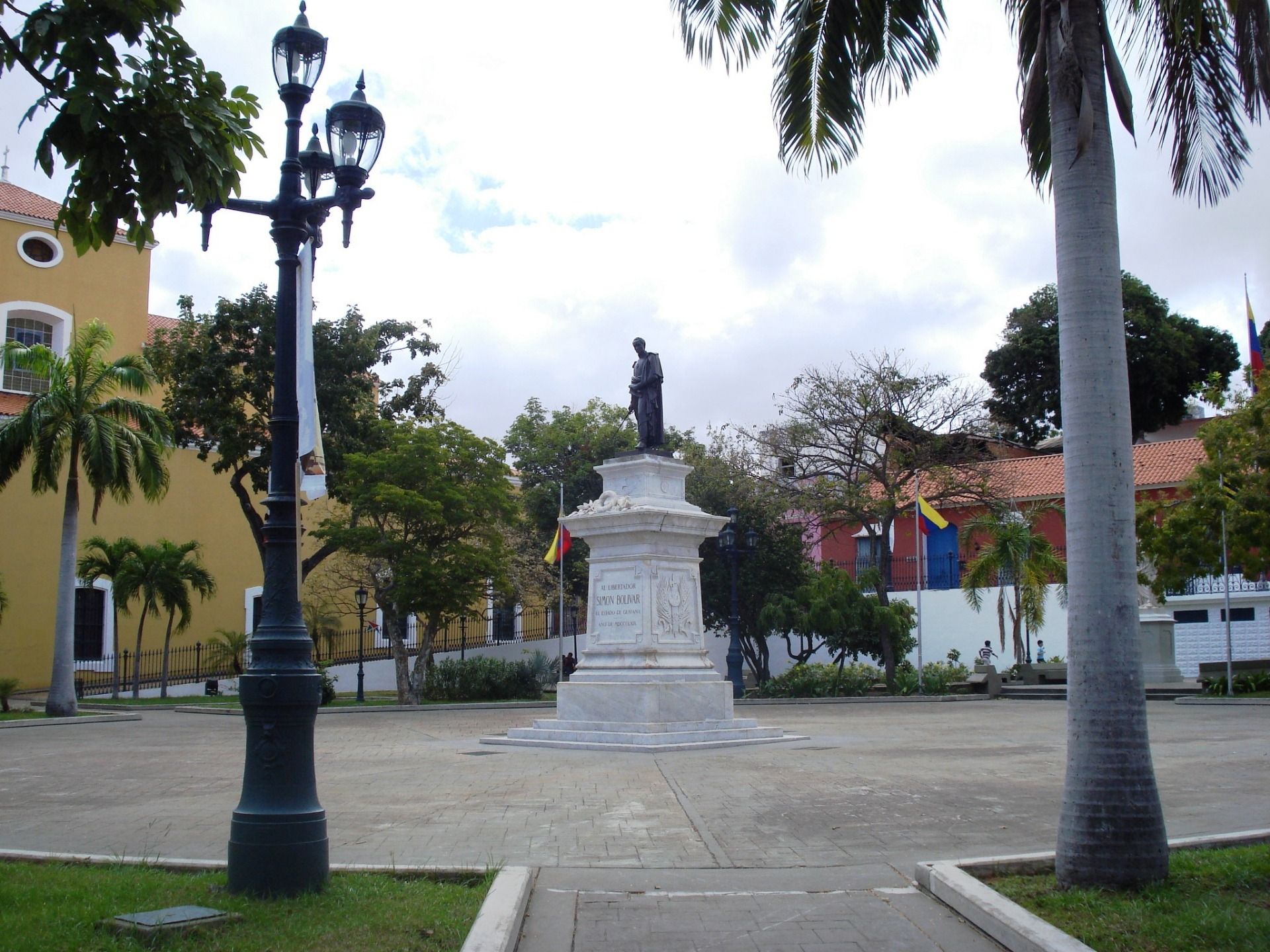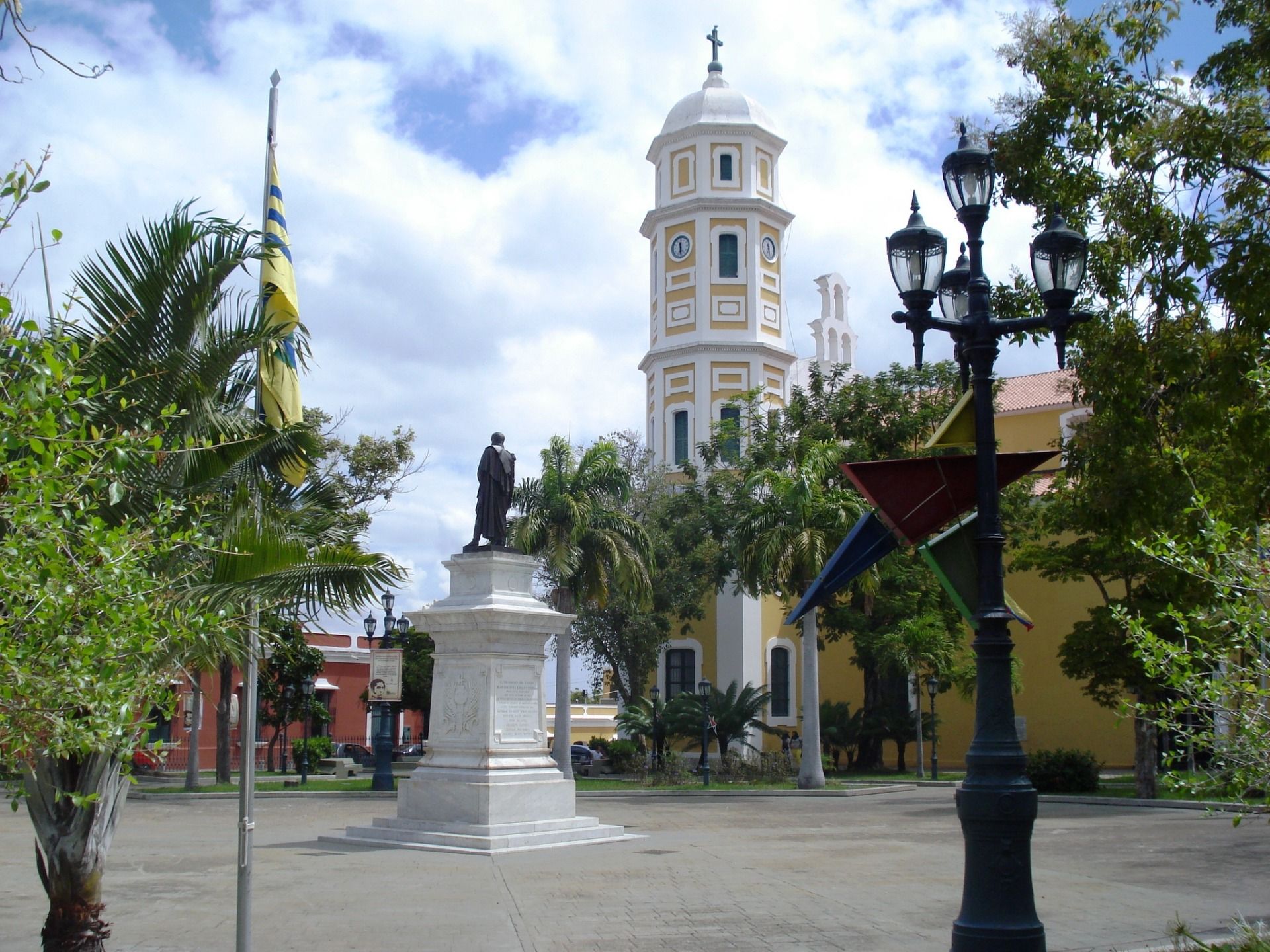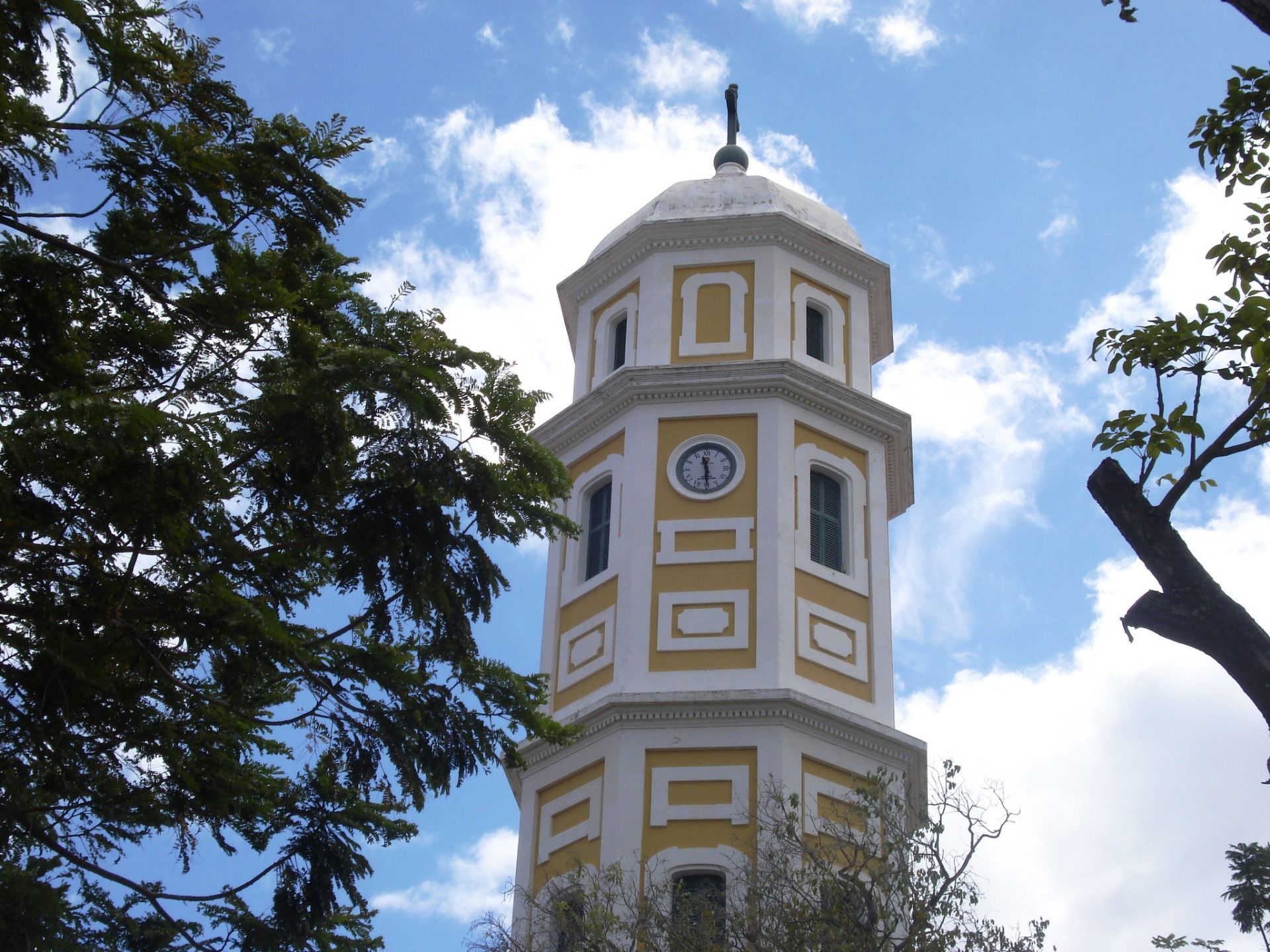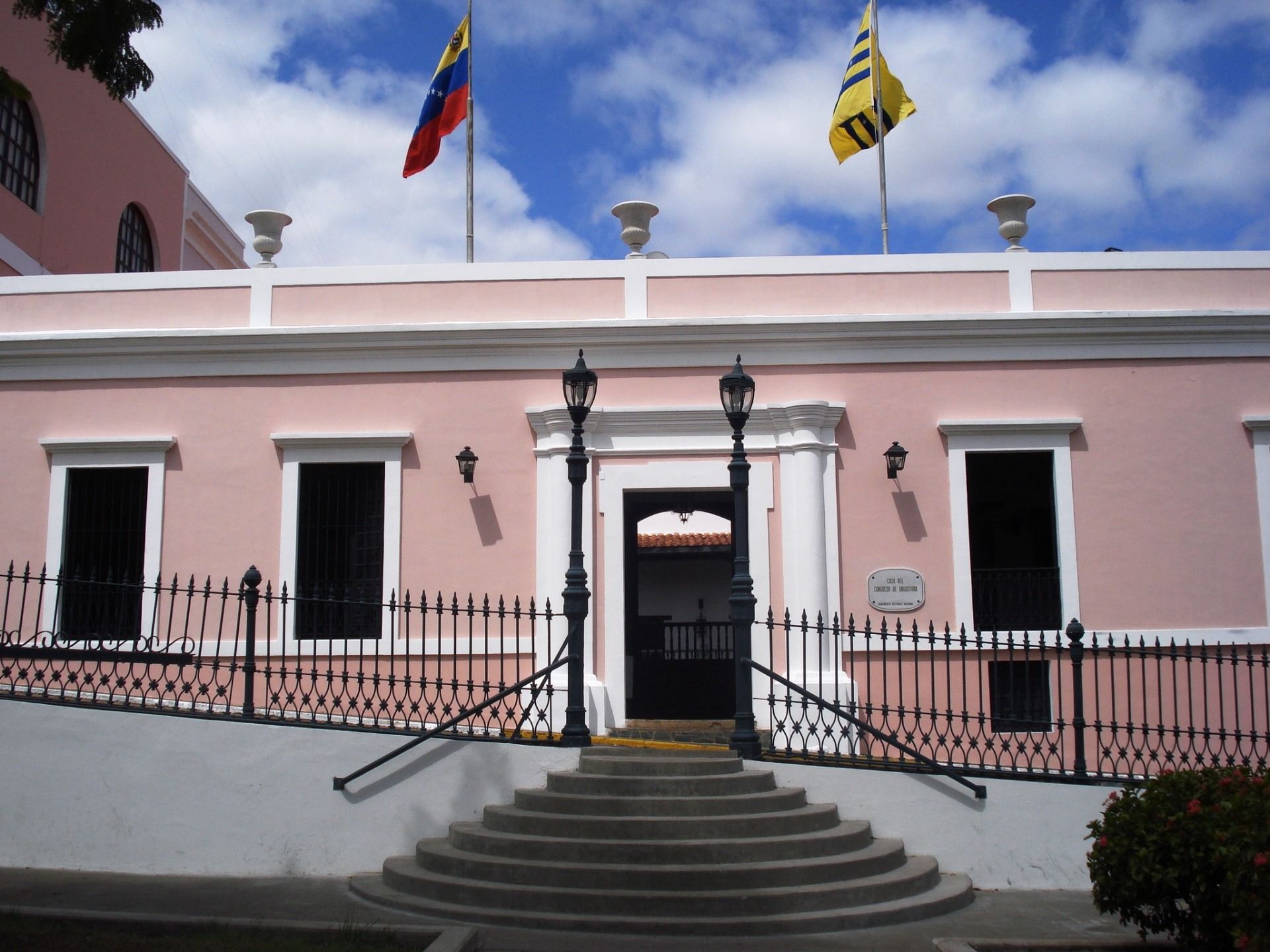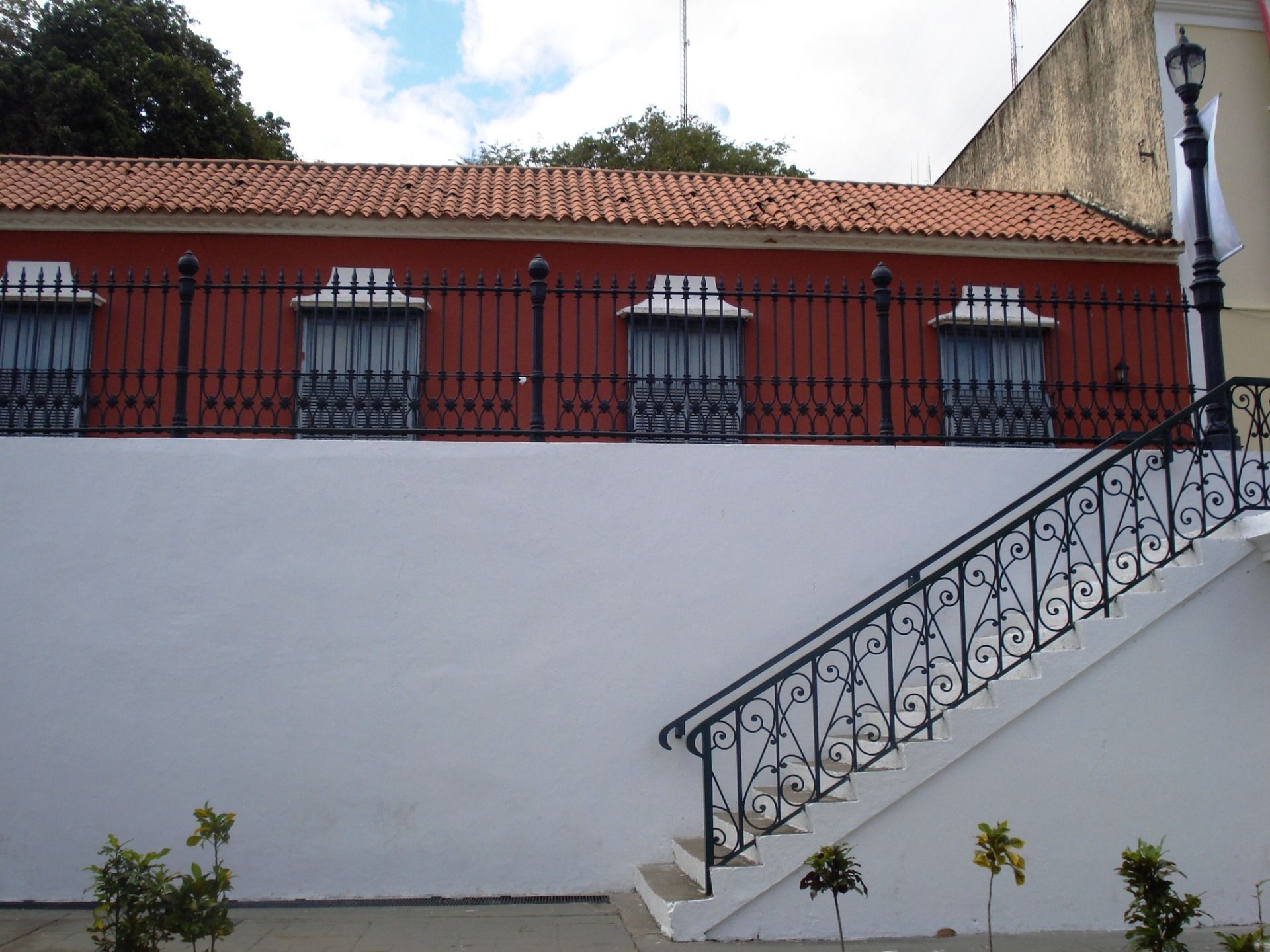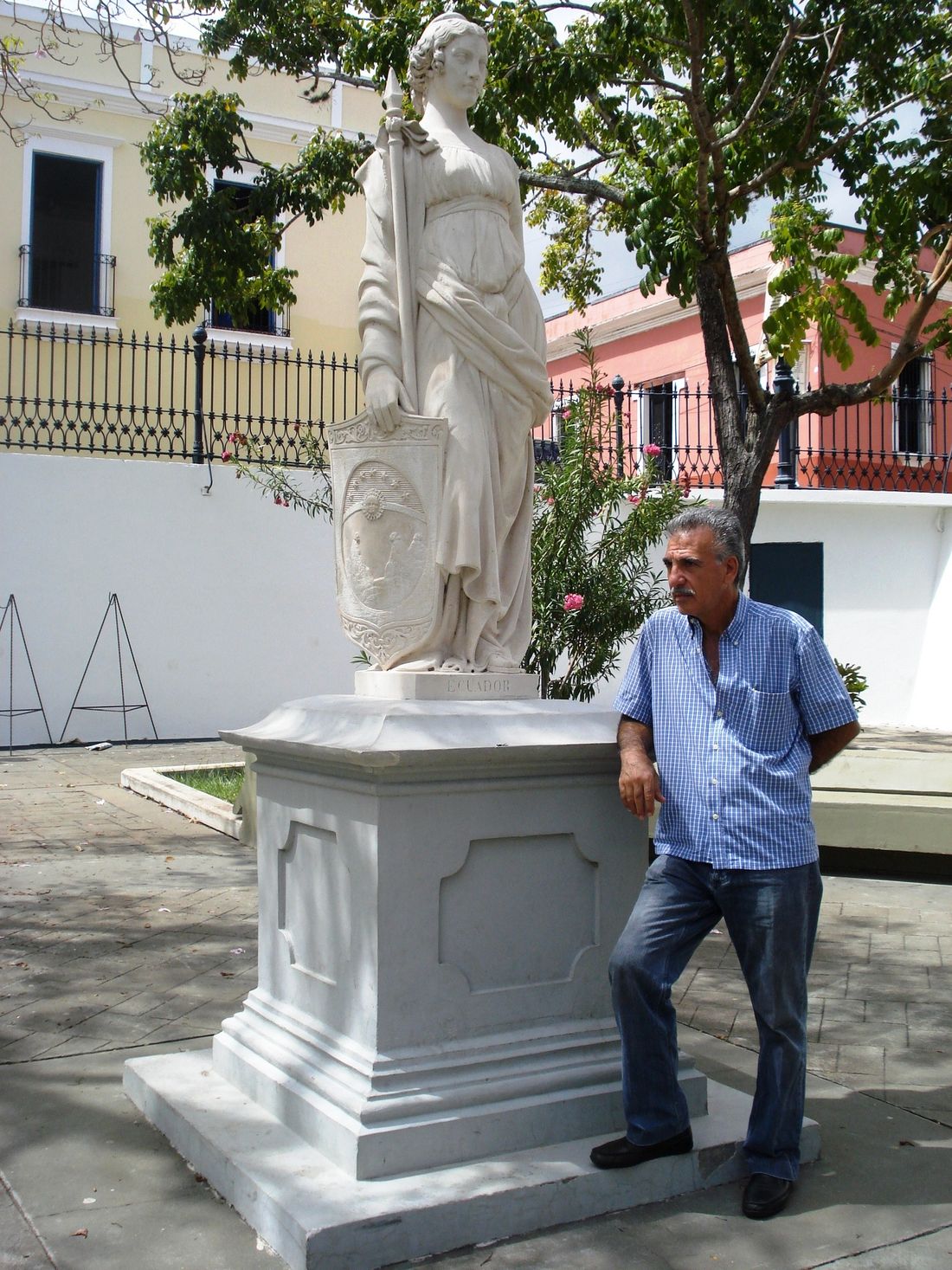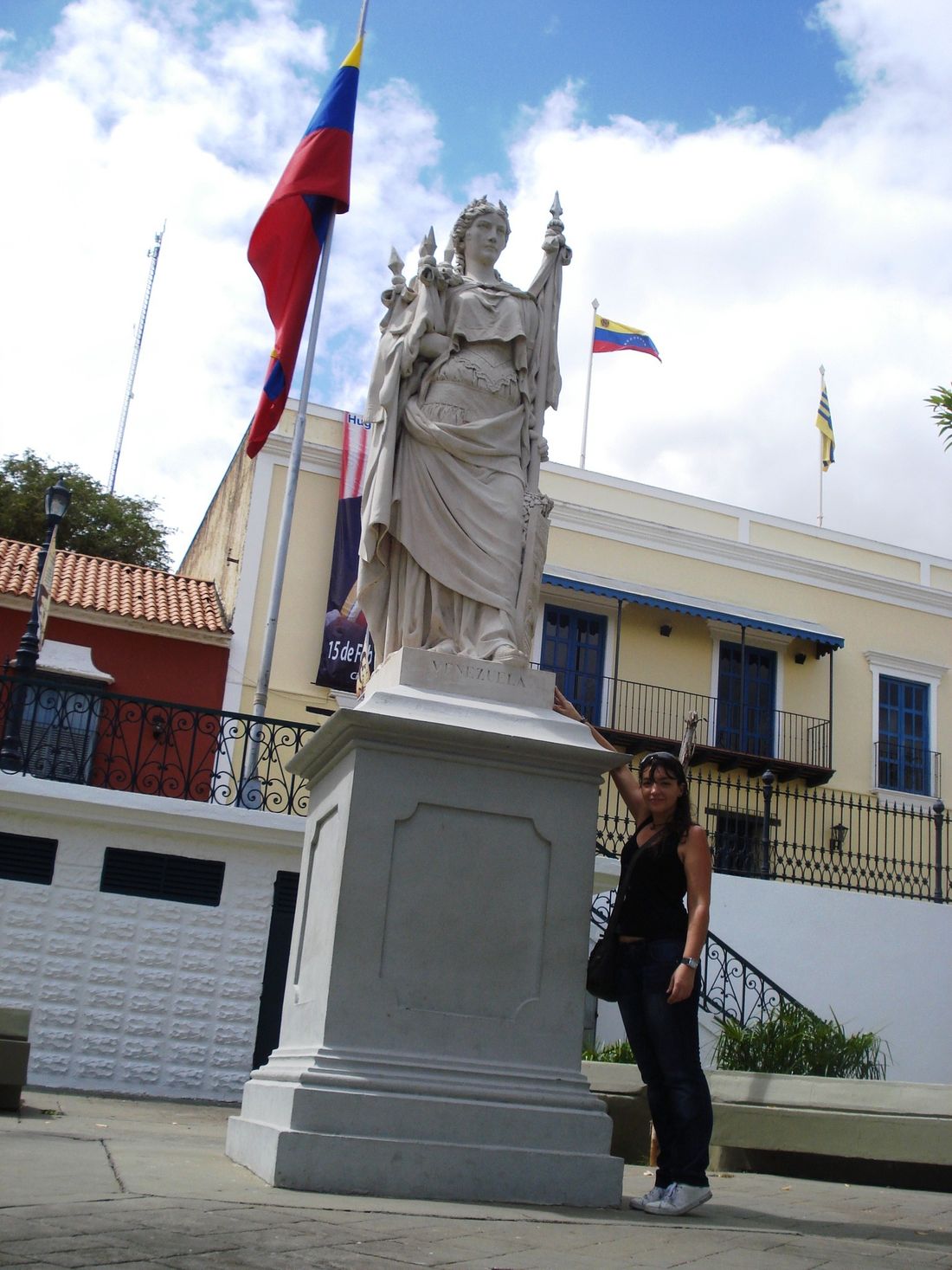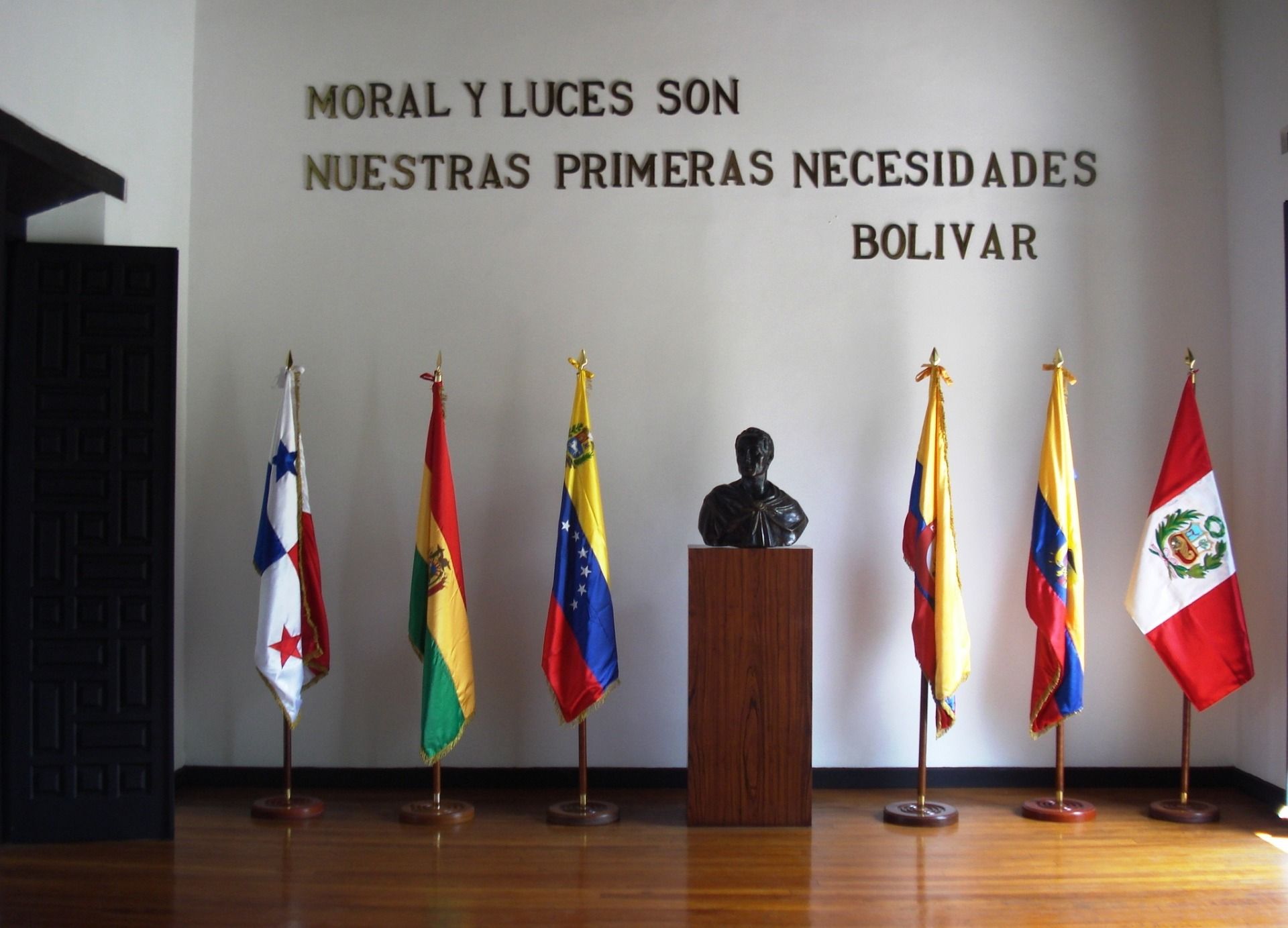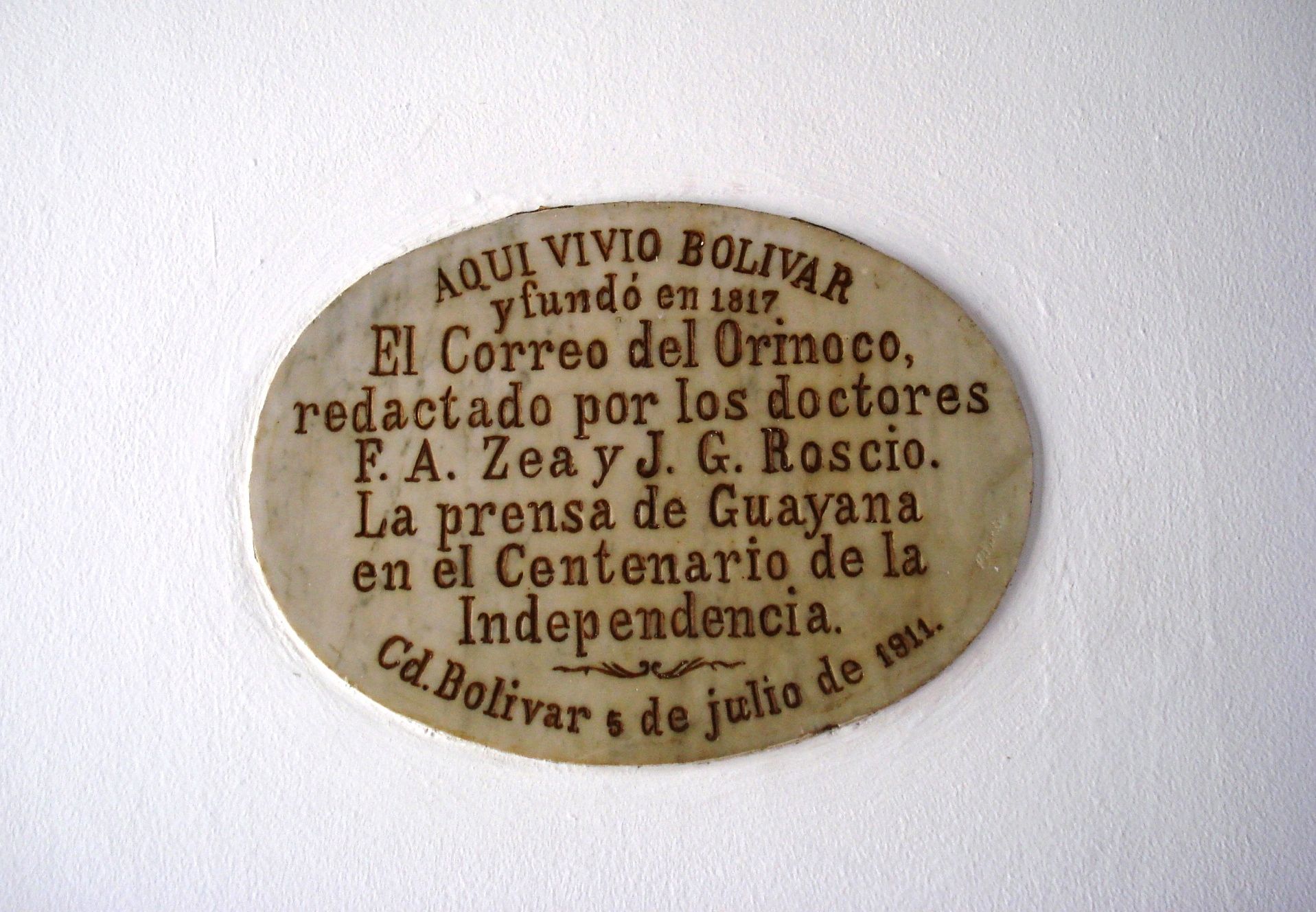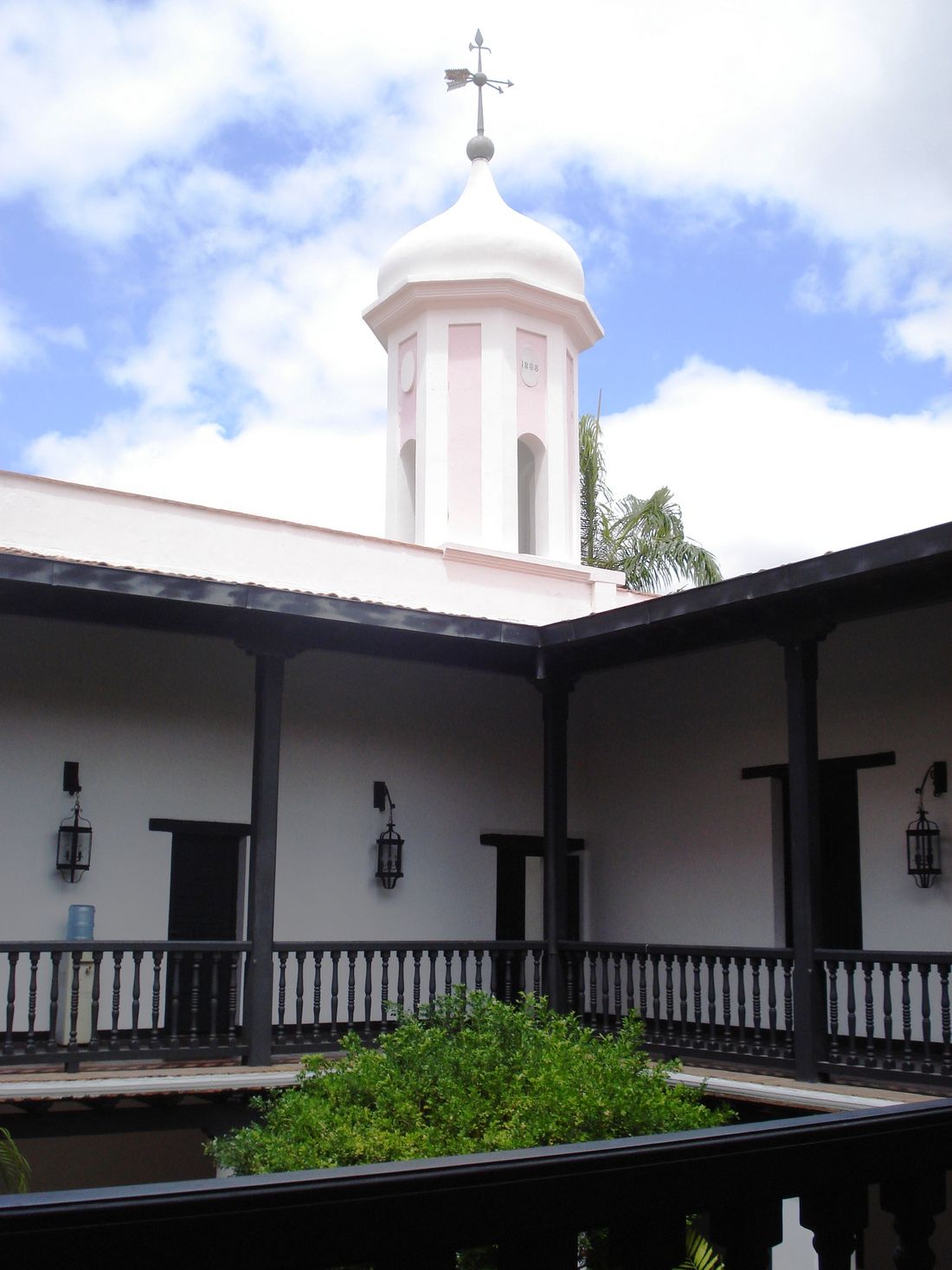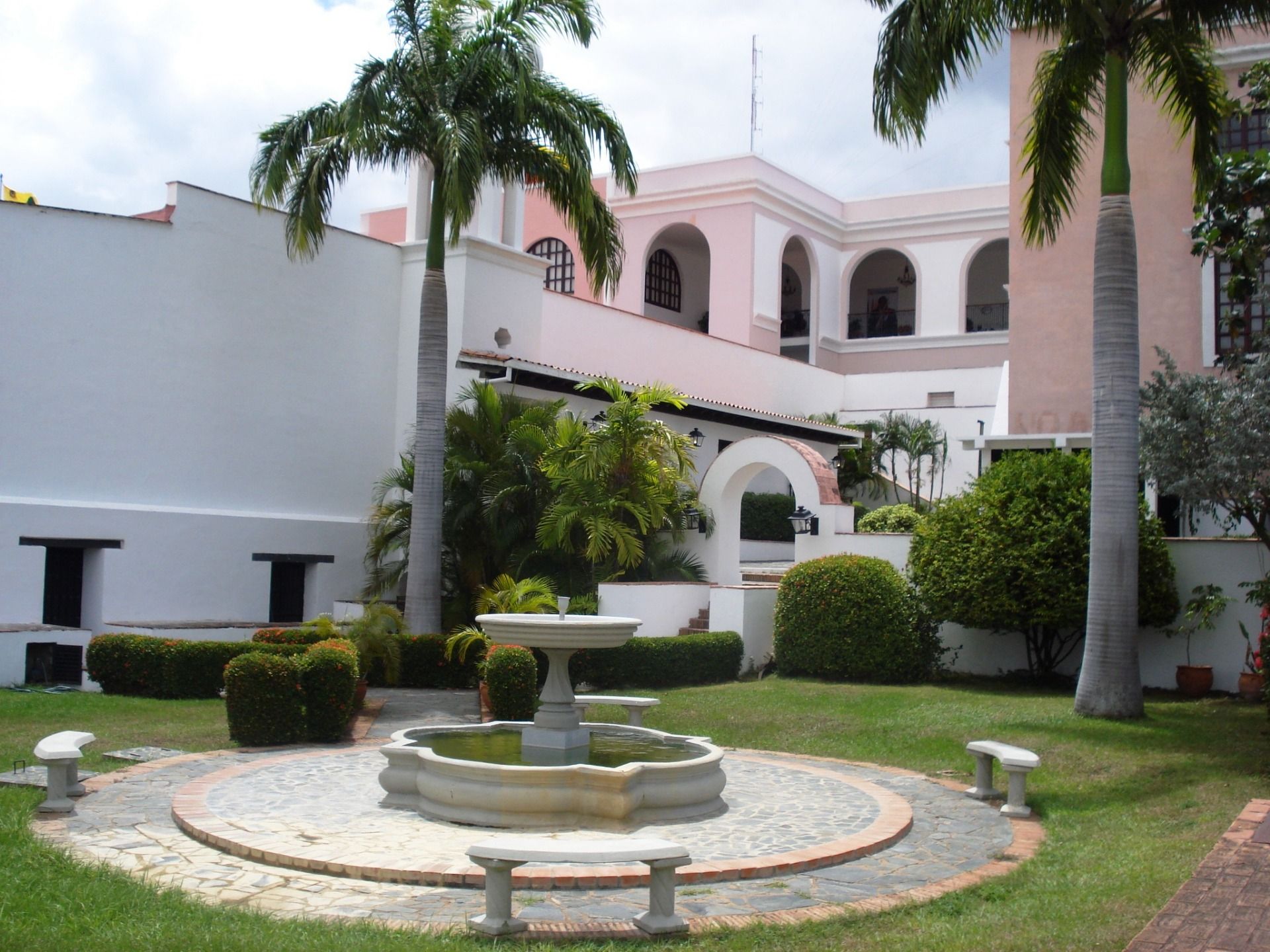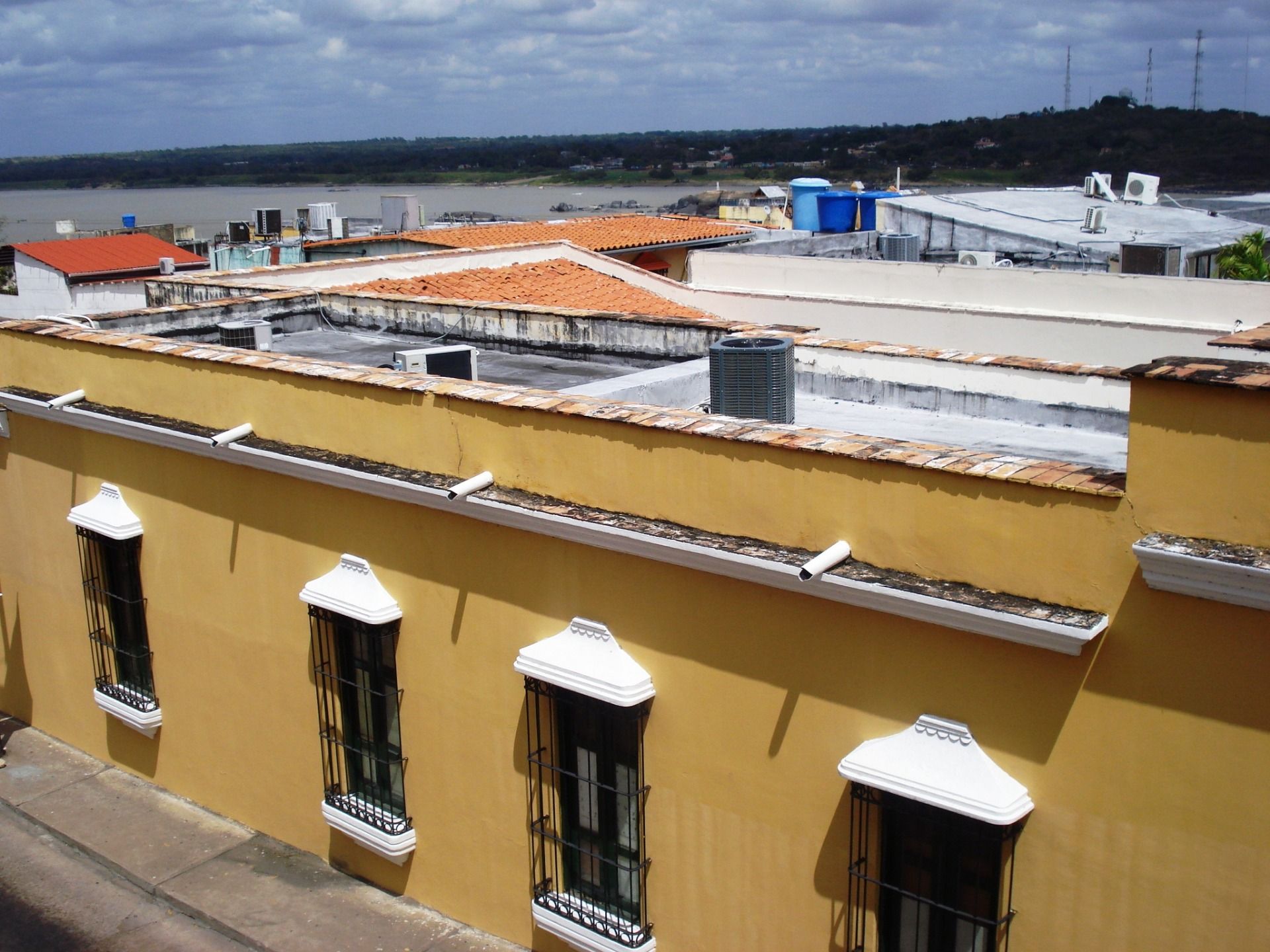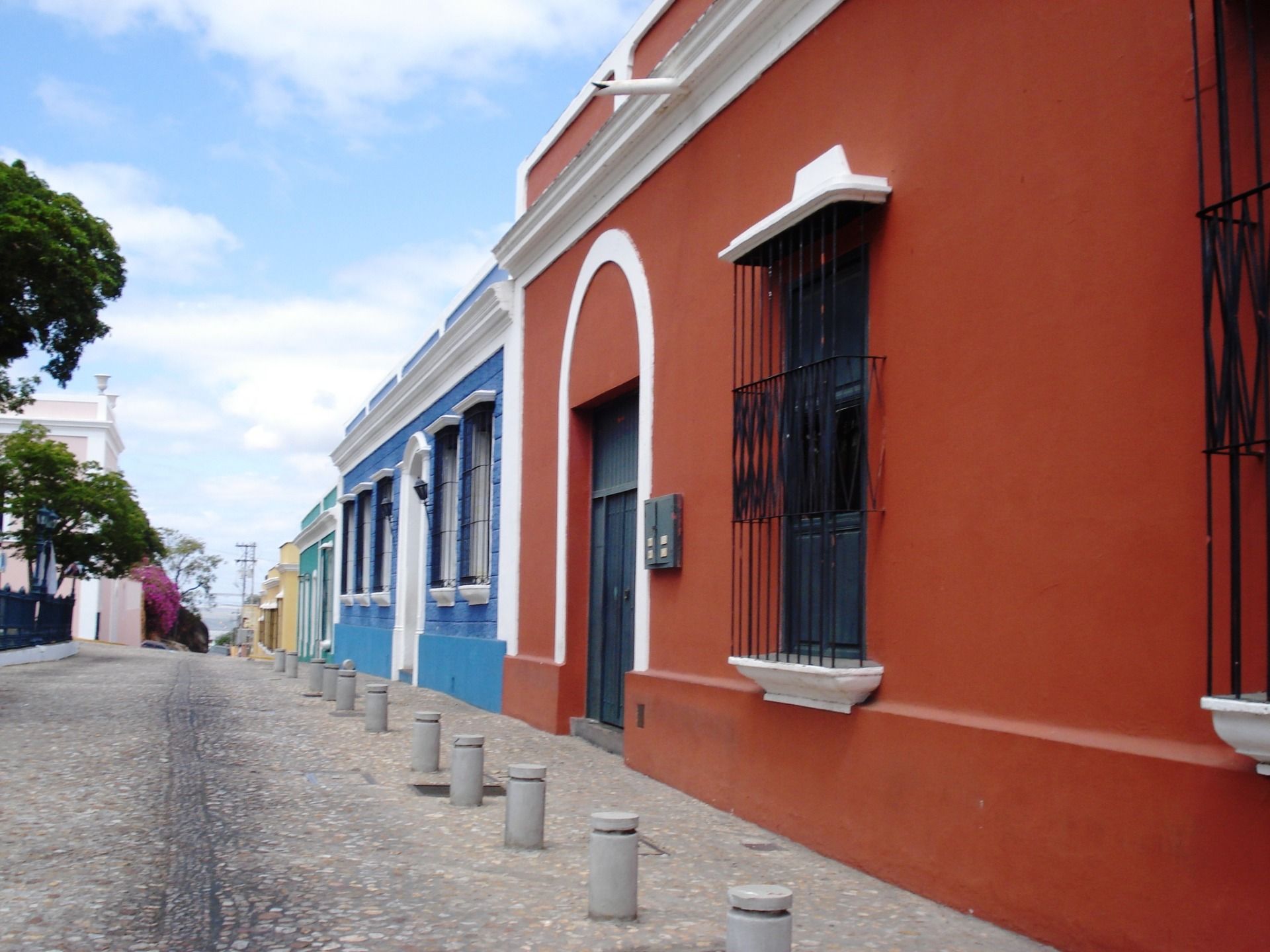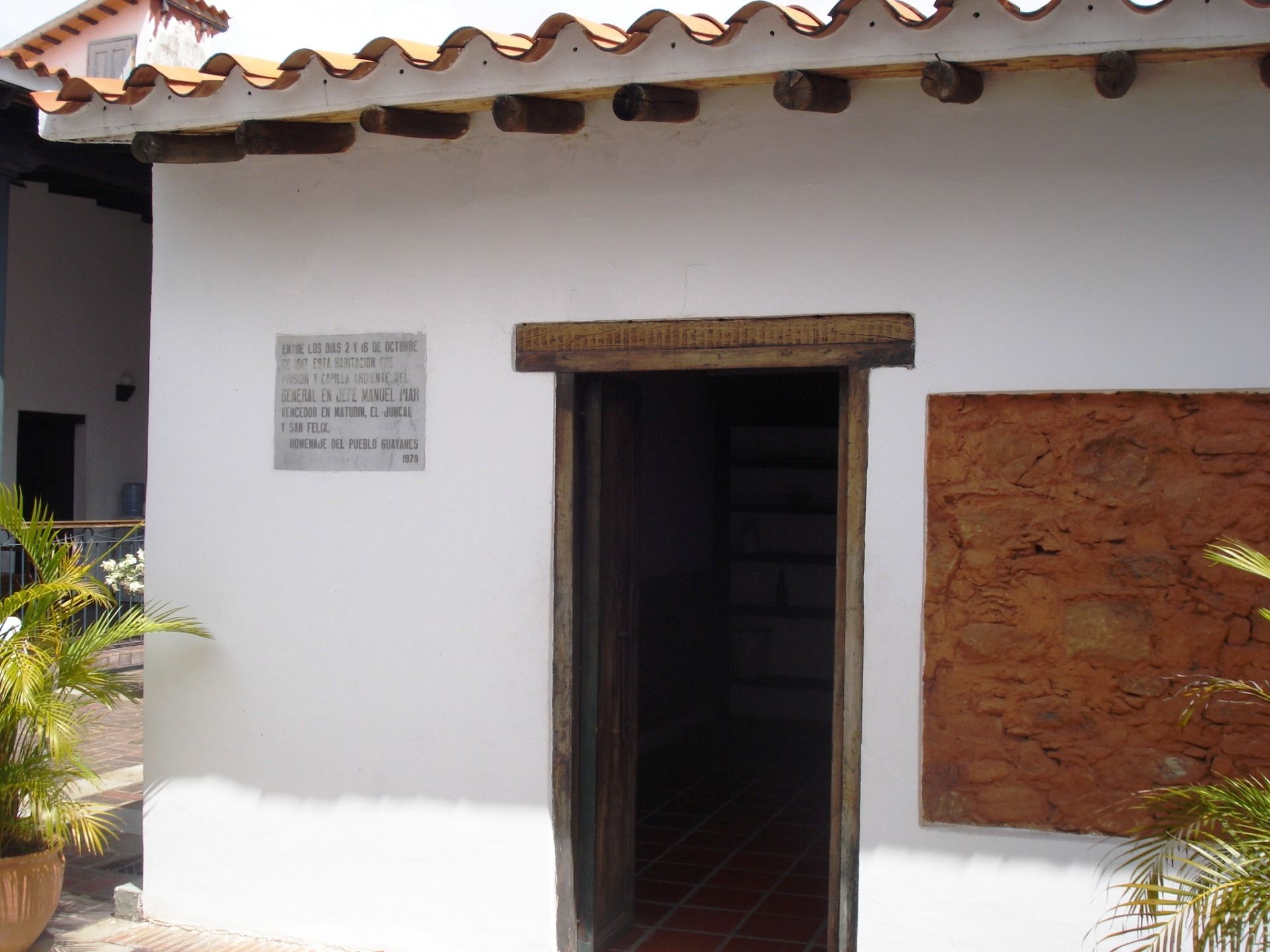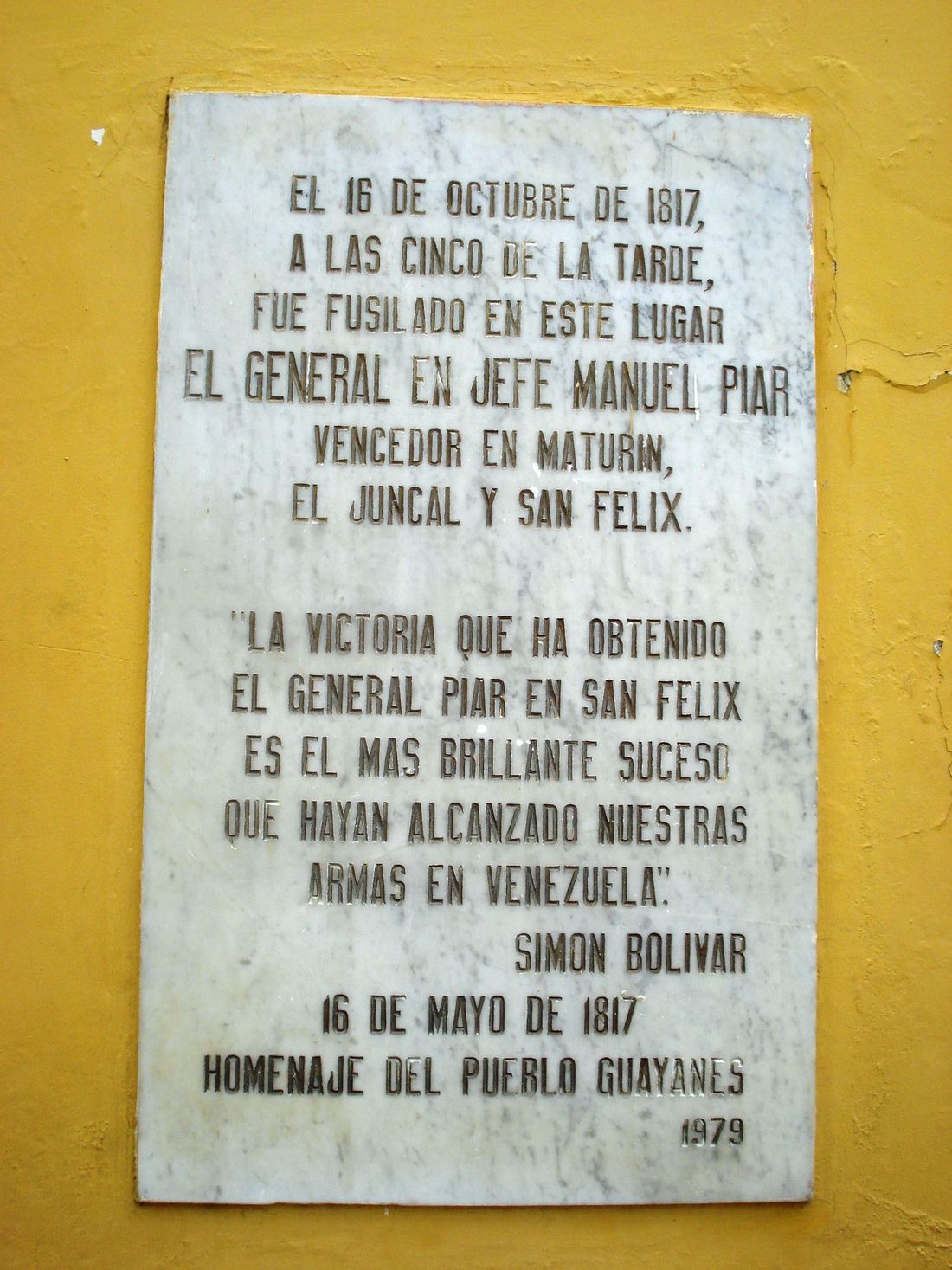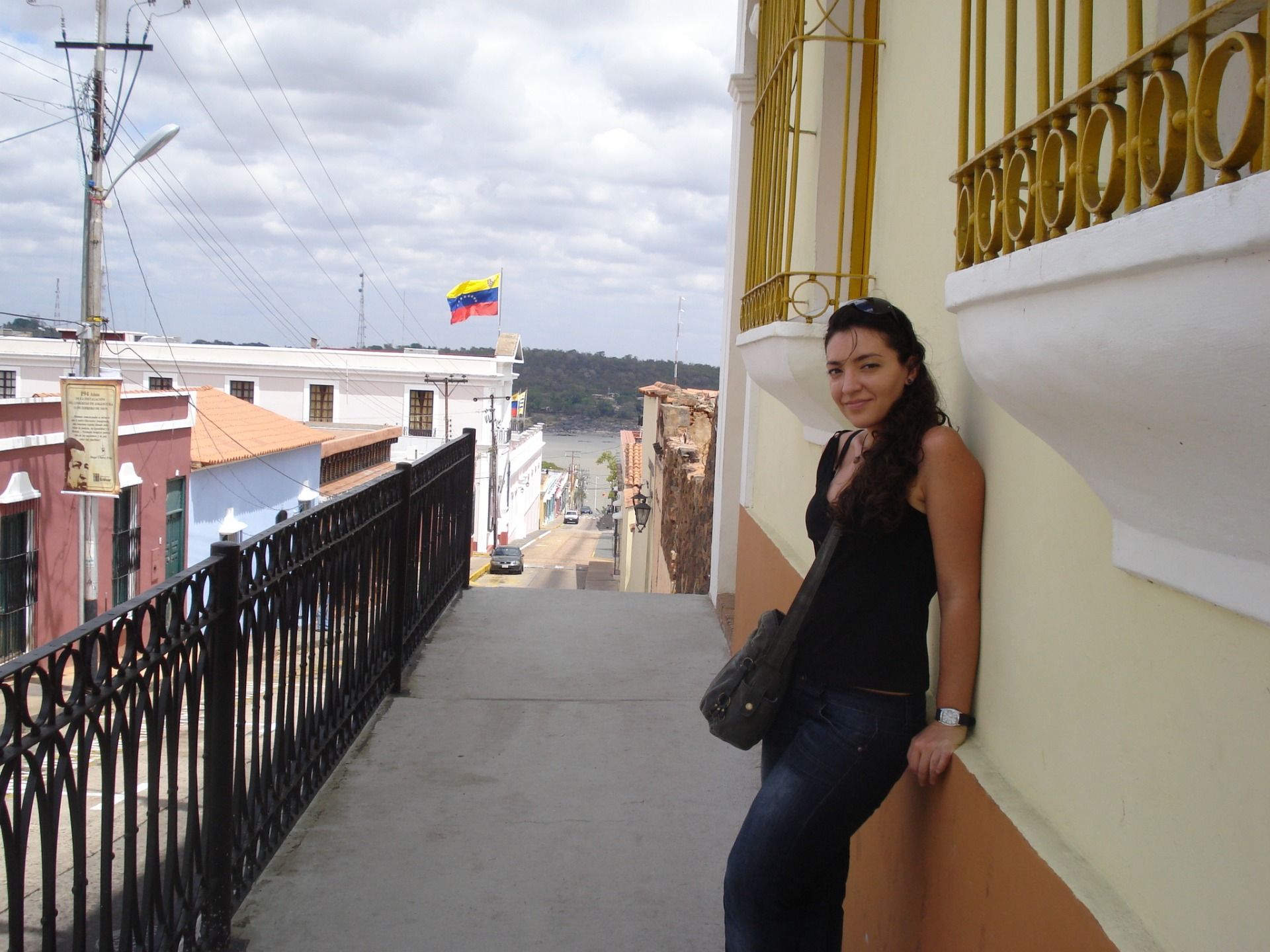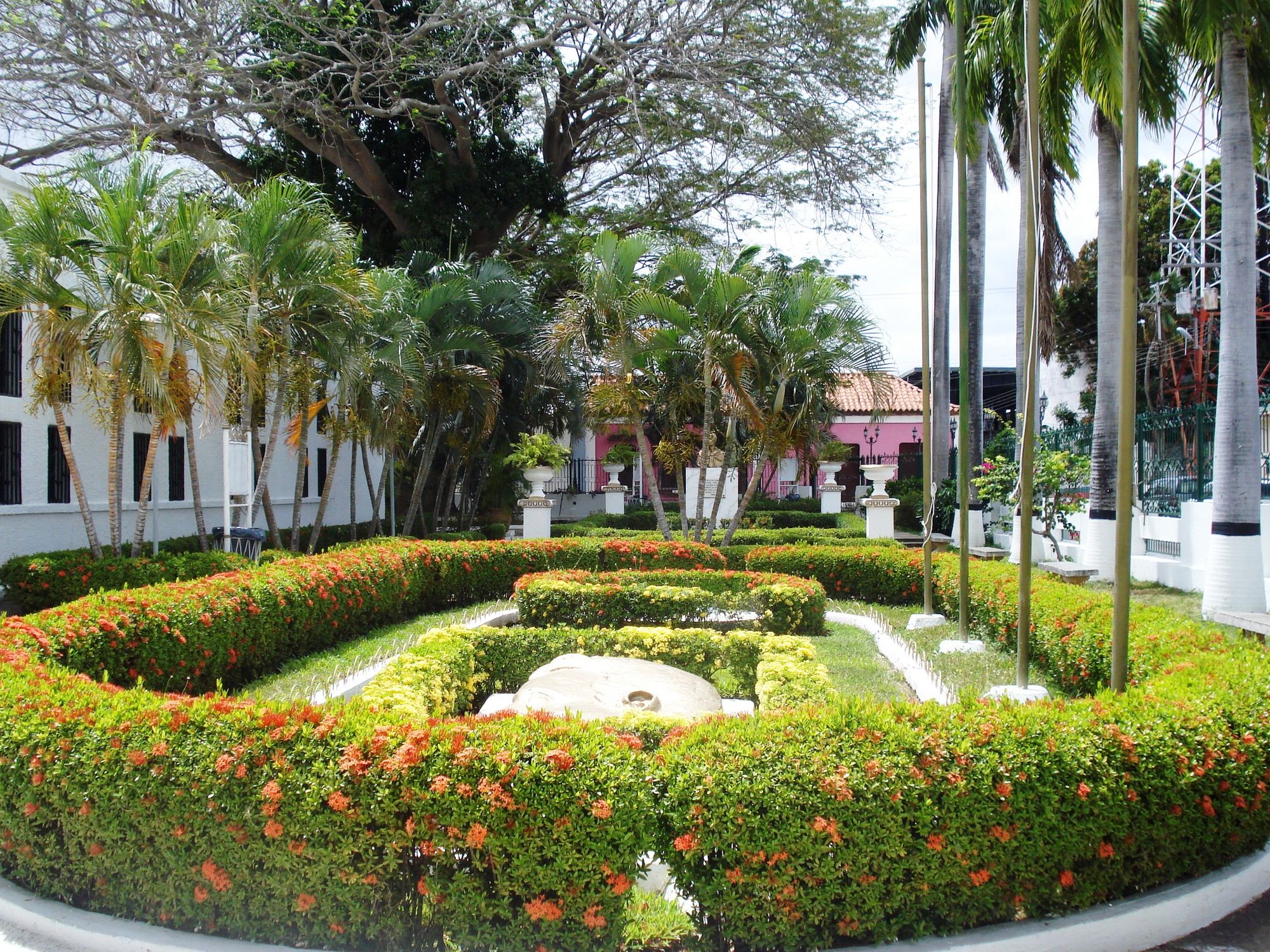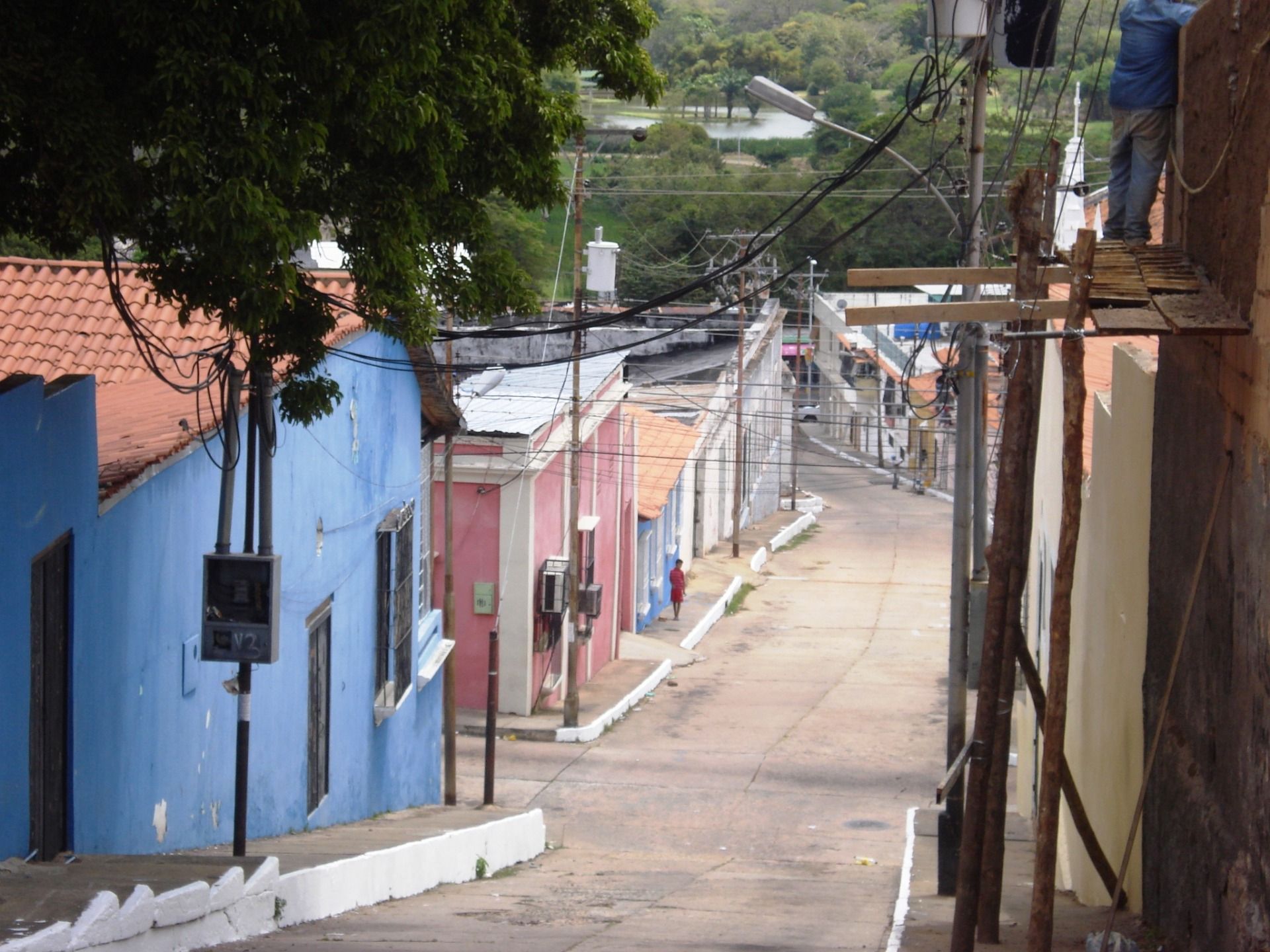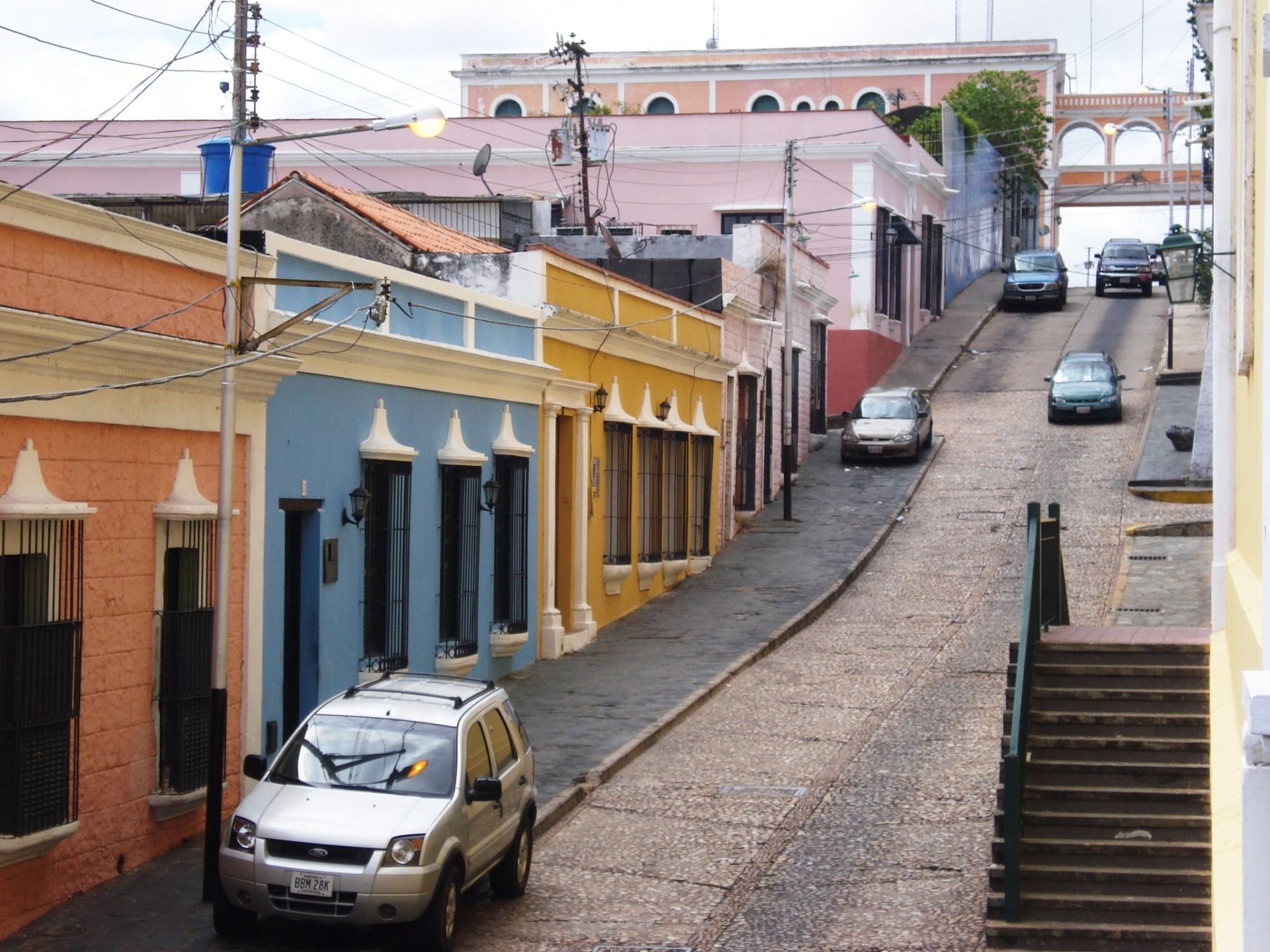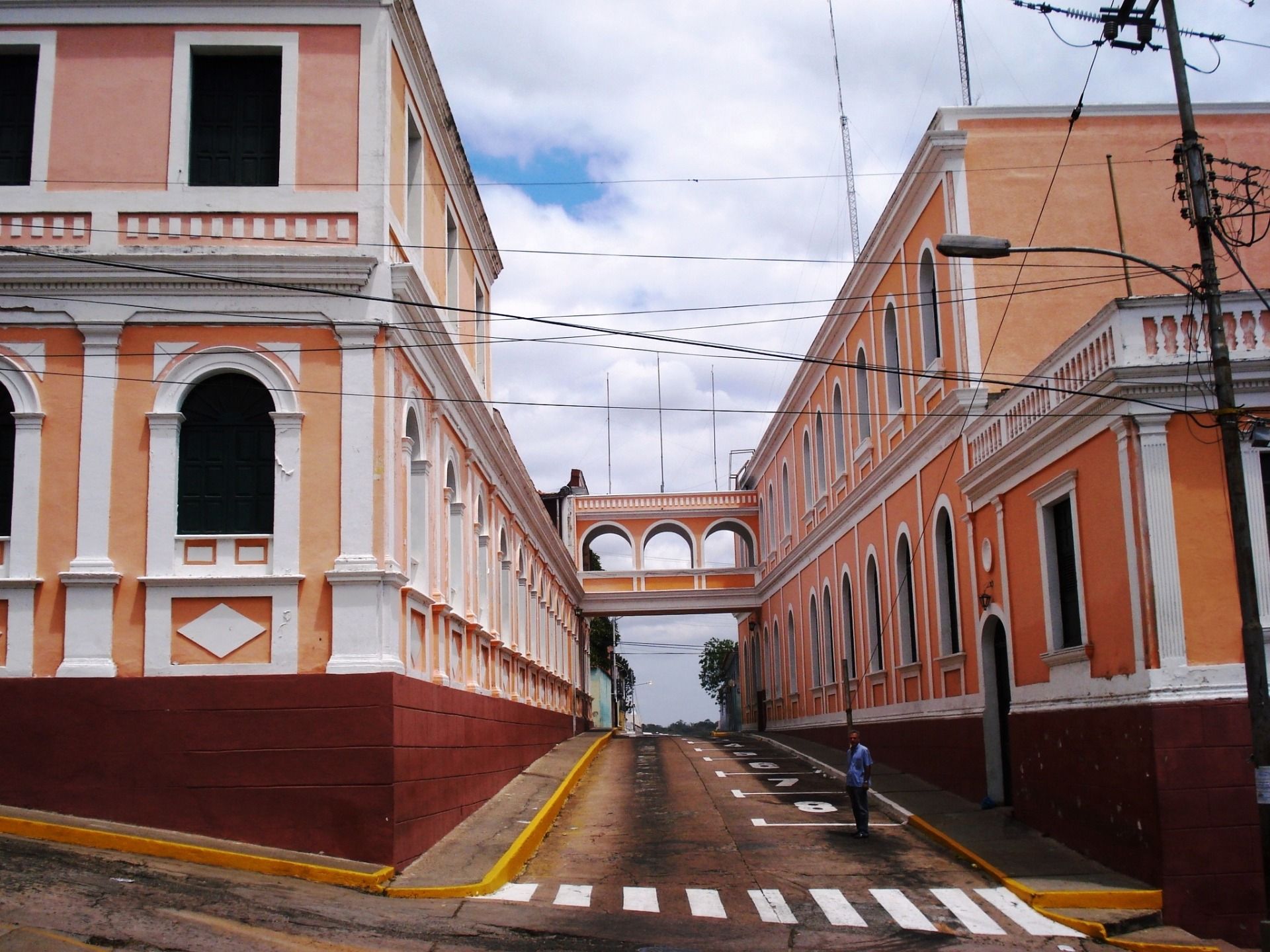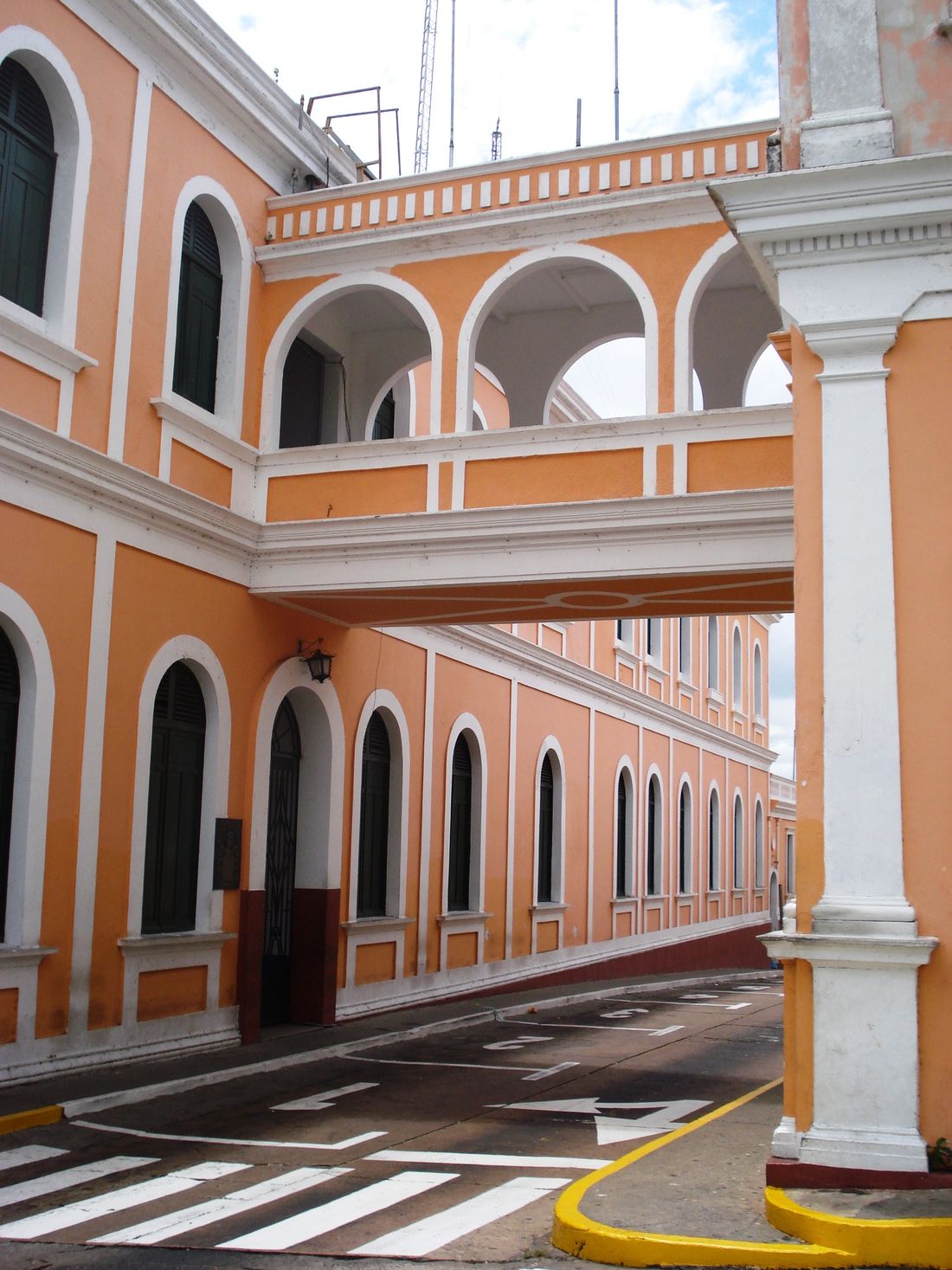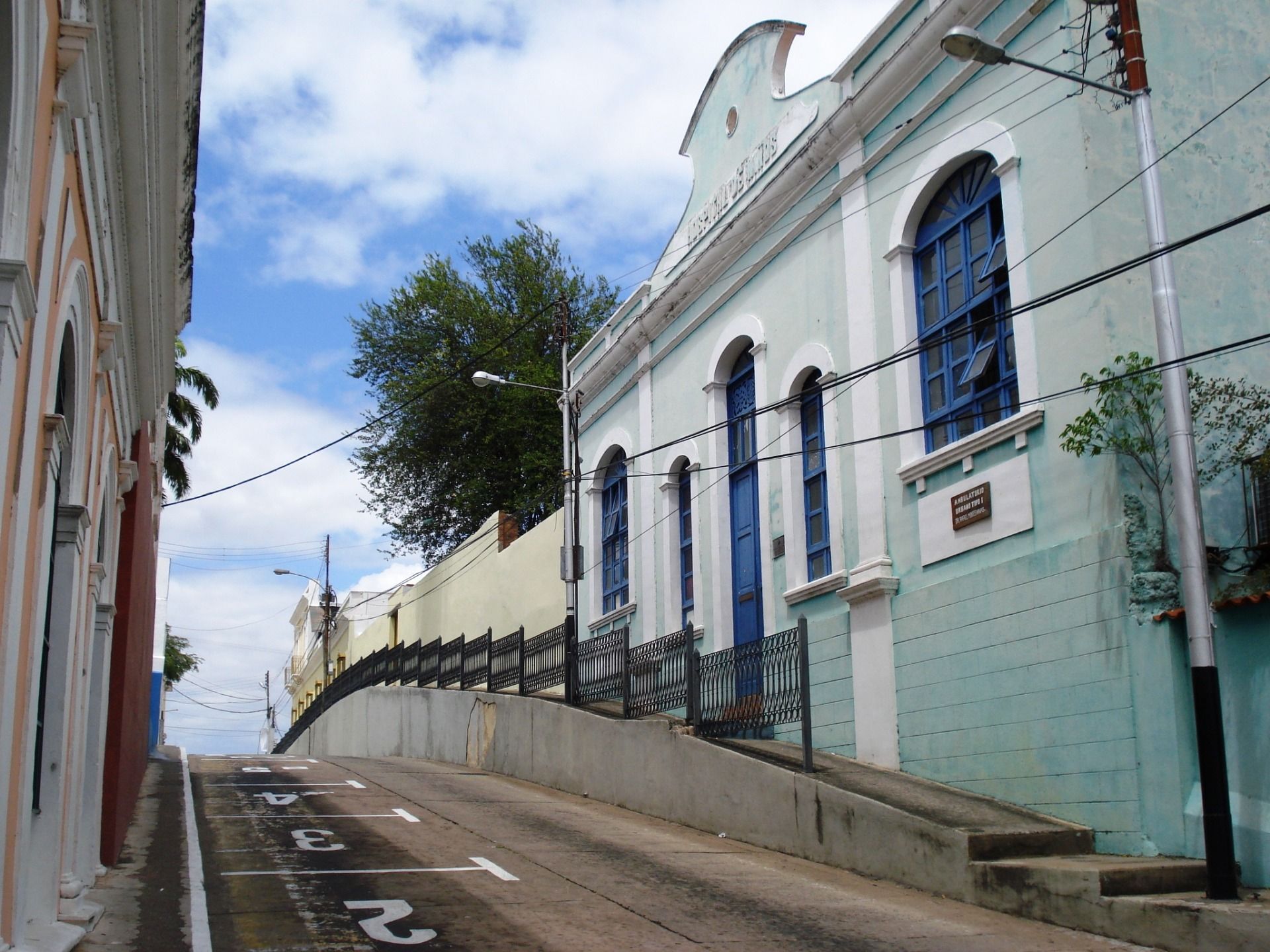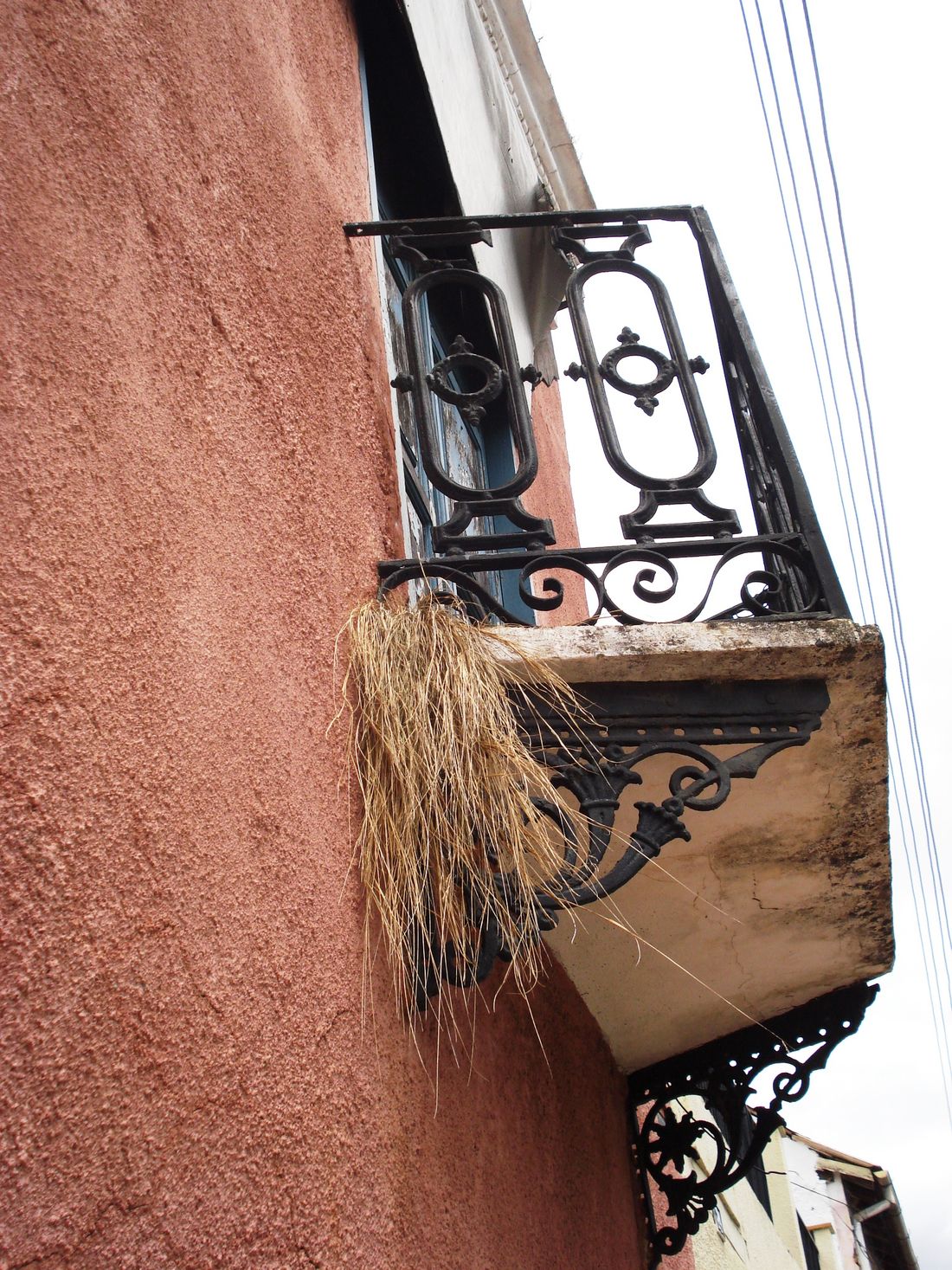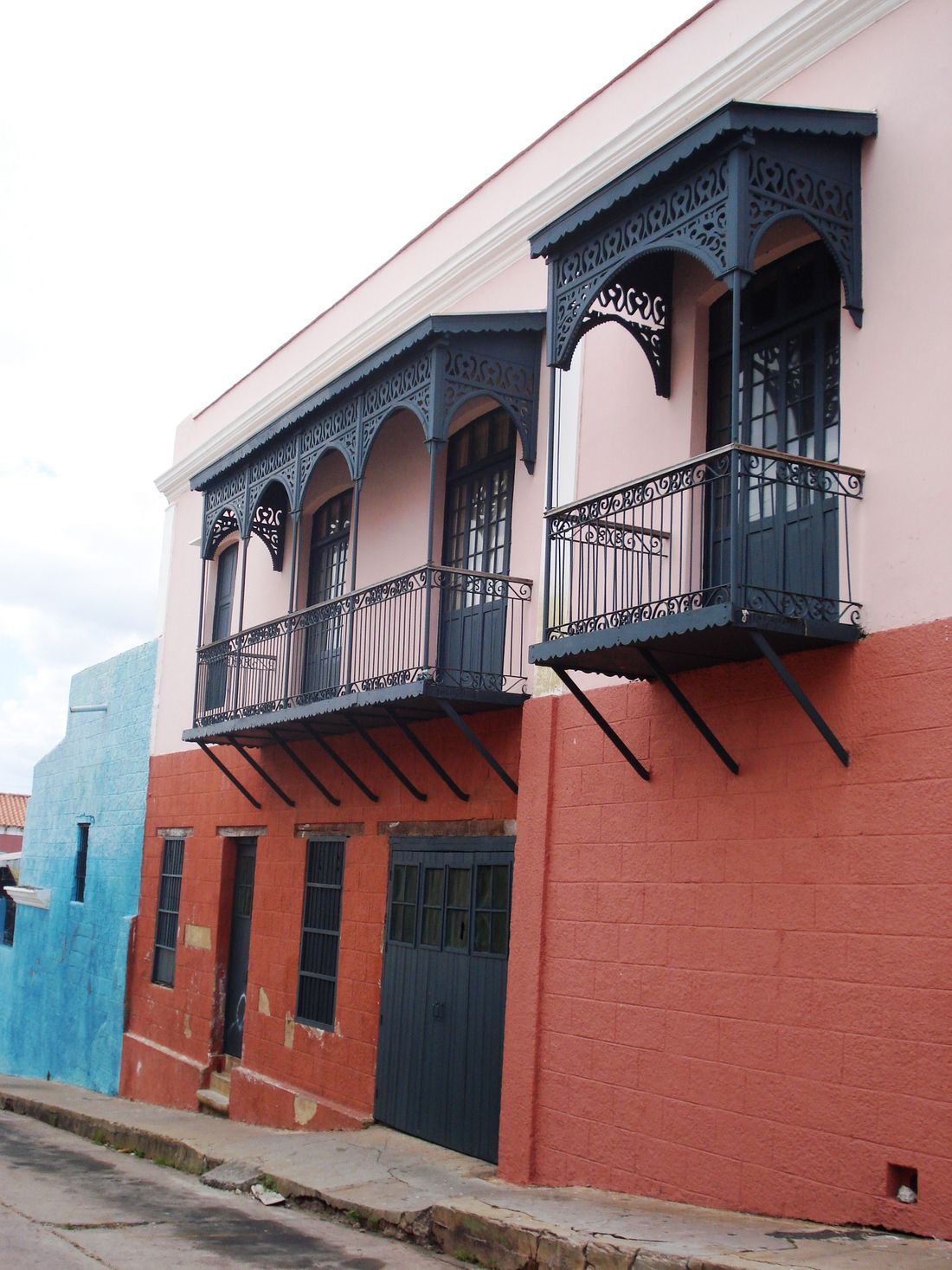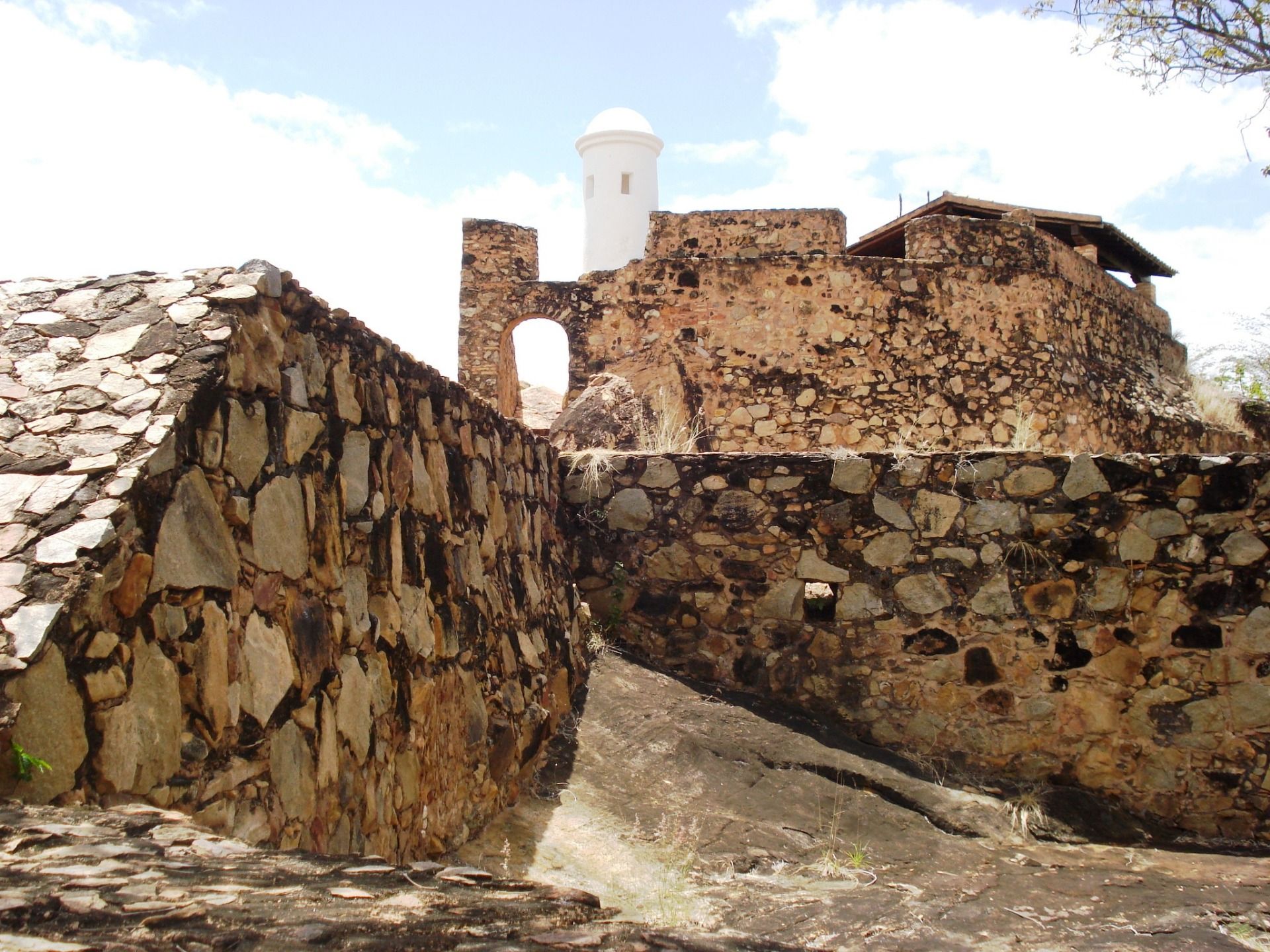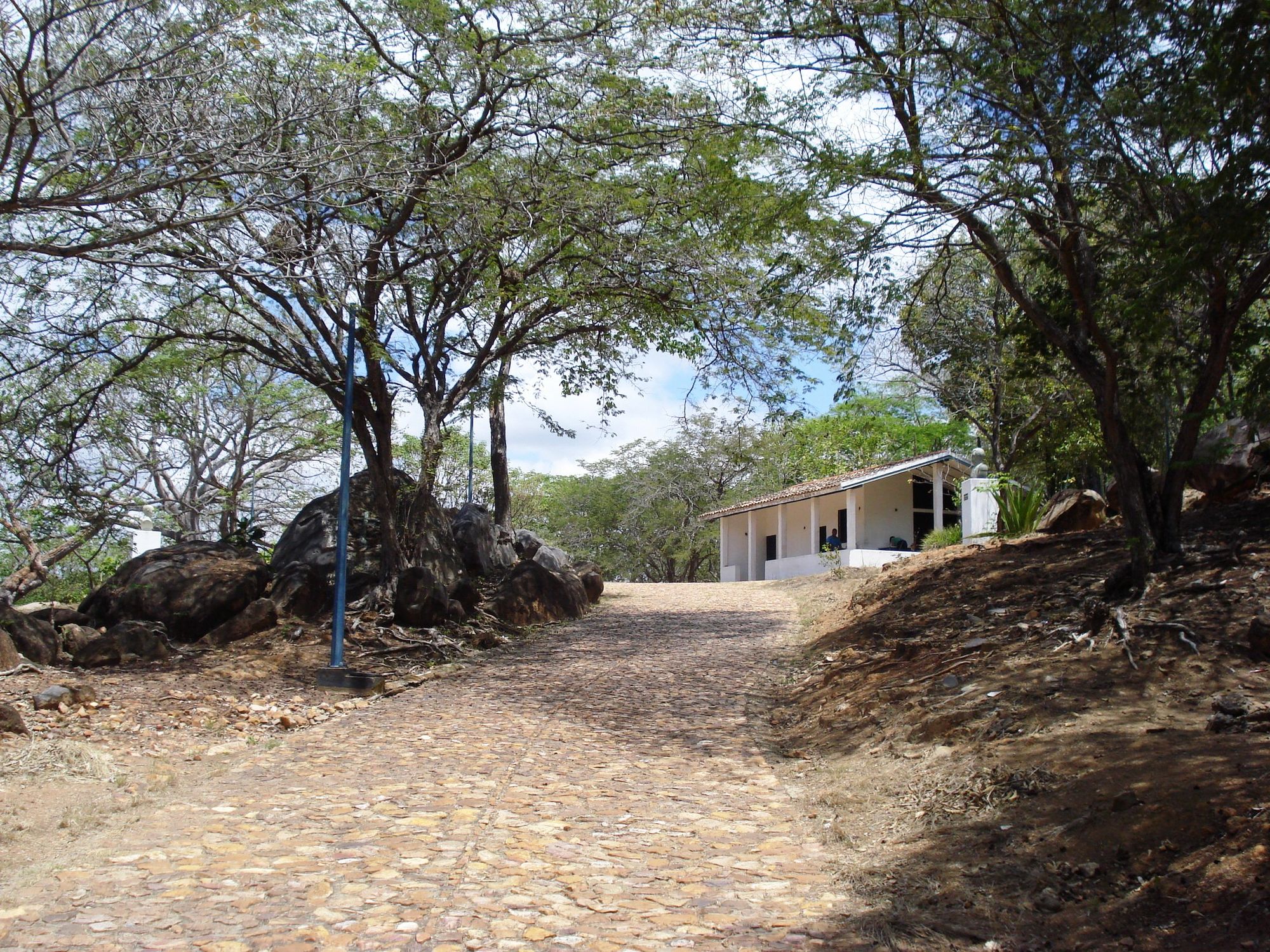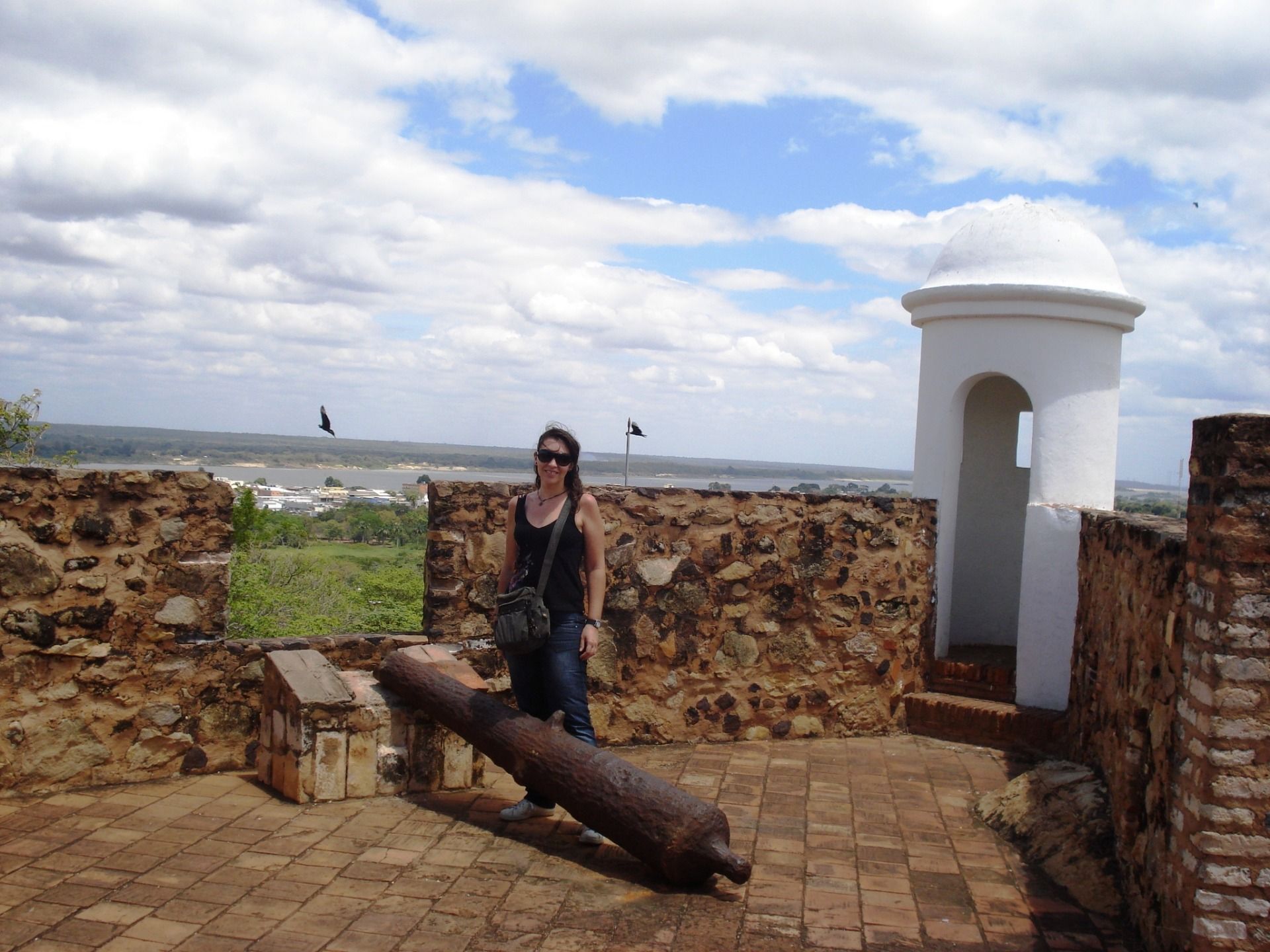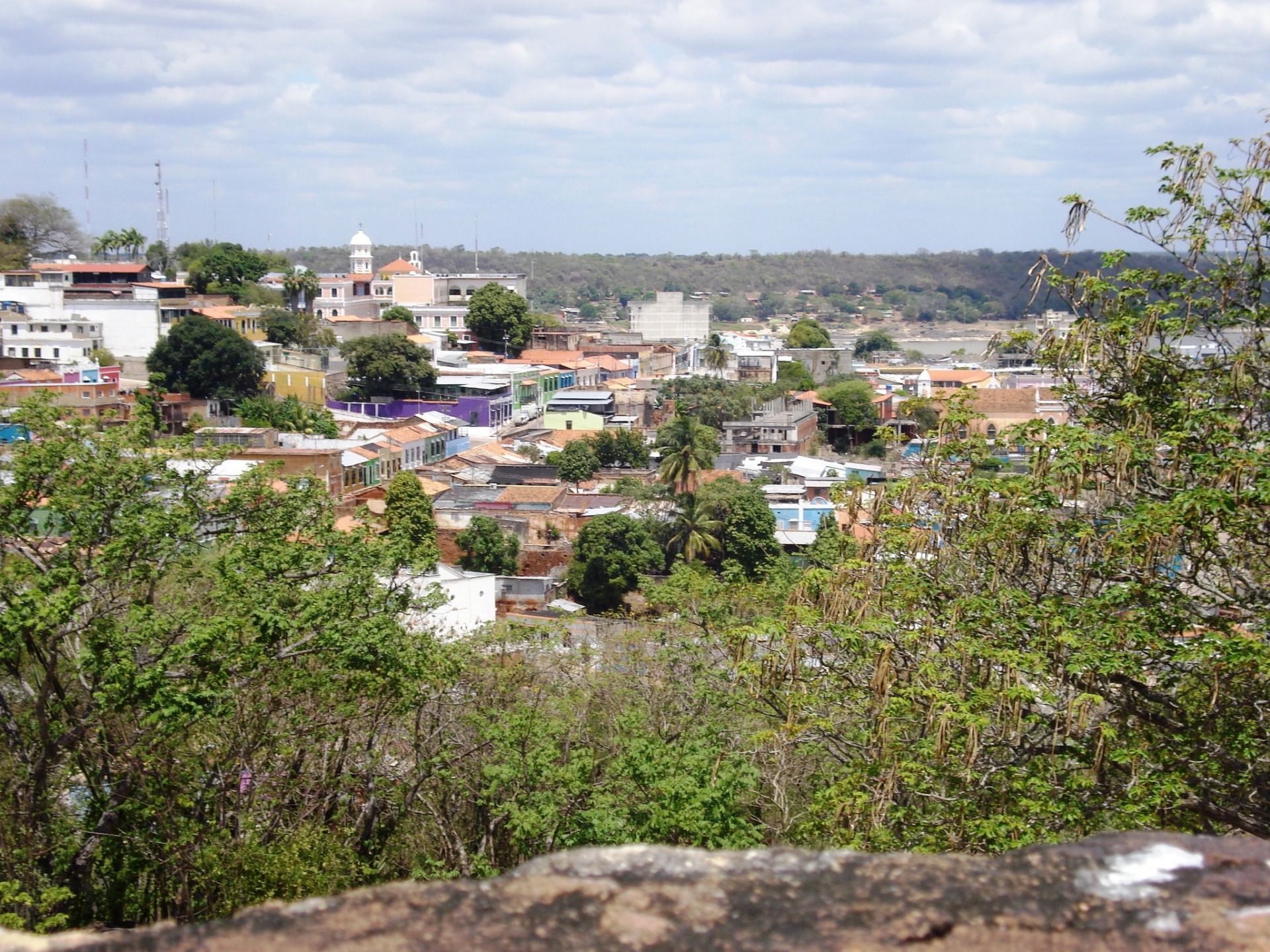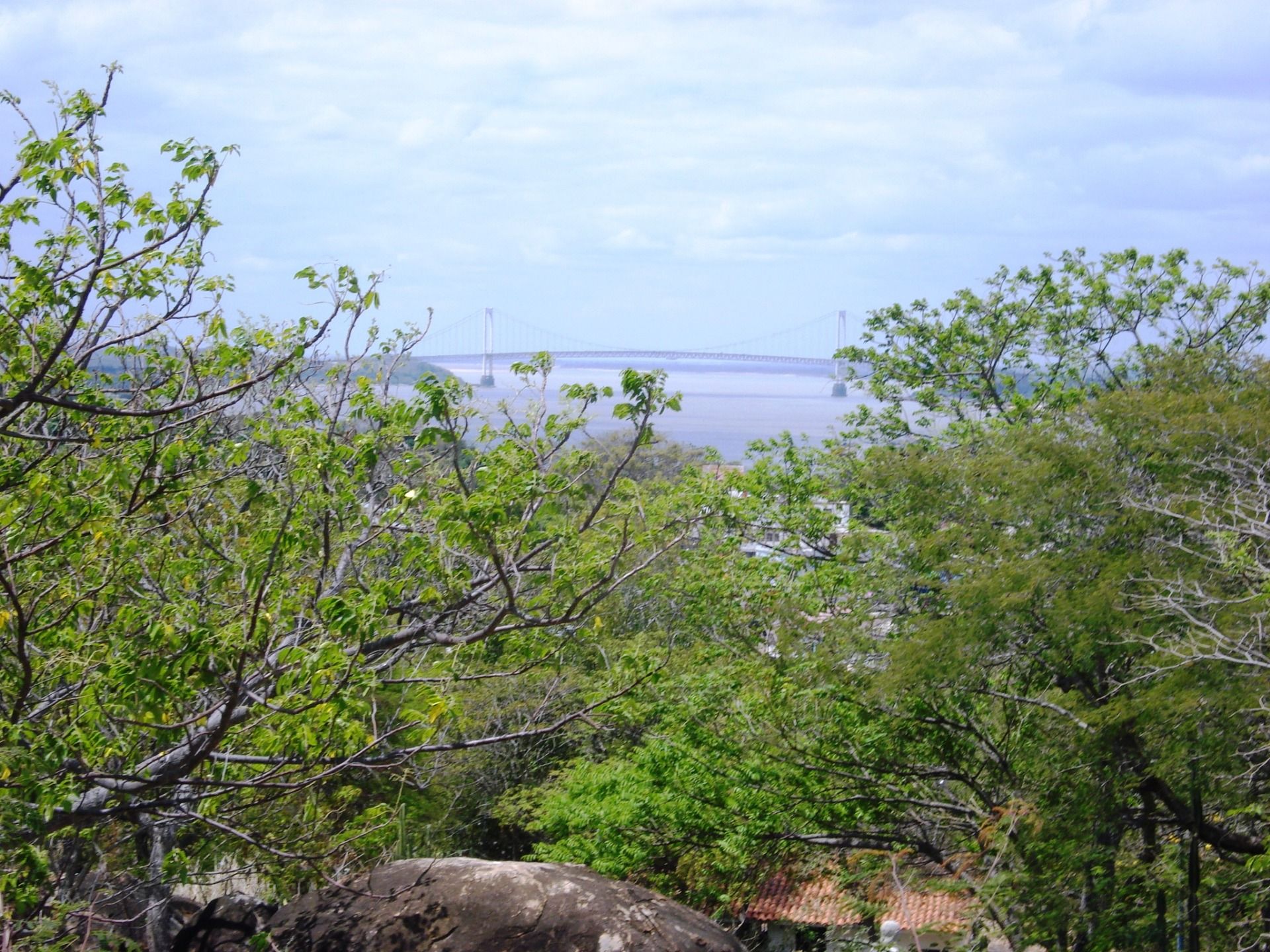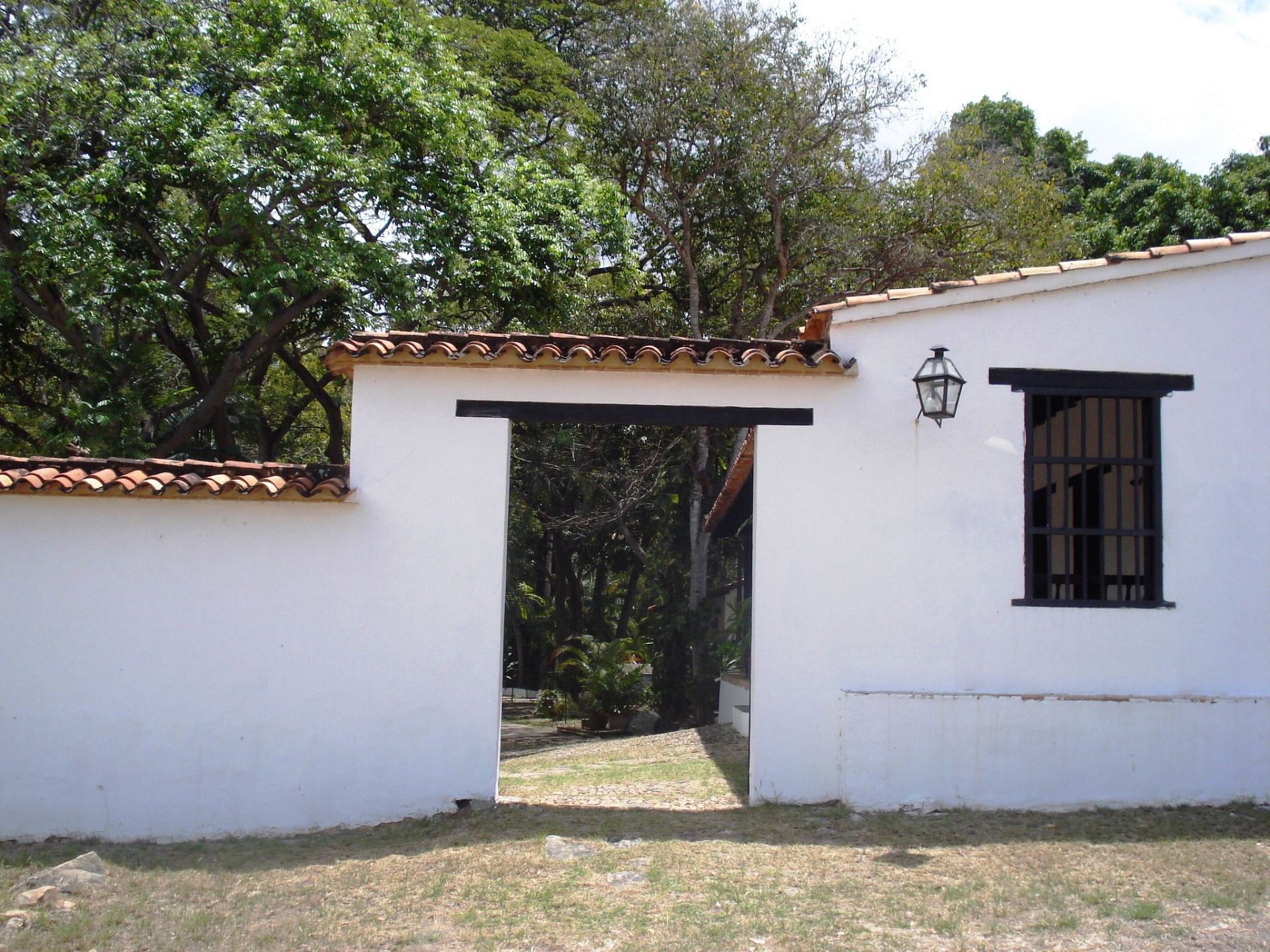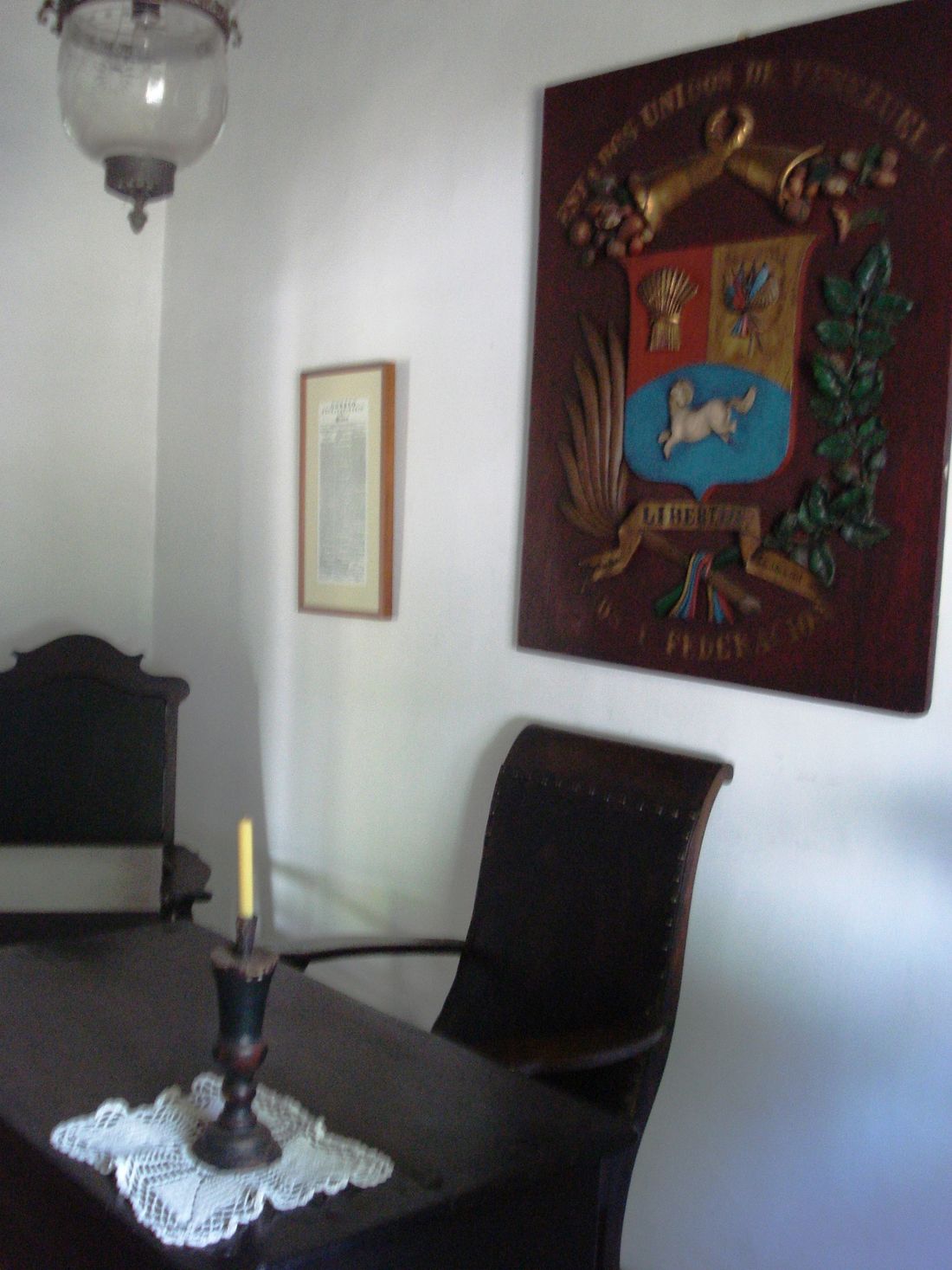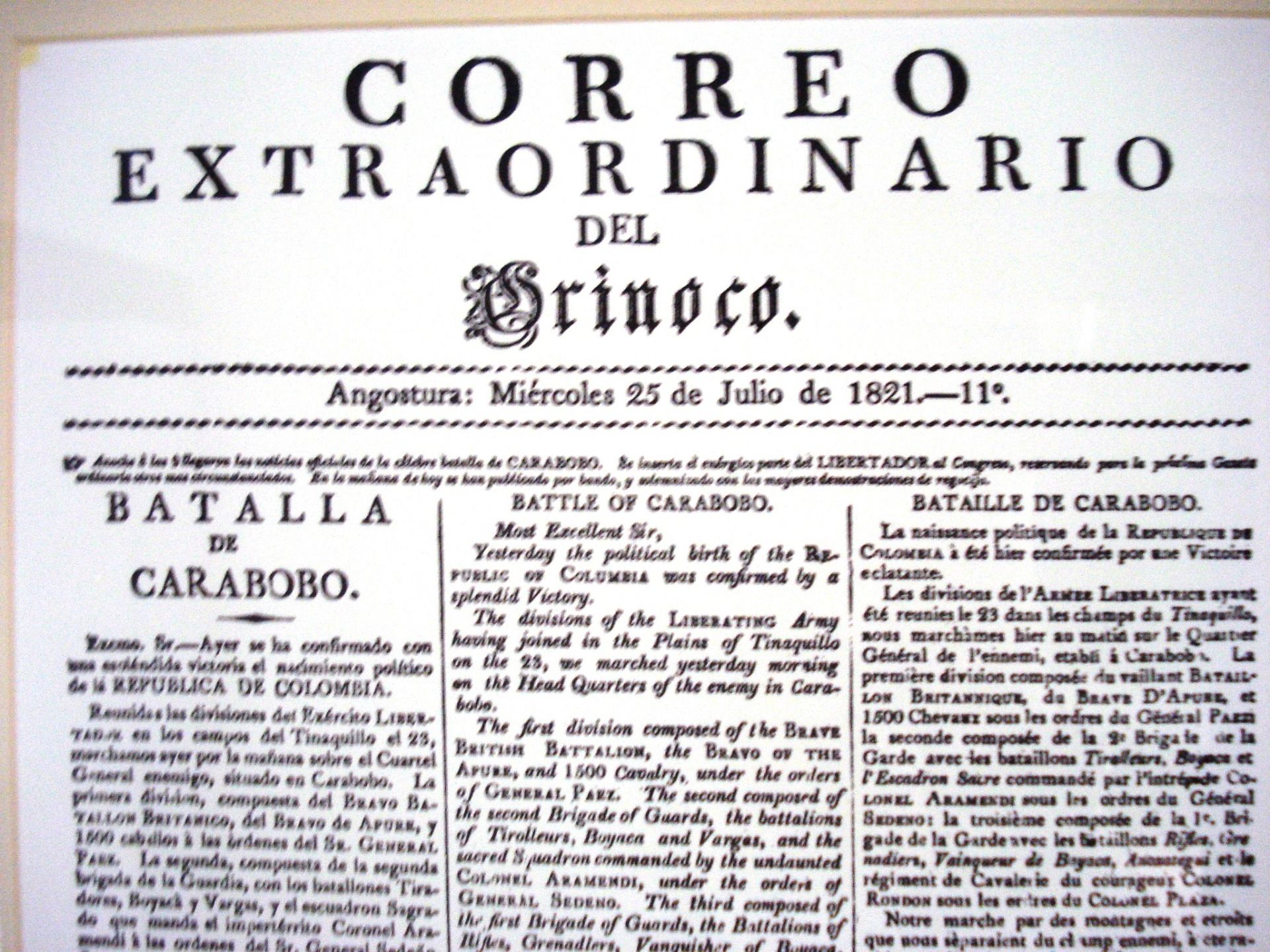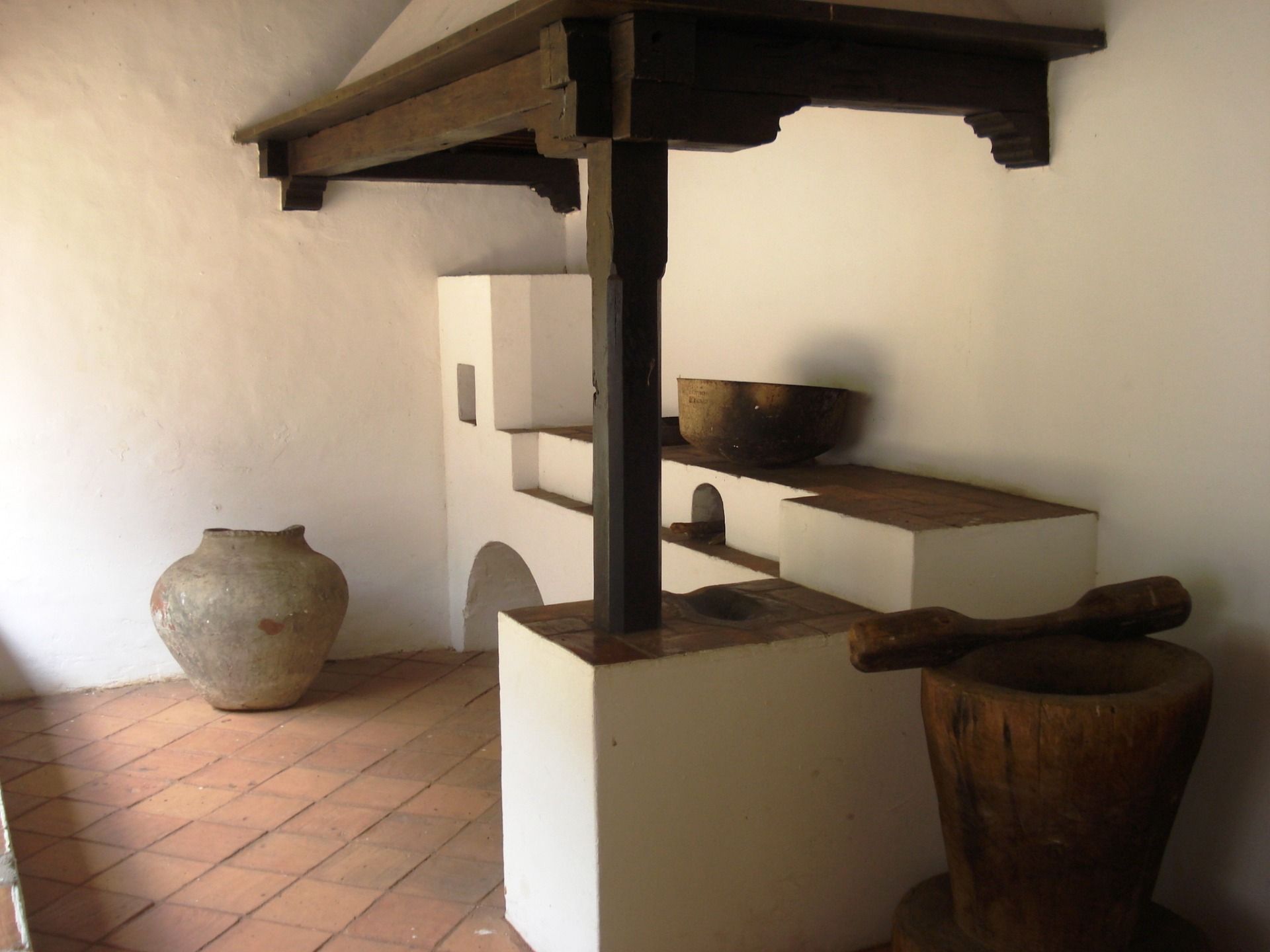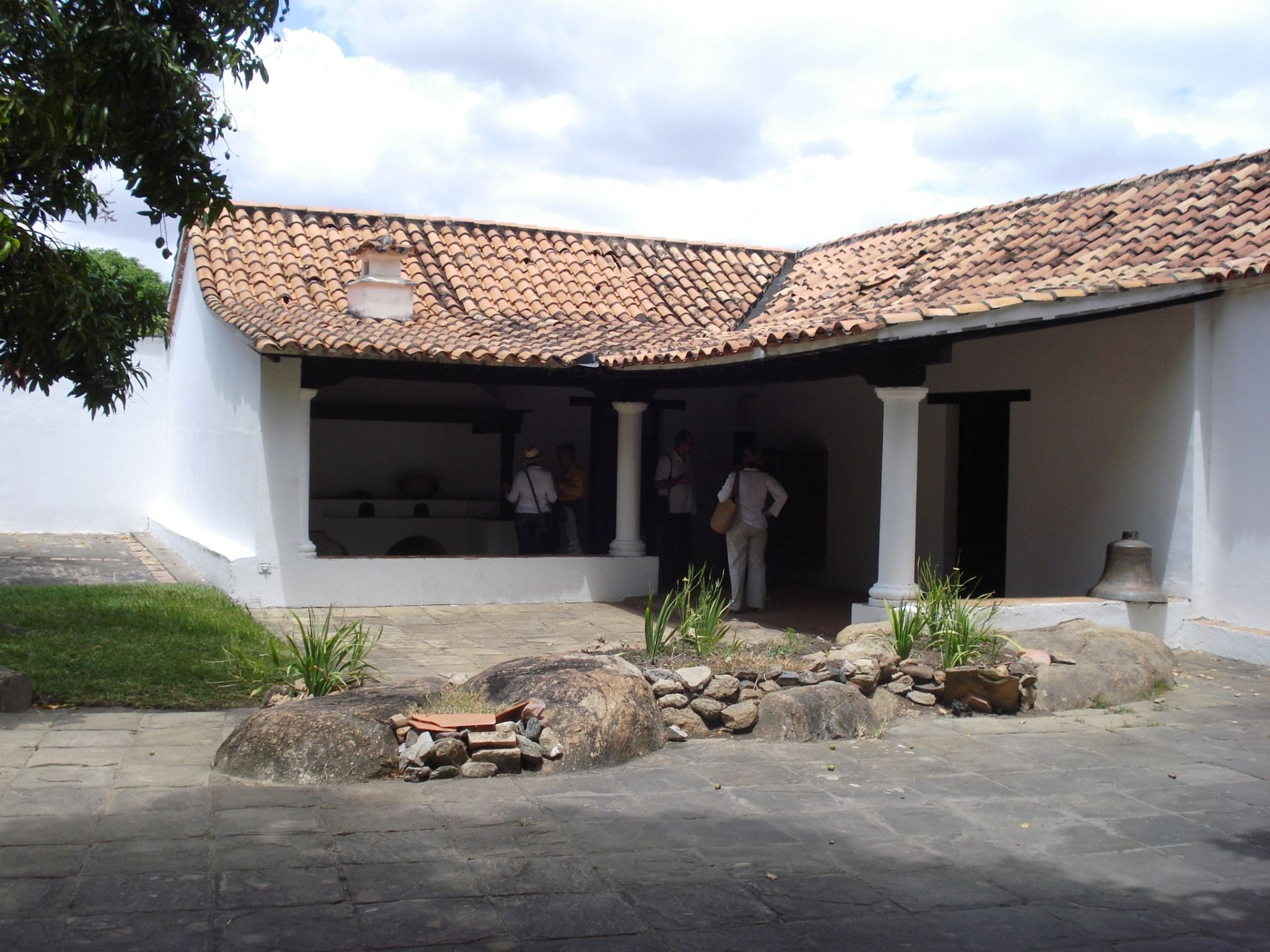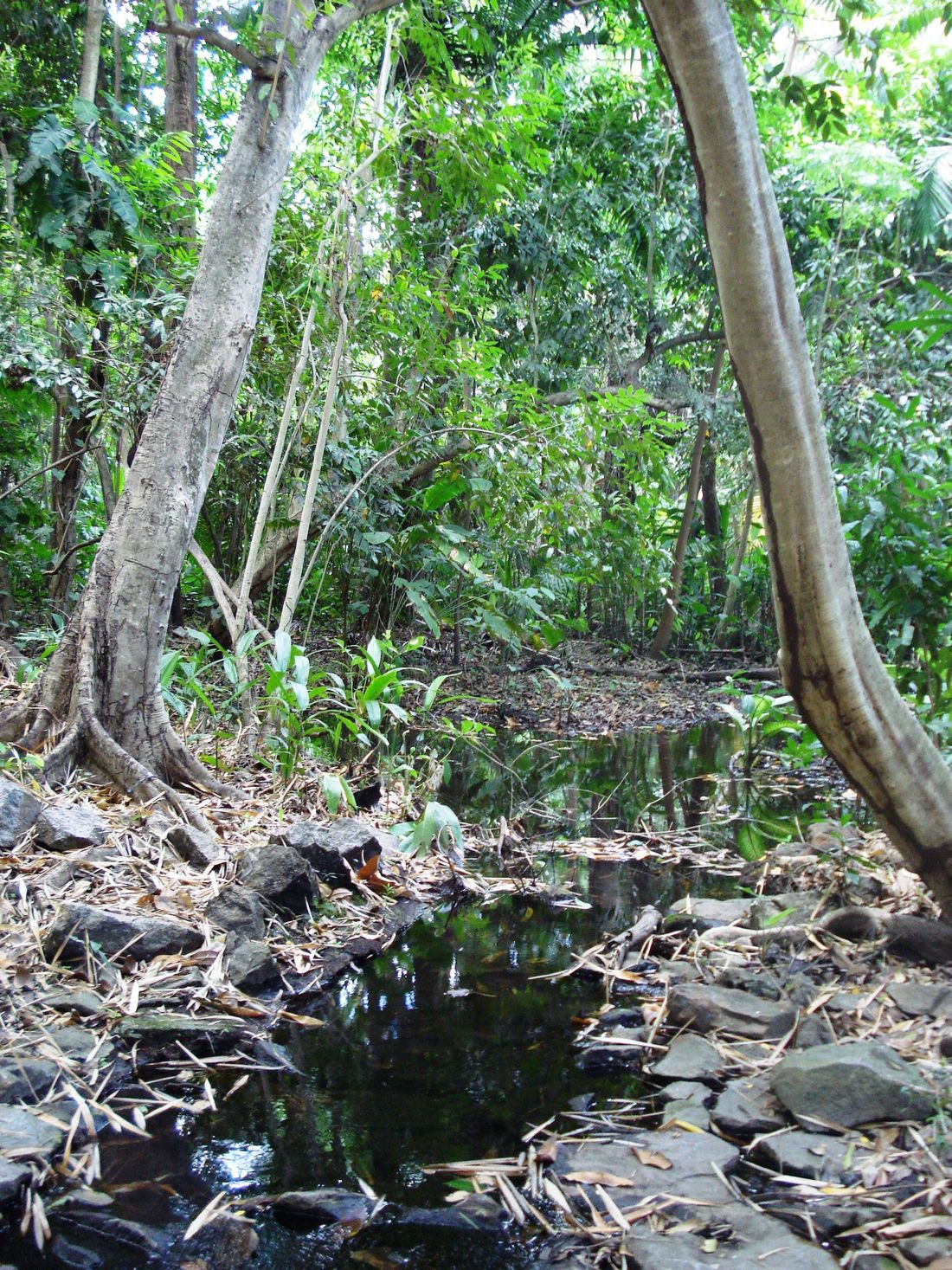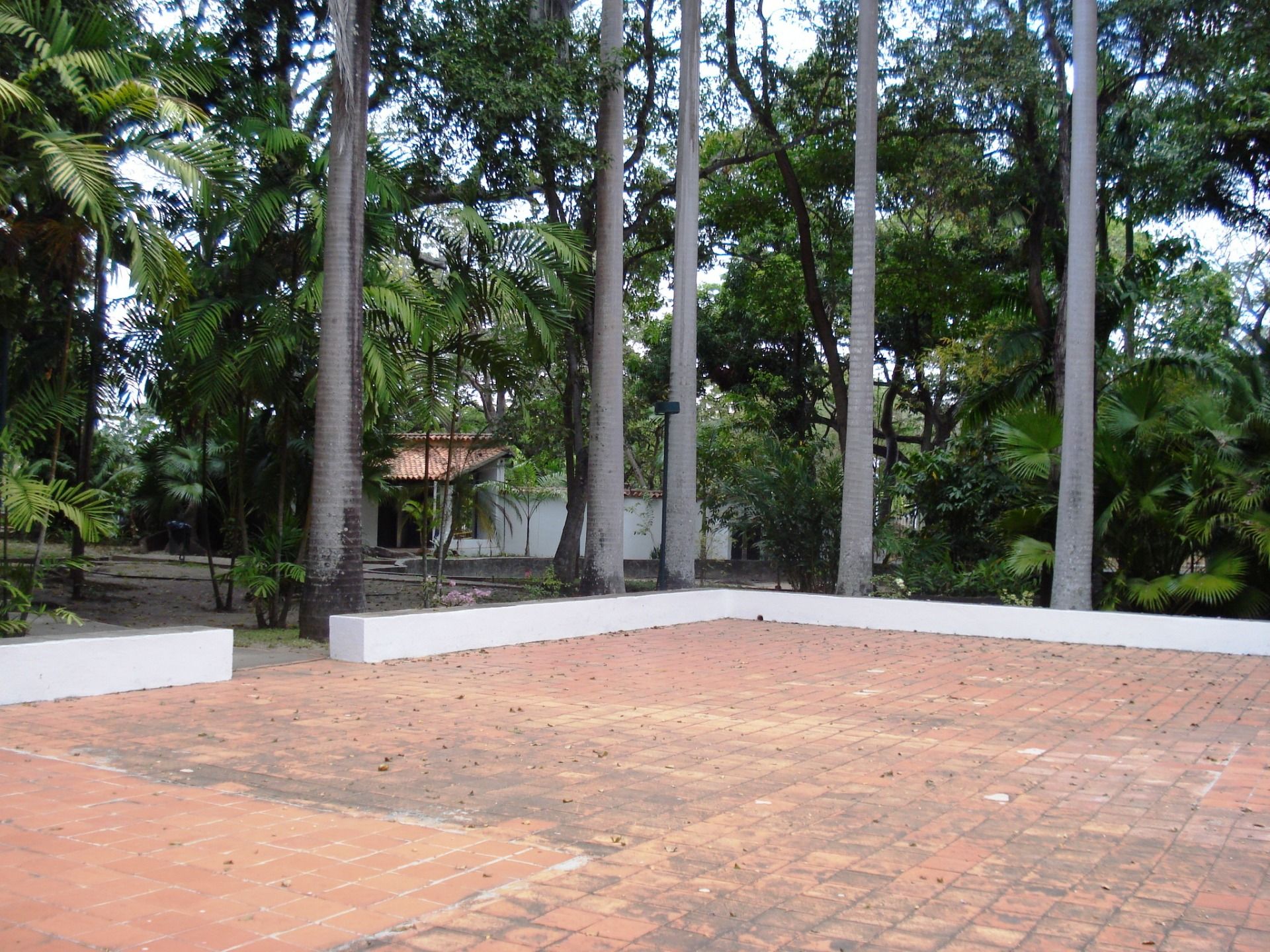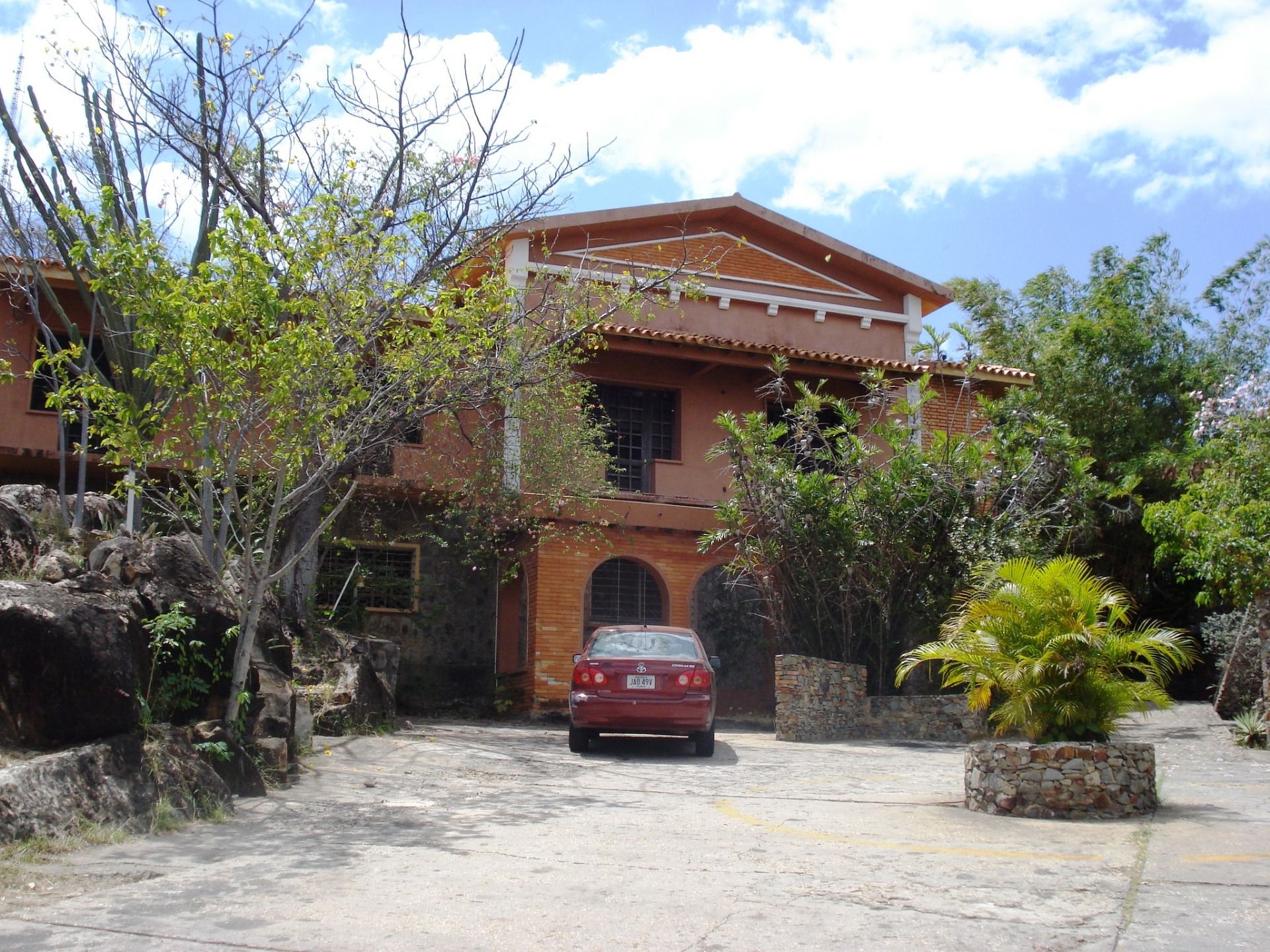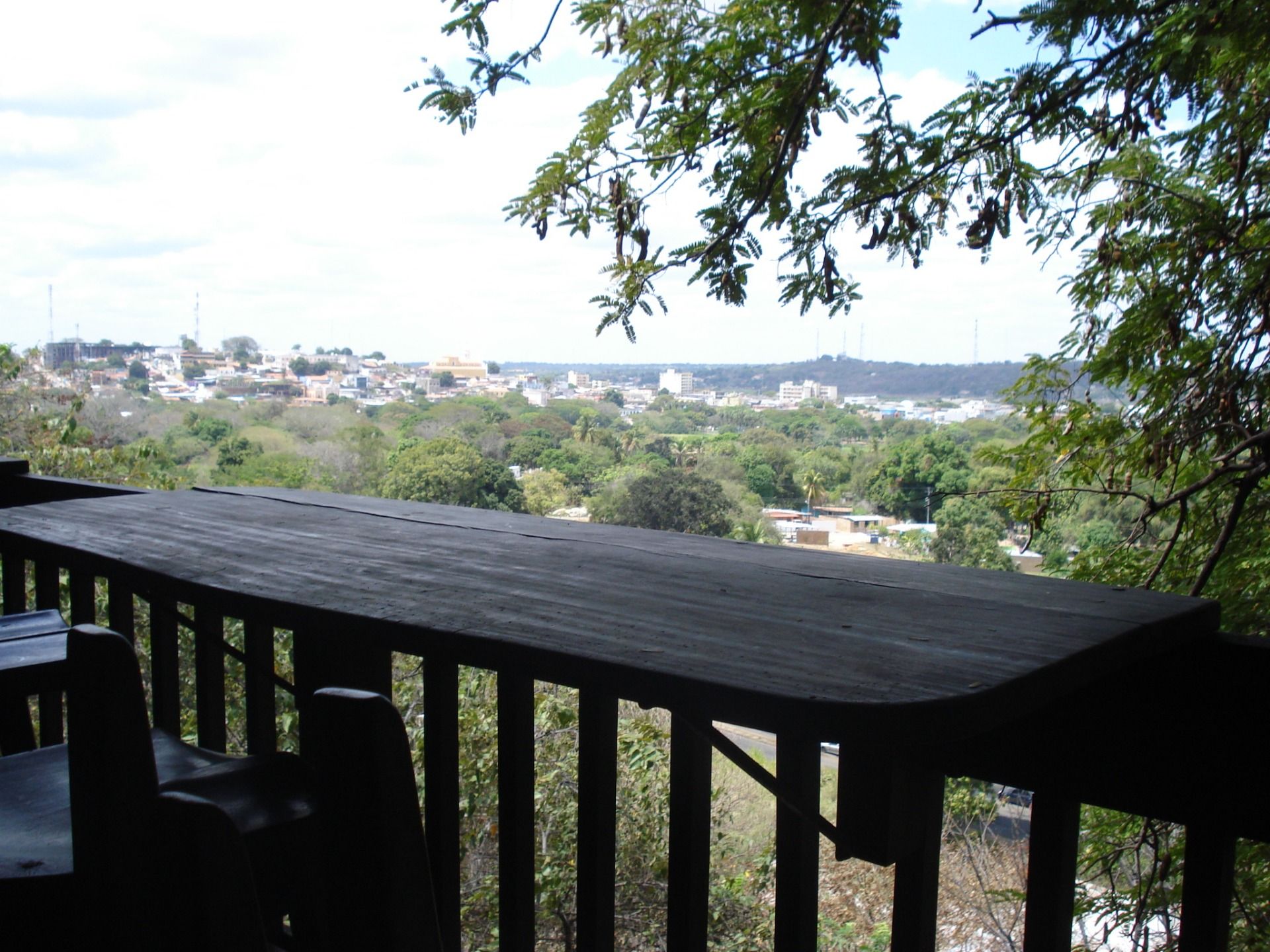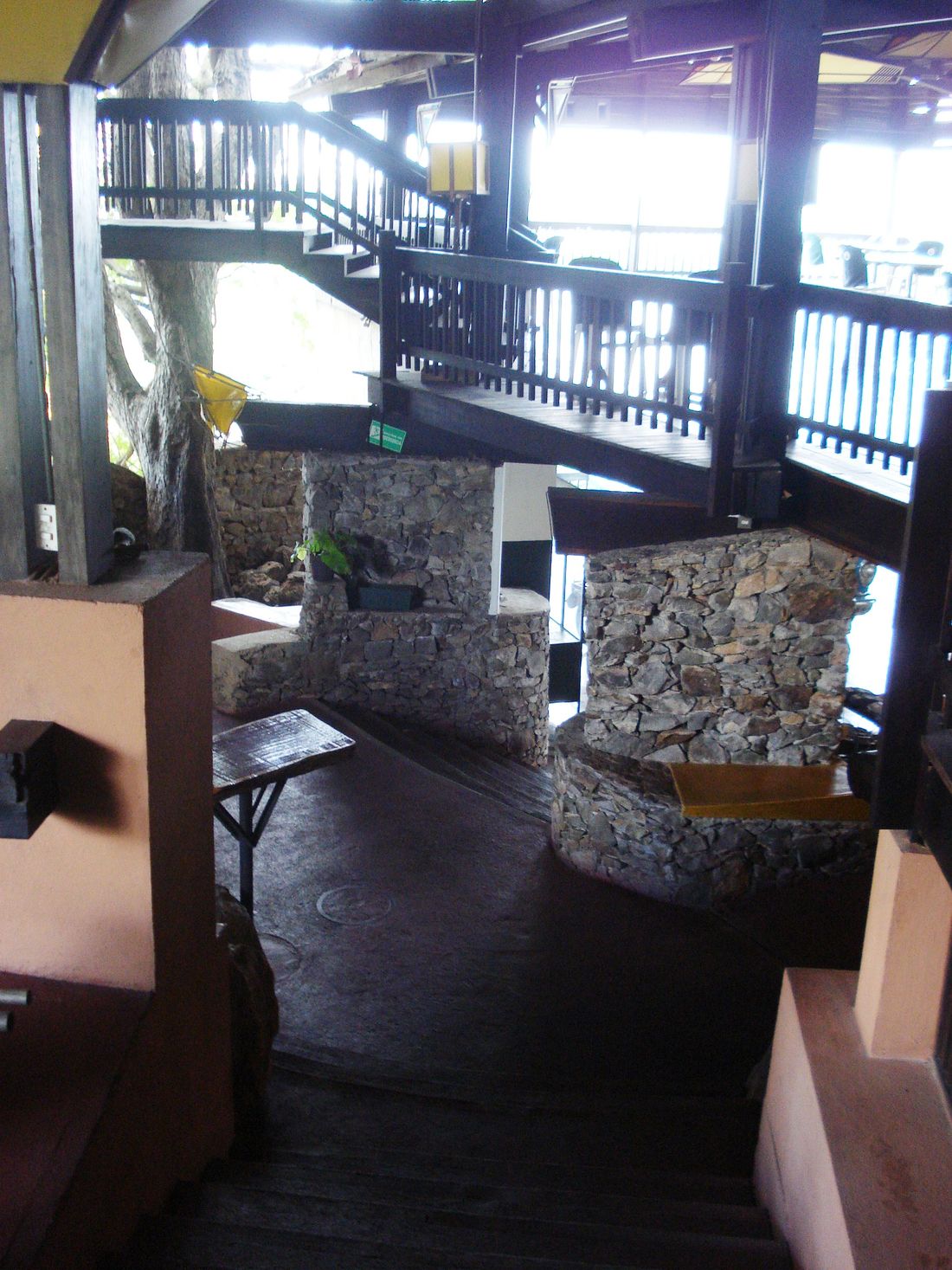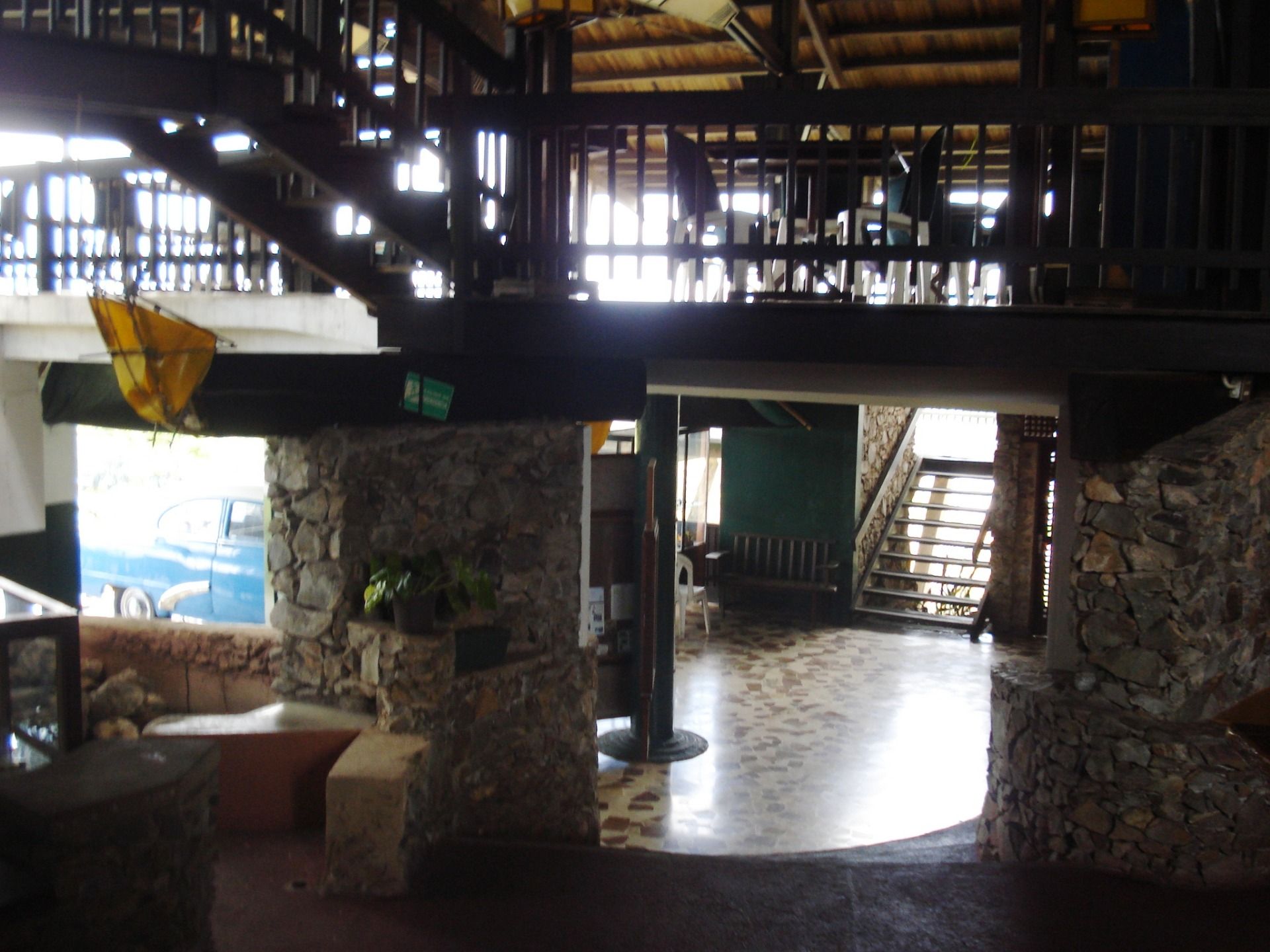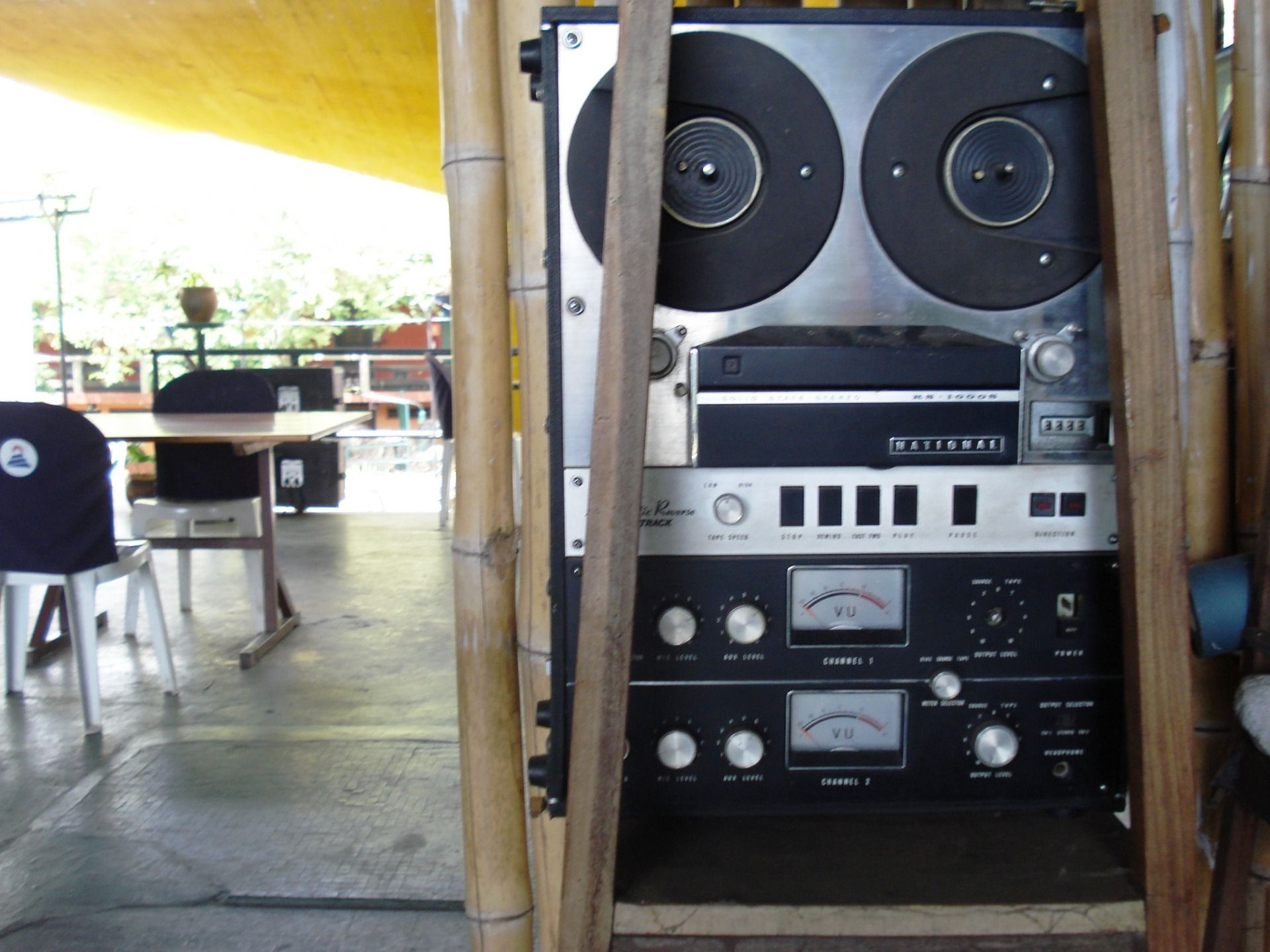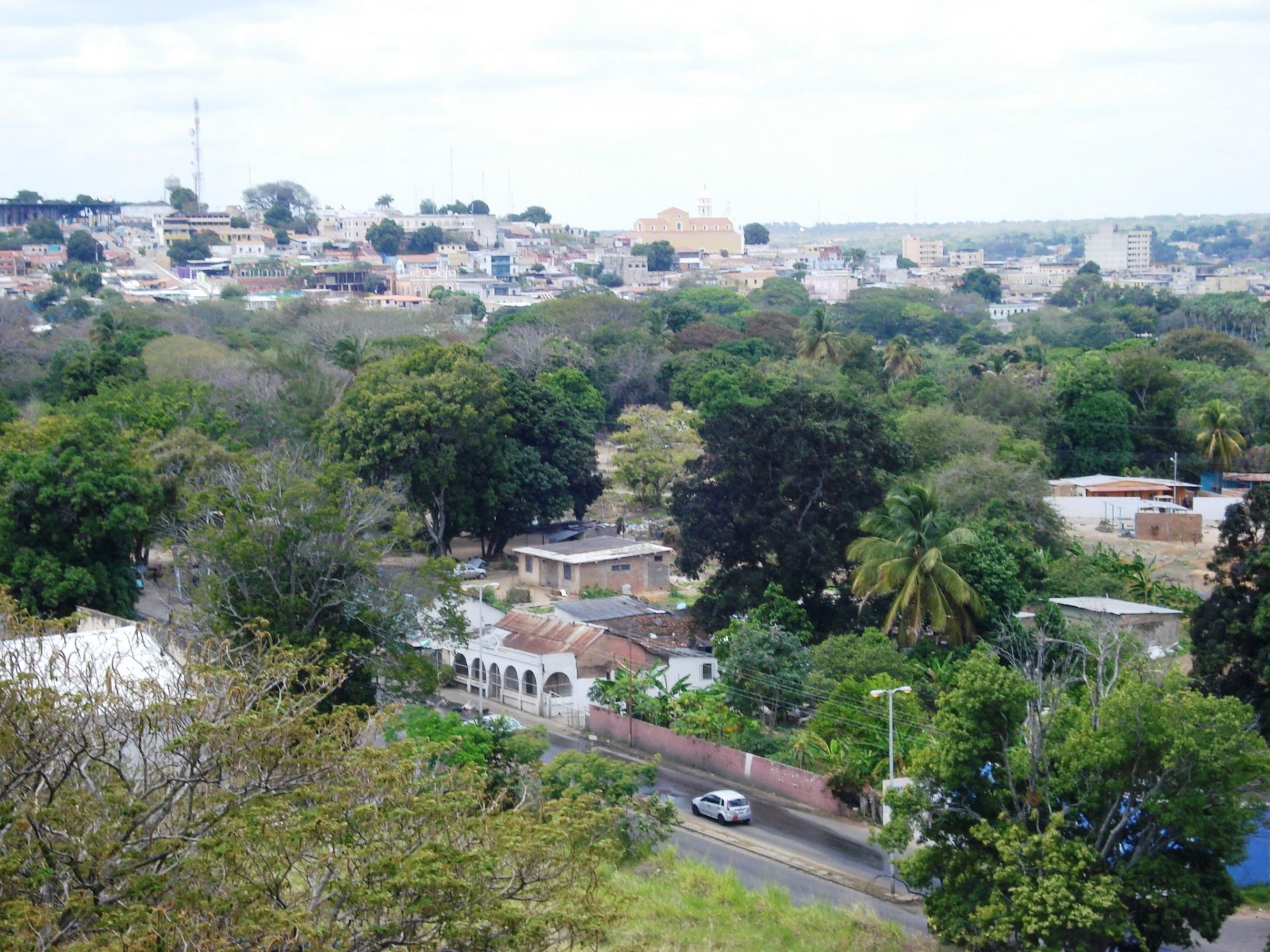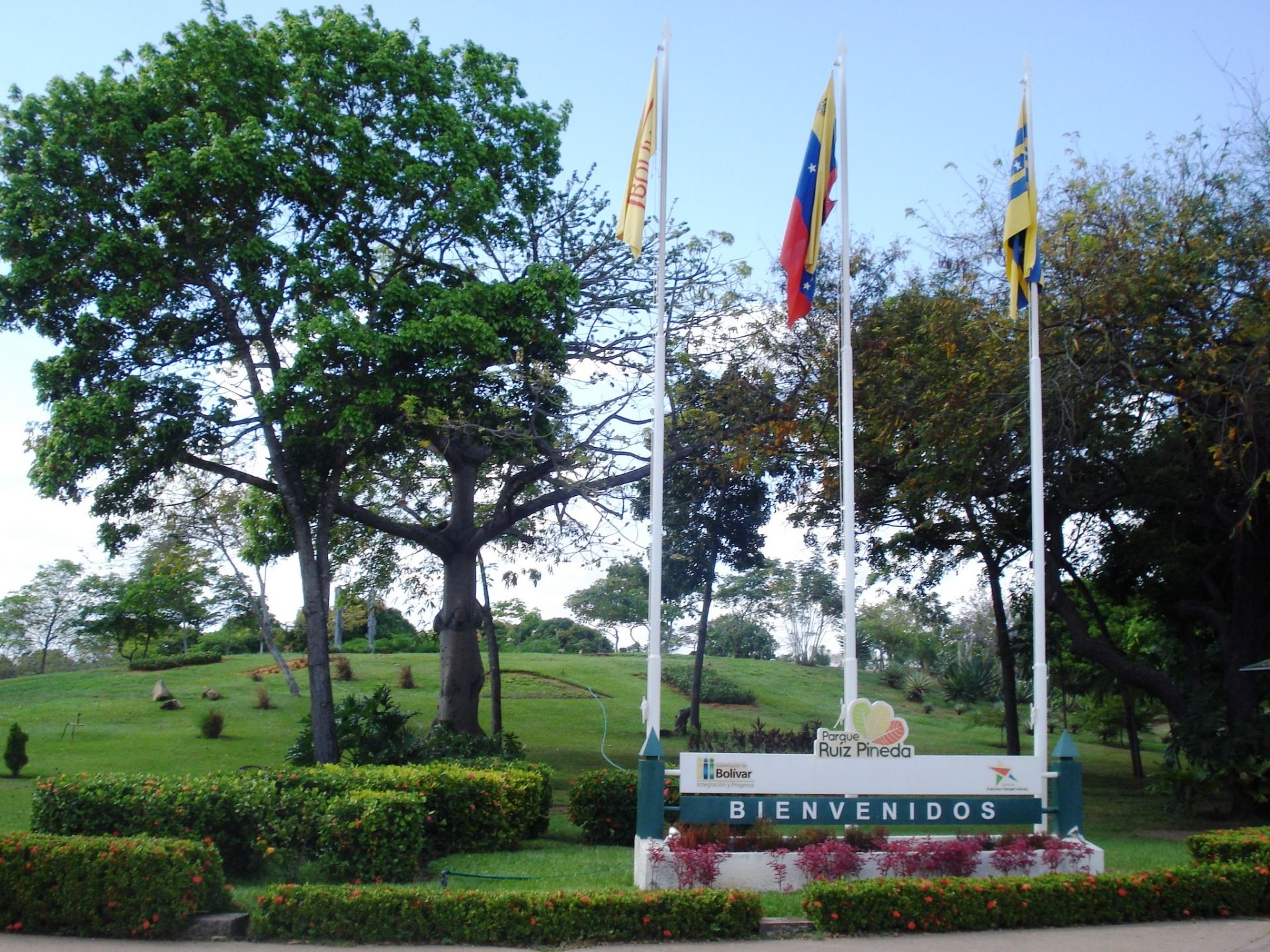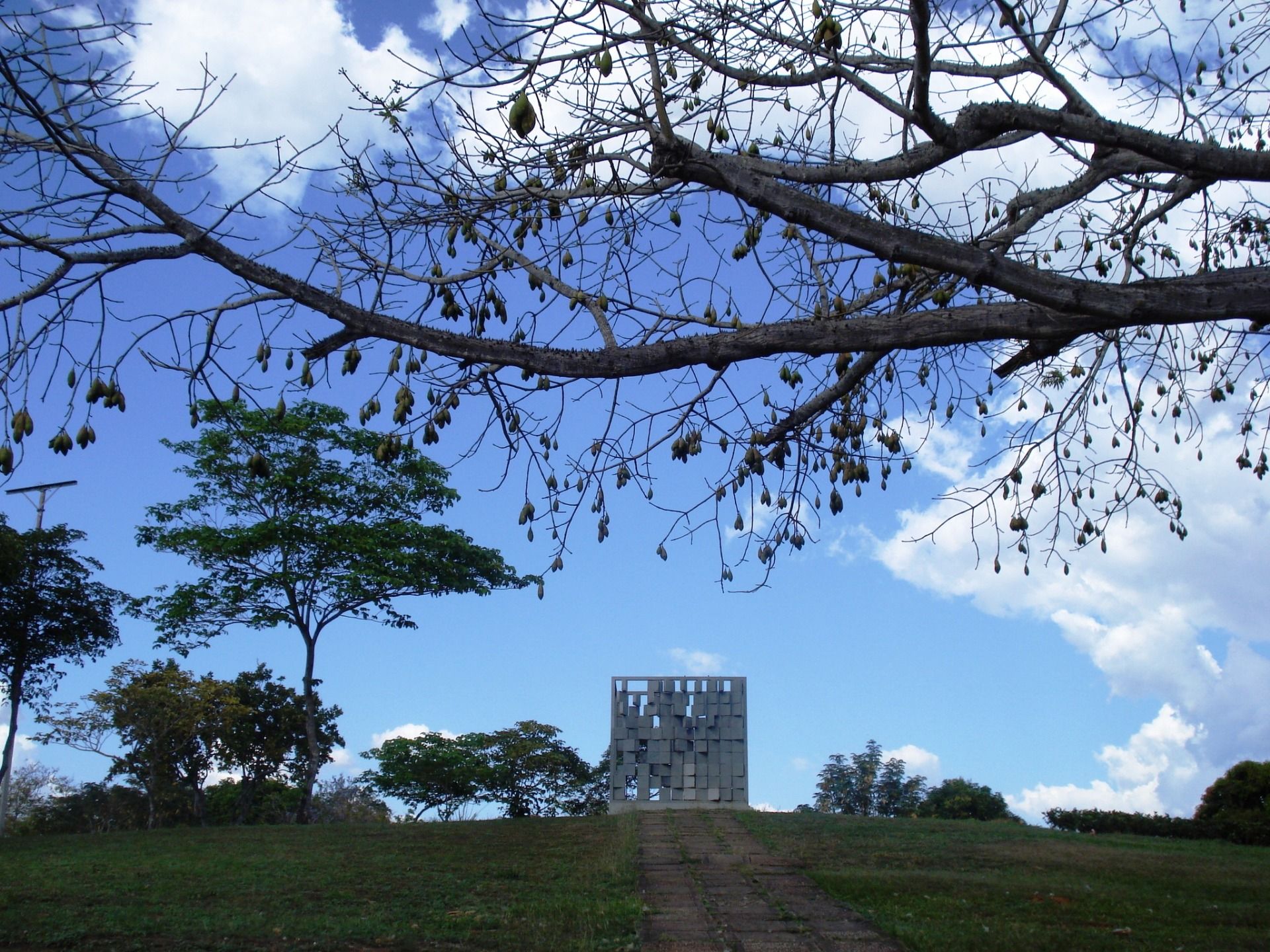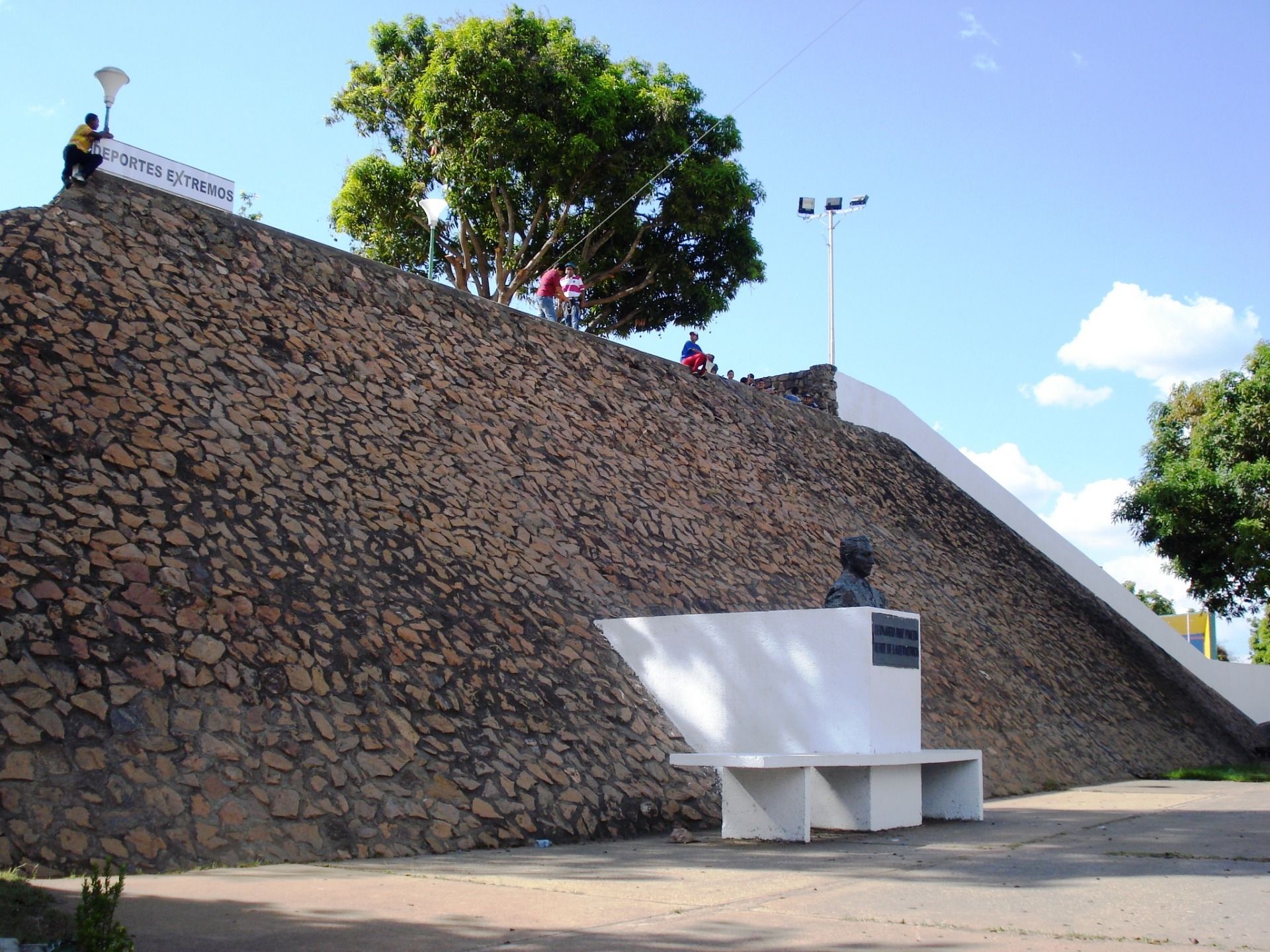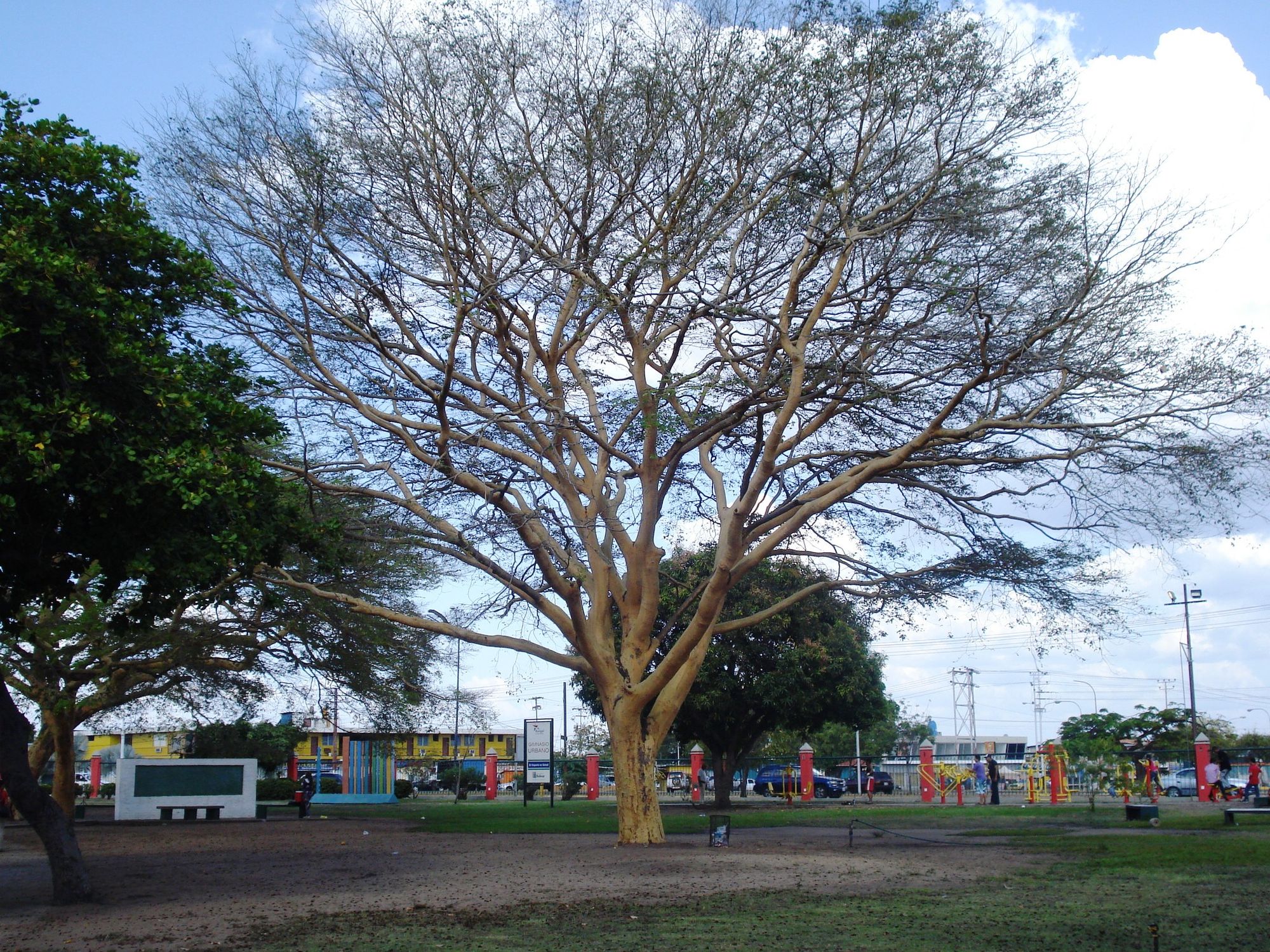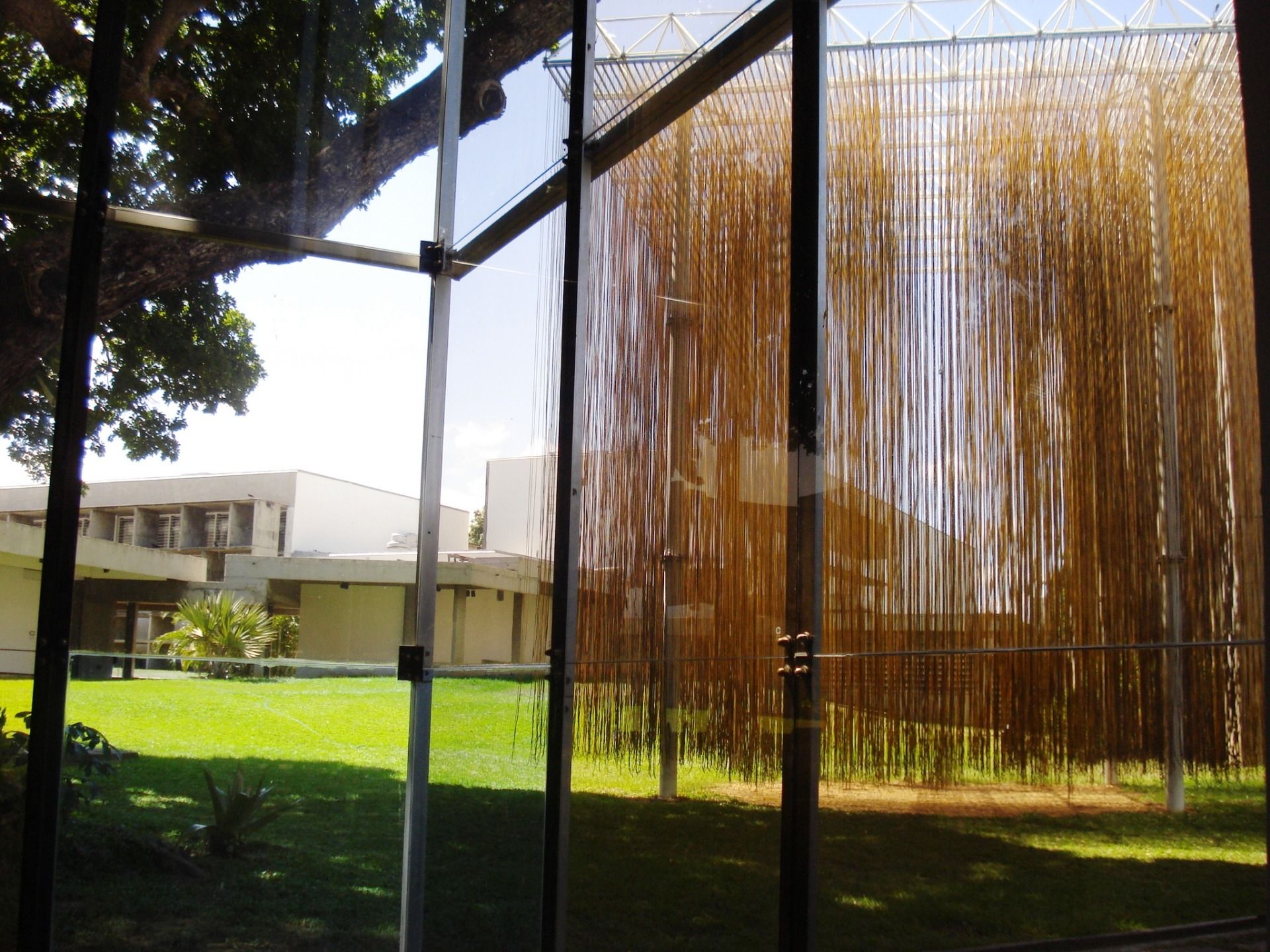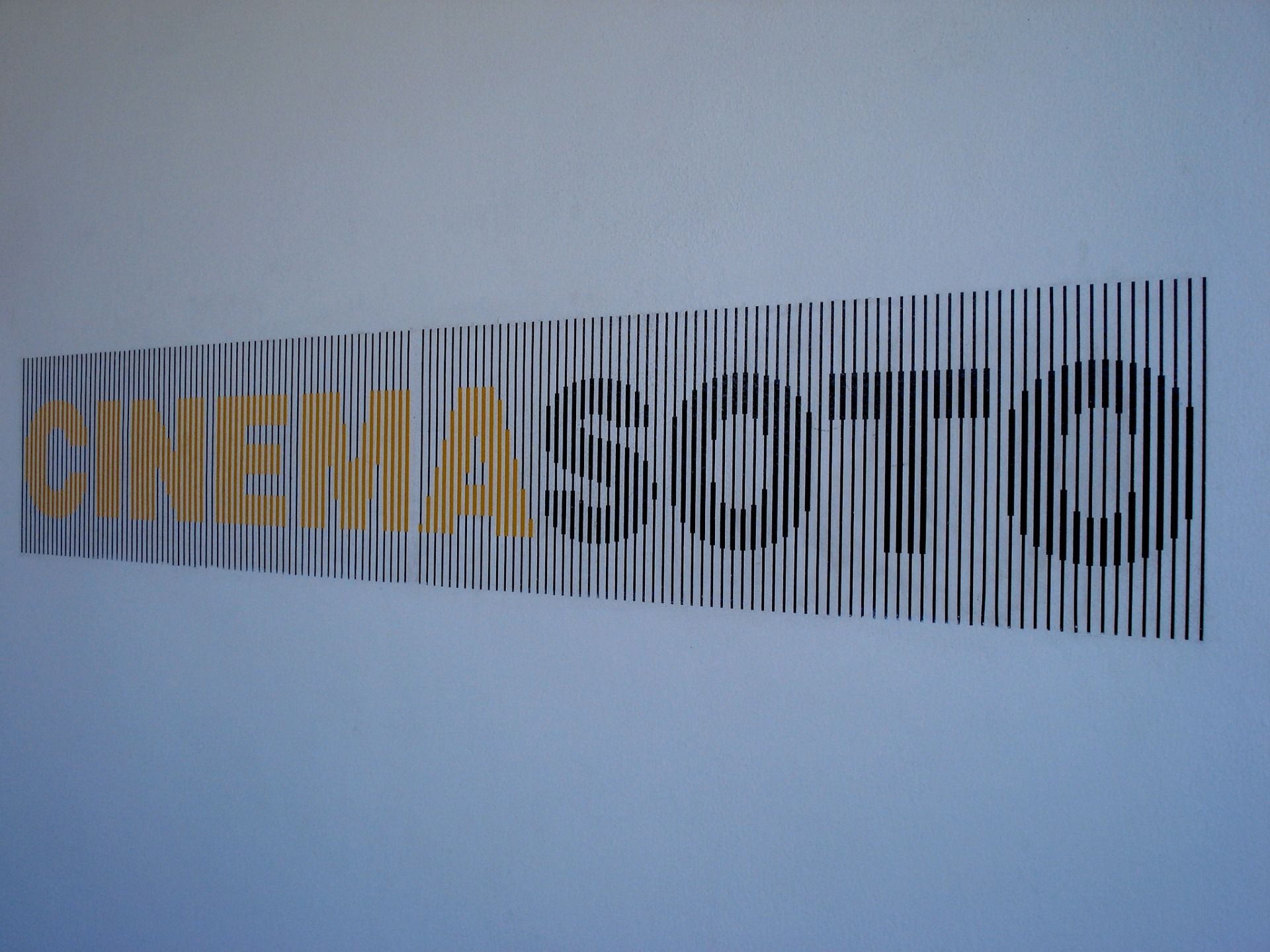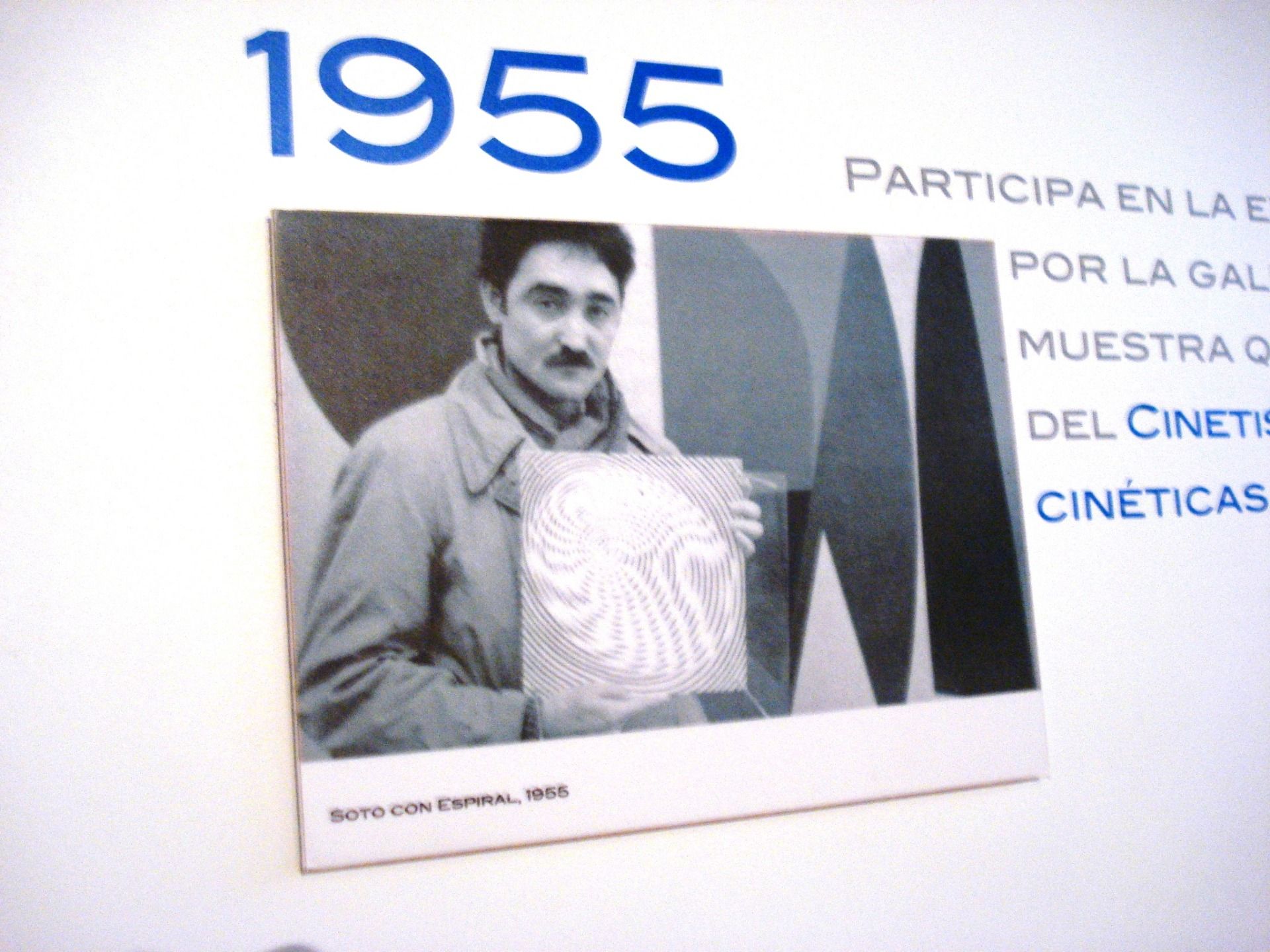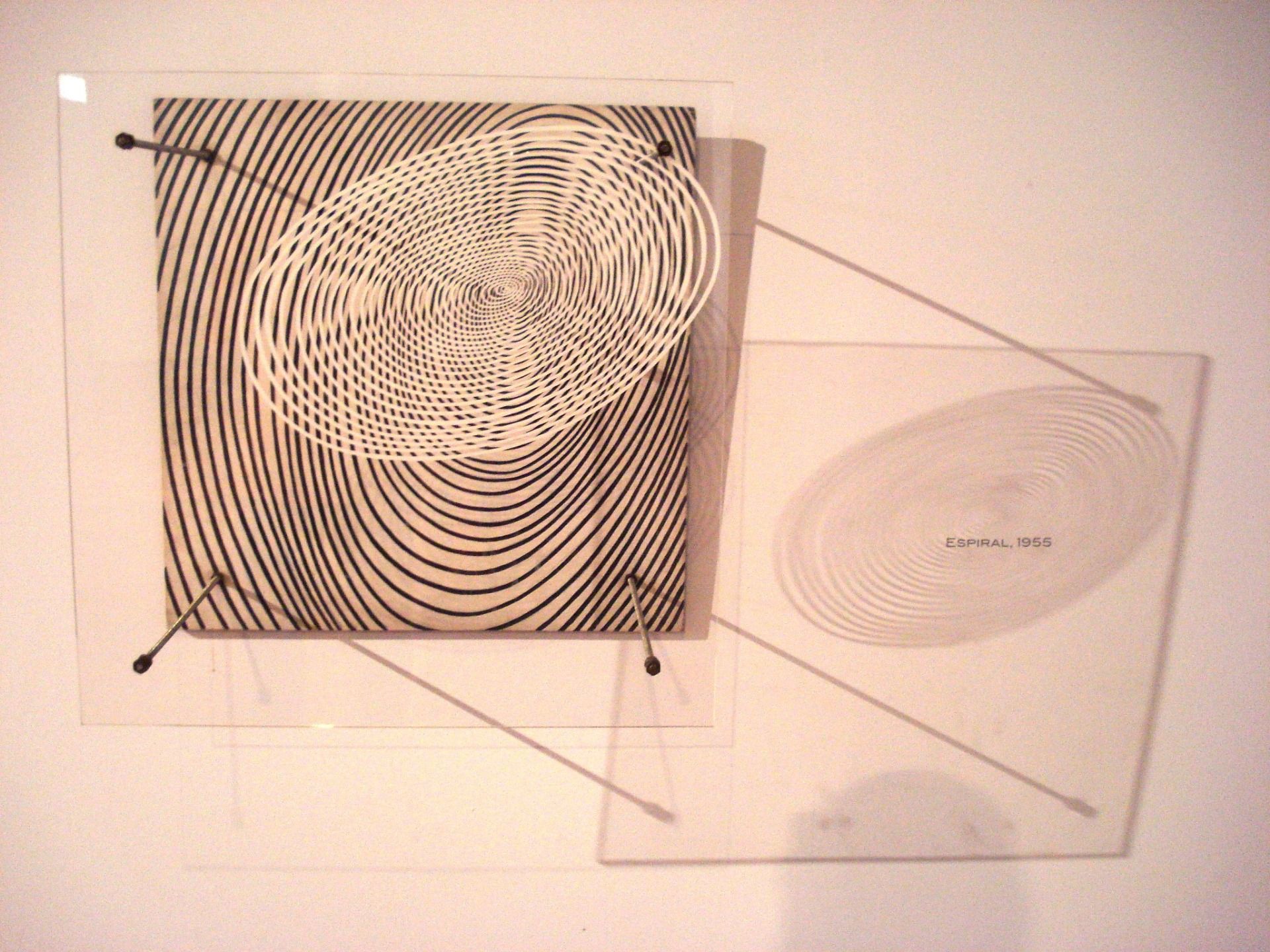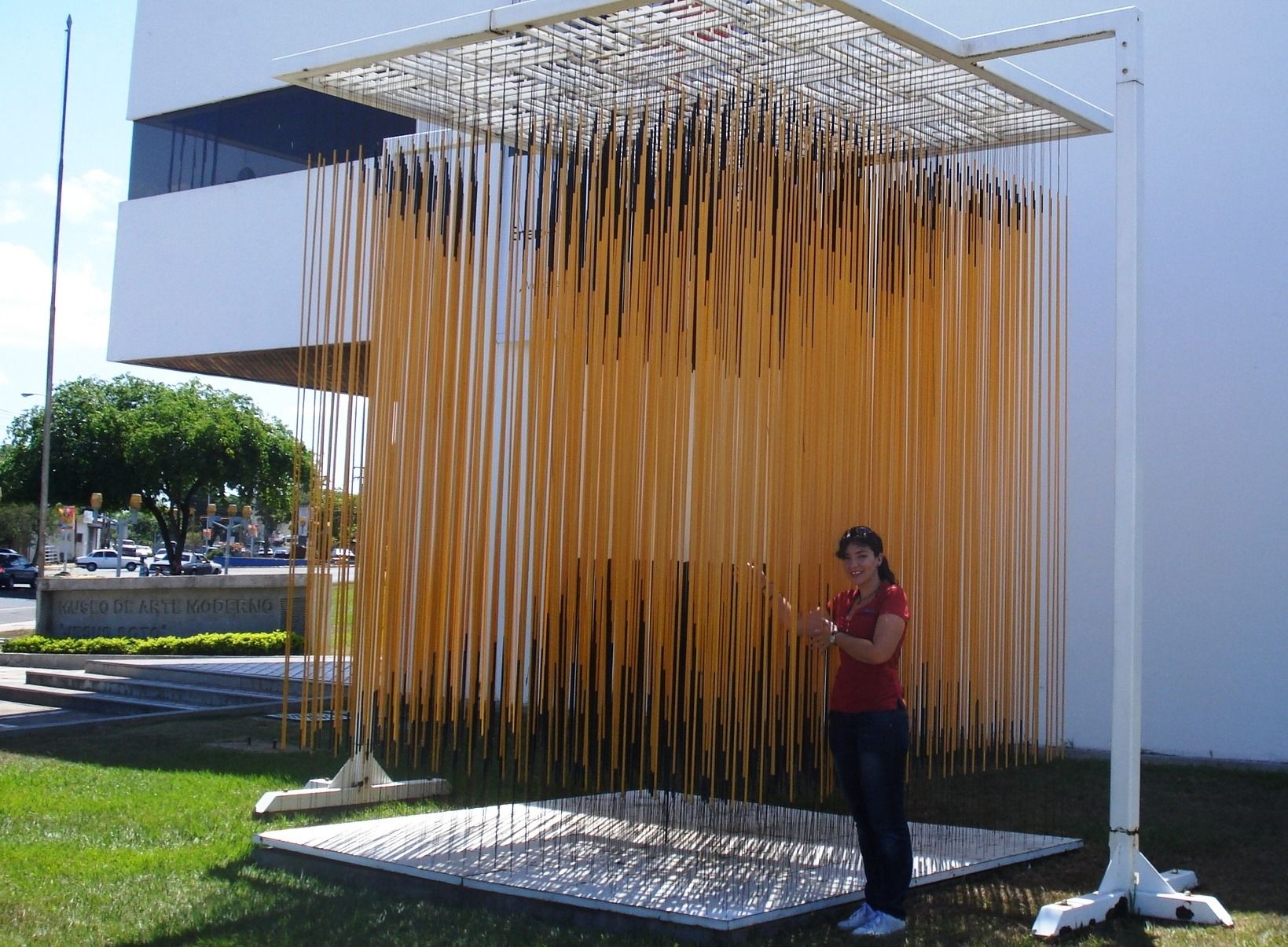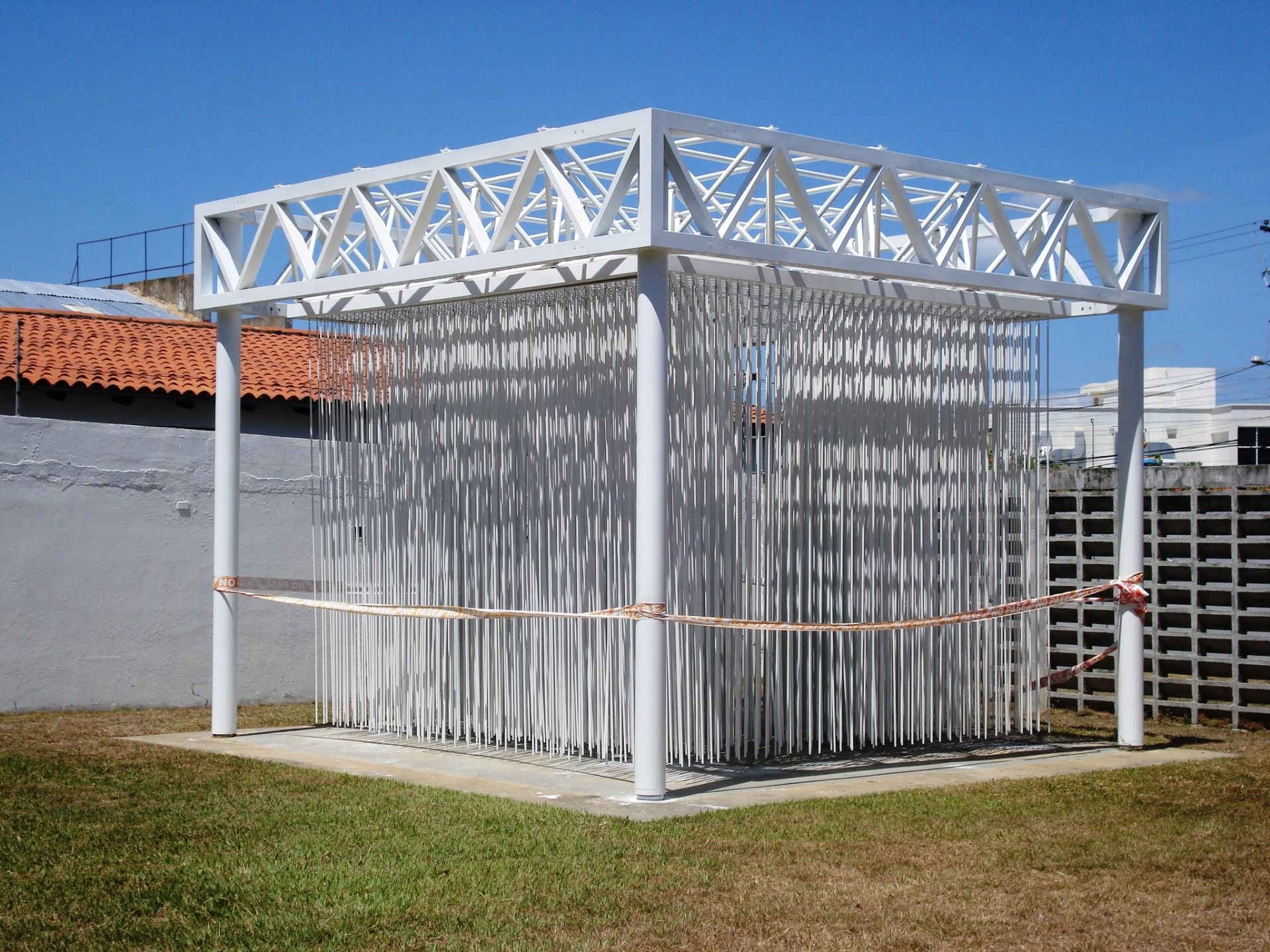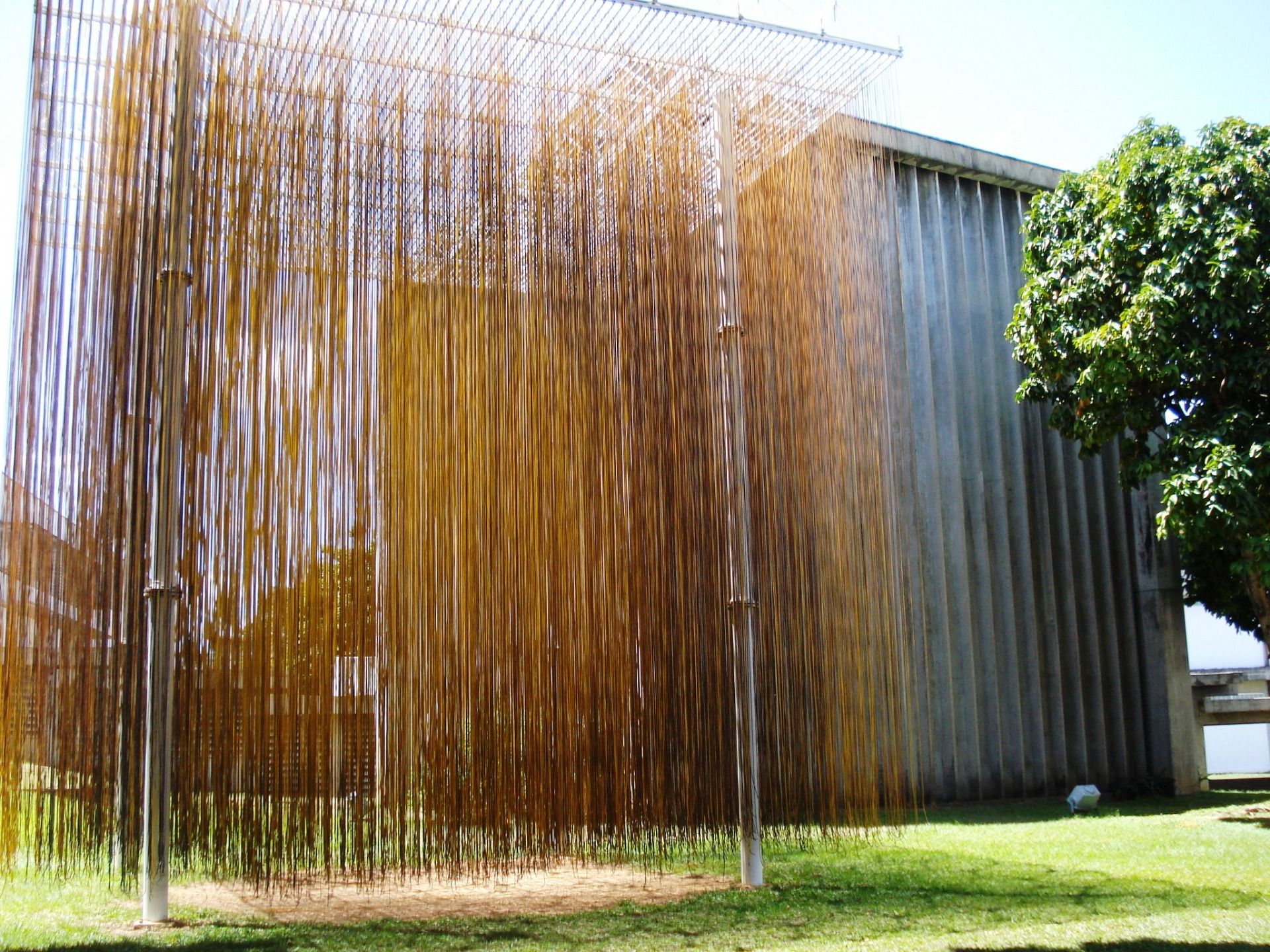Although I knew of its importance within the history of Venezuela, I didn't have much idea of what Ciudad Bolívar (Bolivar City) was like physically. My uncle, who lived there, had told me that the Orinoco river was very close to his house and that almost every afternoon he was going to walk nearby. This is the largest river in the country, so it was hard for me to imagine what that city + Orinoco combination looked like.
I decided to go visit my uncle and take advantage of him as a tour guide hehehe. There I found the mix of landscapes offered by this beautiful city, capital of the Bolívar state, the largest in Venezuela with 242,801 km², whose name honors the country's greatest independence hero, the Liberator Simón Bolívar.
The first thing we went to visit was the Paseo Orinoco (Orinoco Promenade), we walked down a few blocks from the house where my uncle lived in the center, and there was the meeting of the city and the waters.
This promenade runs parallel to the river on a 1.5 km route, has two tracks for cars and wide sidewalks for pedestrians, in addition to large trees, gardens and benches. It's very nice and quite crowded, in front of it on the south side there are many shops, places to eat and historical sites, while to the north it's more to contemplate the landscape, the Angostura Bridge, the activity of the boatmen who carry and bring people and merchandise from the neighboring Anzoátegui state, people fishing, children and young people playing, etc.
Although it has existed since the 18th century and had different names, it was renovated and renamed as part of the complementary works of the first bridge that connected the Bolívar state with the north of the country in 1967, the Angostura Bridge. At that time, the track was expanded and the height of the promenade was raised from the shore to prevent flooding of the river from affecting the city as it had already happened several times.
The inhabitants of the city are aware of this thanks to a rock that is seen there, known as La Piedra del Medio (The Middle Stone), which the German explorer Alexander von Humboldt called the Orinocómetro (Orinocometer), for its usefulness in measuring the water level.
It was hot, after eating an ice cream or two on the Orinoco Promenade, we walked up the street to see the historic center of Ciudad Bolívar, which is one of the largest and best preserved in Venezuela, in addition to having the particularity of having been built on rocks of the Imataca Complex, one of the oldest and most stable geological formations on the planet, over 3 billion years old. "There are no earthquakes here" said my uncle amusingly.
We arrive at what is known as the Historic Quadrilateral, surrounding the Bolívar Square are: the Cathedral of Santo Tomás, the Government Palace, the House of the Congress of Angostura, the House of the Governors, the Prison-House Piar, among others.
Before its remodeling in 1869, Bolívar Square was the Plaza Mayor (Main Square). It was the first Bolívar Square in Venezuela and also the first to have a pedestrian statue of the Liberator, that caught my attention because in all the Bolívar squares that I had visited in the country, he is on a horse.
Another of the beautiful works that this square has are the five female figures that surround the statue of Bolívar, they represent the countries that he liberated from the Spanish: Venezuela, Colombia, Ecuador, Bolivia and Peru.
Before being named Ciudad Bolívar in 1846 in honor of the Liberator, this city founded in 1764 was known as Angostura (which means narrowness), as it was located in the narrowest part of the Orinoco River.
Its lands were the scene of several battles for independence and it was one of the first places in Venezuela to break free from Spanish rule.
In 1818 the city, still called Angostura, was named by Simón Bolívar as the provisional capital of the Republic and it was there that on February 15, 1819 he delivered the famous "Angostura Speech", in which he laid the foundations for the Revolution of Independence, decreed the creation of Gran Colombia (union of Nueva Granada -today Colombia-, Panama, Venezuela and Ecuador), opened the debate for the new Constitution and how the new Republic should be, sovereign and inclusive.
We continue the tour of the historical buildings around the Bolívar Square and enter the Prison-House Piar, where he was detained and later shot for "crimes against his country, conspiracy and desertion", General Manuel Piar, hero of the independence of Venezuela, the Battle of San Félix (1817) and forerunner of the liberation of the Province of Guayana.
You can visit the room in which he was imprisoned and imagine what his execution was like, almost in front of this house, on a wall of the current Cathedral where there is a plaque that tells the story.
We continue walking through the narrow and picturesque streets of the old town and looking at its old buildings, most in very good condition, in fact, for several years Ciudad Bolívar aspires to be declared by Unesco as a World Heritage City.
We turned onto a street and a colorful building with a bridge included caught my attention, "it is the Mayor's Office and the Municipal Council," my uncle told me. Then I found out that they had previously been separate hospitals and were linked by that bridge to improve the care of the patients there.
I love architecture and Ciudad Bolívar has many interesting and mysterious buildings, a mix between colonial, Antillean and European architecture. The Orinoco River was always an important point of trade with the main ports of the world, from there a variety of merchandise was imported and exported and obviously ideas that influenced its appearance.
The next place we visited was the Fortín del Zamuro (Zamuro Fort), there we went in my uncle's car because it was a bit far from where we were and as it was quite hot he no longer wanted to walk hehehe.
This fortress was built in the late 19th century on the highest hill in the city and was very important in the last civil war that Venezuela experienced in the early 20th century, when a group financed by bankers tried to overthrow the government of the time, chaired by Cipriano Castro, with the intention that multinational corporations and a financial elite could take power in the country. They surrendered after a bloody fight, the Battle of Ciudad Bolívar (1903).
From here there are magnificent views of both the historic city center and the Orinoco River.
Our tour continued towards the Casa San Isidro, a beautiful hacienda (ranch) where Simón Bolívar was staying and the place where he wrote his famous "Angostura Speech" which I told you about earlier.
It is currently a museum, where many pieces and furniture from the colonial period are exhibited in the different areas of the house and in its exteriors it has a huge patio with gardens, trees, a stream and the remains of a morichal.
Then my uncle took me to a restaurant to eat a typical dish from this region: the lau lau, a fish that lives in the Orinoco river, a catfish family and delicious! It's considered "the Creole salmon", a pity that I didn't take a photo of it ...
Another place we visited was the Hotel La Cumbre (The Top), built on one of the three heights that Ciudad Bolívar has, La Esperanza hill, from where there are incredible views of the river and the old town.
This hotel opened in 1964, is the work of the renowned Venezuelan architect Fruto Vivas, whom I had the opportunity to meet and interview once, he is 92 years old. I was fascinated by his works, characterized by having open, fresh spaces, where nature is always included. In this way this hotel is also designed.
The atmosphere is very welcoming, perhaps due to the materials used for its construction, such as stone, wood, terracotta, masonry, tiles and also a lot of vegetation.
In its spaces it has several old objects and other curious ones. I really liked the terrace, for the panoramic view it offers.
At the end of the afternoon my uncle took me to visit the Leonardo Ruiz Pineda Park, a highly visited 16-hectare urban space, where people go to exercise, relax and entertain, it has paths, many green areas, courts, playground and an amphitheater for cultural events.
The next day I met the Jesús Soto Museum of Modern Art, located between the old and new part of the city, a beautiful structure designed by another prominent Venezuelan architect: Carlos Raúl Villanueva and opened in 1973.
Jesús Soto, born in Ciudad Bolívar in 1923, is one of the greatest exponents of kinetic art worldwide and with this space he saw his desire to provide a modern cultural site to his homeland fulfilled. He died in Paris in 2005.
Here many of his pieces are exhibited in addition to some 700 works by national and international artists of the 20th century and different activities are carried out apart from the exhibitions such as: workshops, forums, film functions, among others.
Kinetic art is an artistic trend based on creating works, be they paintings or sculptures, with movement or that seem to move, with the idea of producing an optical illusion for the viewer.
Ready to Blog & Earn?
With TravelFeed, easily start your own travel blog and earn as you go. It's the smart platform for travelers who want to profit from their passion. Create a free account
In the gardens of this building are some of Soto's famous "penetrables", some sculptures created so that people can enter them and experience different sensations.
Don't Forget: Get Travel Health Insurance!
To make your trip a worry-free experience, TravelFeed recommends SafetyWing Nomad Insurance. It provides comprehensive health coverage while you travel, so you can focus on exploring, not the unexpected. Get a quote here
End of this tour through the beautiful and diverse Ciudad Bolívar, I hope you have enjoyed it and are encouraged to know it, there are many more places to visit here, I will definitely return ...
Travel Resources for your trip to Venezuela
Recommended by TravelFeed
Flights: We recommend checking Kiwi.com to find the best and cheapest flights to Venezuela.
Accomodation: Explore the best places to stay in Venezuela on Booking.com, Agoda and Hostelworld.
Travel Insurance: Medical emergencies abroad can be pricey, but travel health insurance is not. We always use SafetyWing for affordable and reliable coverage.
Car Rental: For hassle-free car hiring, DiscoverCars is our trusted choice with a wide selection of vehicles.
Internet: Got an eSIM compatible phone? Airalo is perfect for reliable internet access during your trip. Just install it before you go, and you're set!
Day Trips & Tours: We recommend GetYourGuide for a variety of well-organized and enjoyable activities.
Travel Planner: Need a hand planning? Our free travel planner chatbot is your personal guide to Venezuela. Chat now.
Disclosure: Posts on TravelFeed may contain affiliate links. See affiliate disclosure.
